Account Options
- Skip to main content
- Skip to primary sidebar


Destinations
- Plan Your Trip
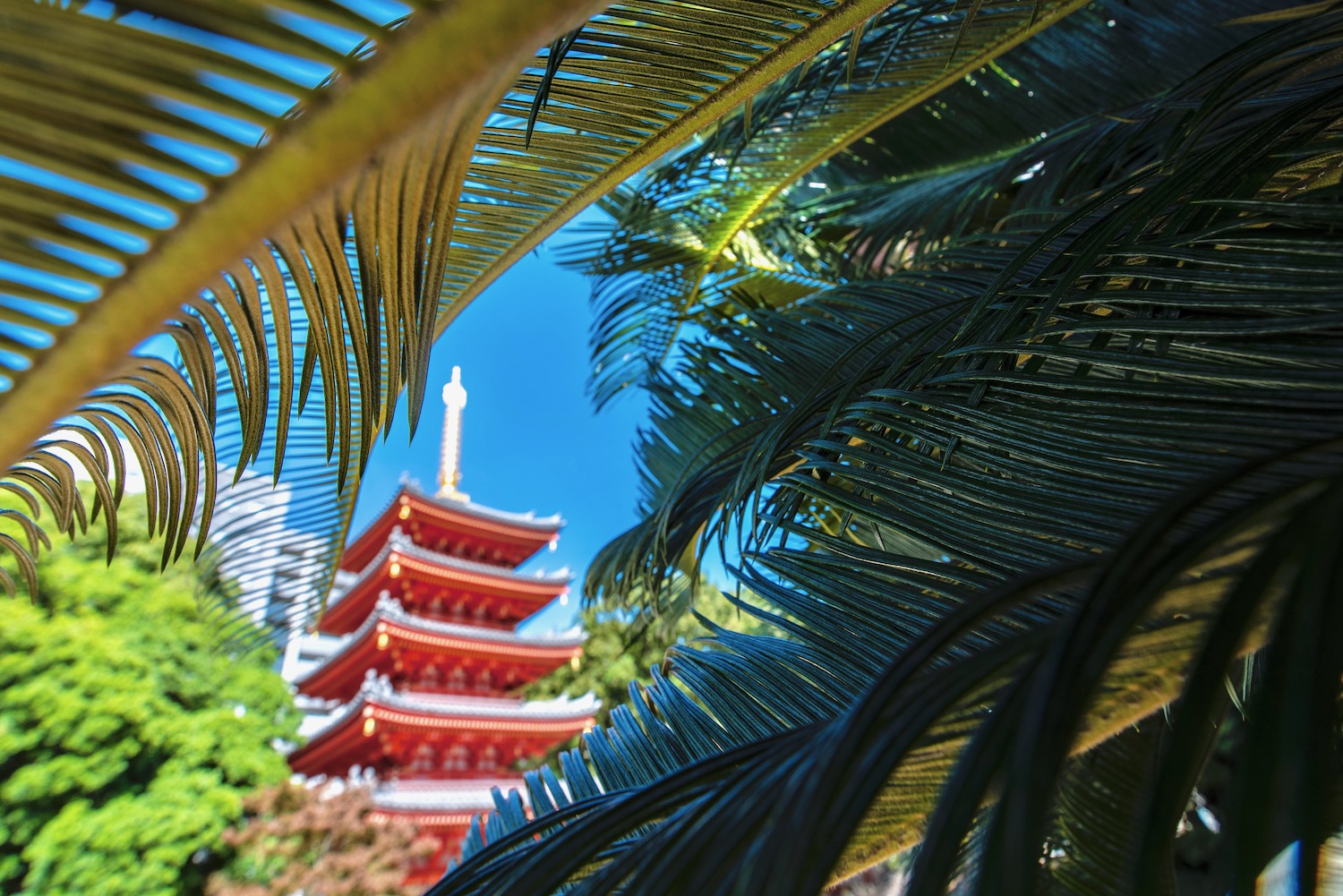
Kyushu Starts Here
I’ve had a Kyushu travel guide on this site for a long time—but I haven’t really been satisfied with it, if I’m perfectly honest. Some parts of it were downright superficial, and reflected the fact that I’ve been discovering the island piecemeal over the past several years, rather than having done a deep dive.
This changed a few years ago, of course: In November 2019, I embarked upon a truly extensive Kyushu trip, which saw me visit each of the island’s prefectures. Some destinations were completely new to me, while I simply hadn’t seen others in a while. In both cases, the impact upon my understanding of Kyushu was extraordinary. And I’ve since been back many times.
Some of you have arrived on this page directly from a search engine, while others might have stumbled upon one of my stream-of-consciousness style Kyushu travel blog posts and come in that way. In either case, I’m delighted you’re here—and within a few paragraphs, I’m pretty sure you will be, too.
Practical Matters
When to visit kyushu.
Notice all the perfectly blue skies in this pictures throughout this Kyushu guide ? These are largely due to the fact that I traveled to Kyushu most recently during the month of November which, along with May, is one of my favorite months to visit Japan in general. While it’s true that you’ll need to come during the latter part of the month if you wanted to Kyushu’s autumn colors (or in late March if you want to see the sakura ), these two “shoulder” months (which are also, importantly, typhoon-free) are the best time to visit Kyushu, as far as I’m concerned.
Where to Stay in Kyushu
In general, the best hotels in Kyushu are slightly inferior to the ones you find in major destinations on Honshu, though they’re not as mediocre (in my opinion) as places to stay in Hokkaido and Shikoku. City hotels like Tokyu Stay Hakata and Hotel Forza Nagasaki , for example, are more or less up to Tokyo standards. On the other hand, I do find accommodations in secondary destinations to be lacking, be it guest houses at the foot of Mt. Aso, or all but a few onsen-ryokan properties in Beppu (such as the sea-facing Shiosai no Yado ) are disappointing.
How to Get Around in Kyushu
I’ll be referencing various modes of transport throughout this Kyushu travel guide, but in general I’d say you should expect a mix. The Shinkansen , for example, only runs between Fukuoka (Hakata), Kumamoto and Kagoshima, which means that for travel to cities like Nagasaki, Beppu and Miyzaki, you’ll need to avail ordinary express trains; some destinations (such as Mt. Aso) are currently only accessible by bus, on account of the 2016 earthquake. Additionally, although I generally have very mixed feelings about renting a car in Japan , in many cases this is the best way to explore secondary Kyushu destinations.
Money, Costs and Communication
Your Kyushu visit is unlikely to differ much from traveling elsewhere in Japan when it comes to money or costs: Most travelers will spend around ¥10,000-25,000 per day (this is about $90-230, as of publication time), and a surprising amount of that will be in cash, due to Japan’s resistance to cashless payments as compared to other countries. Kyushu has rapidly improved its Wi-Fi infrastructure alongside the rest of Japan; unlimited data SIMs are available for purchase at Fukuoka Airport, assuming you aren’t arriving at Haneda or Narita and picking one up there . Speaking Japanese helps when travel in Kyushu, but isn’t necessary.
Kyushu vs. Shikoku
The good news? I’ve written a post that compares and contrasts Shikoku vs. Kyushu (which, I’m happy to say, does not trash talk either of these islands, both amazing in their own ways). The better news: I’ll summarize its conclusion for you here. Simply put, Kyushu and Shikoku offer similar experiences (interesting medium-to-large sized cities and unique, easy-to-access natural experiences), with Kyushu being larger (and therefore having more potential choices for travelers) and Shikoku being smaller and having significantly fewer tourists.
Where to Go in Kyushu
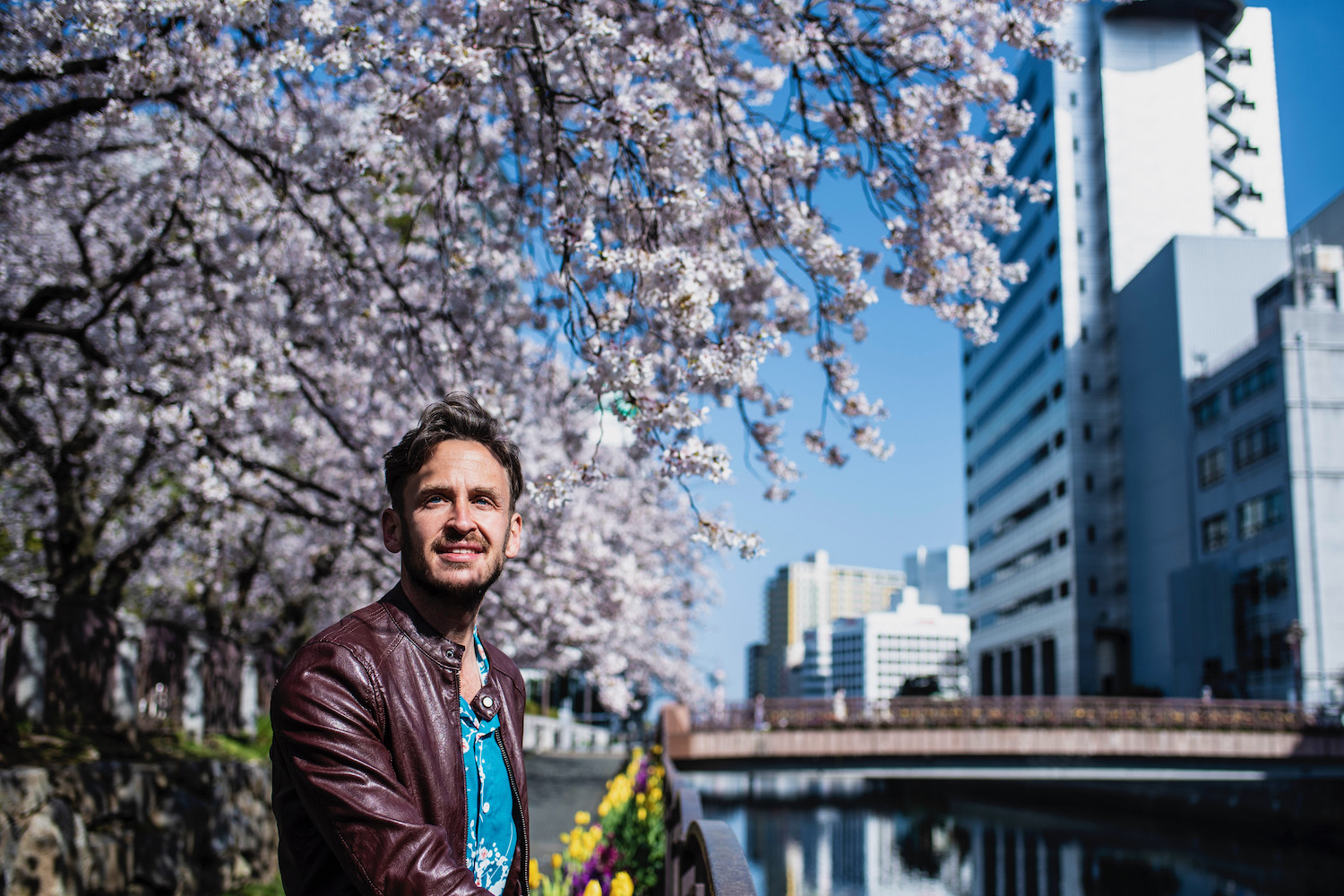
Most Kyushu travel starts in Fukuoka , especially if this is where you’re arriving in Japan. I love this city more every time I visit it, from the temples and shrines of the historical Gion district just west of Hakata Station , to the panoramic views of the city from Atago-jinja shrine, which rises above the coast, to the famous Fukuoka Yatai food stalls. I also enjoy taking day trips from Fukouka, be they ones more or less in the city like Nanzo-in ‘s reclining Buddha or the famous Dazaifu Tenman-gu shrine.

BONUS: Happen to be in the Fukuoka area in late April or early May? If you don’t mind renting a car (and rolling the dice on being there for “full bloom,” enter a world of pink and purple at Kawachi Wisteria Garden , a gorgeous park located on a hillside north of Kokura city.
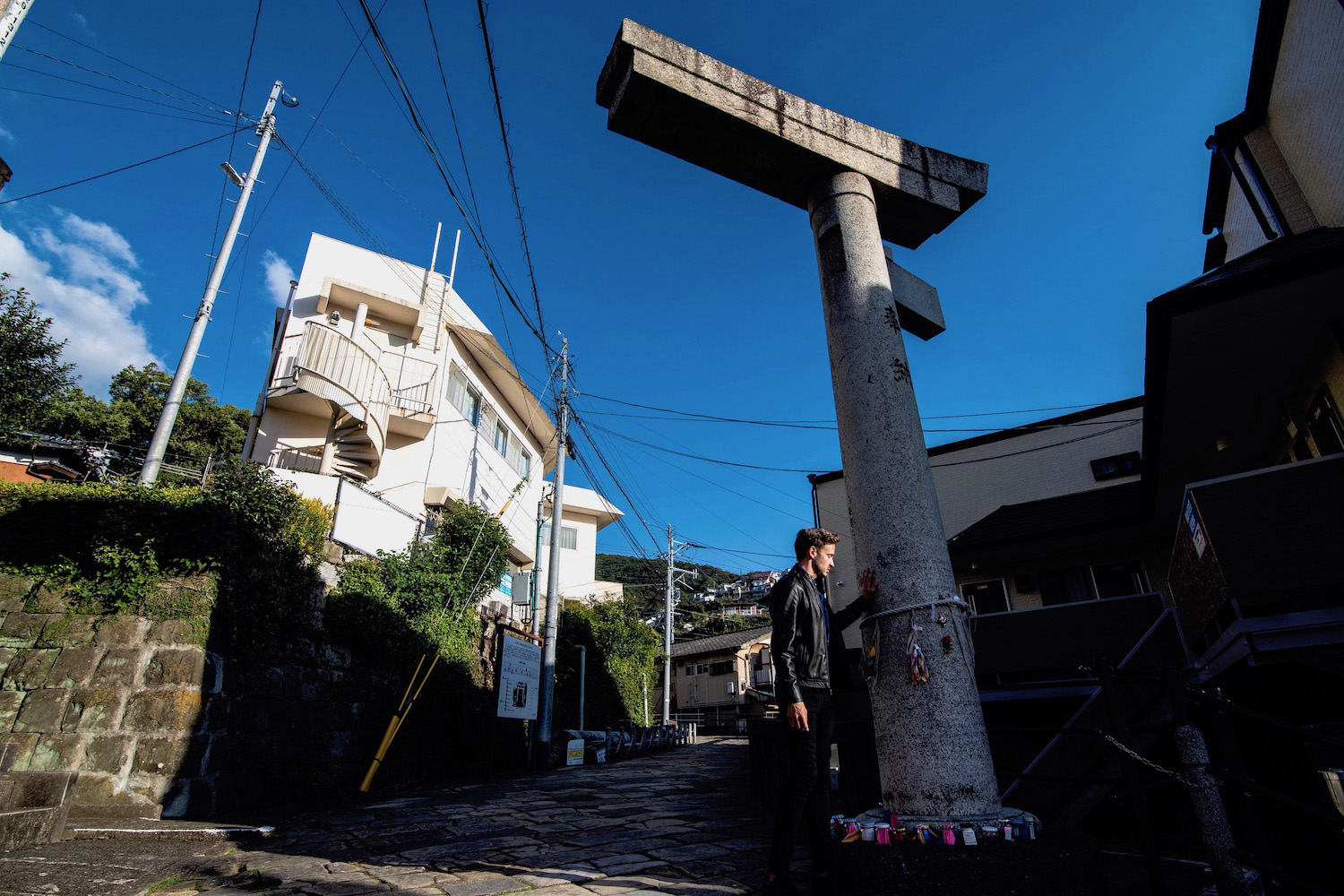
Nagasaki is one of the best places to visit in Kyushu—and not just because of World War II-era tourism sites, even if I find the area around Nagasaki Ground Zero to be very moving indeed. From the picturesque Oura Cathedral and Glover Garden in the southern part of the city, to the stunning panorama Mt. Inasa offers, Nagasaki is one of the most beautiful and eclectic cities in all of Japan—and not just Kyushu. Nagasaki also offers the opportunity to take several fascinating day trips, including to gorgeous Yutoku Inari Shrine and historical Yoshinogari Park , which re-creates like if the Yayoi era of ancient Japan.
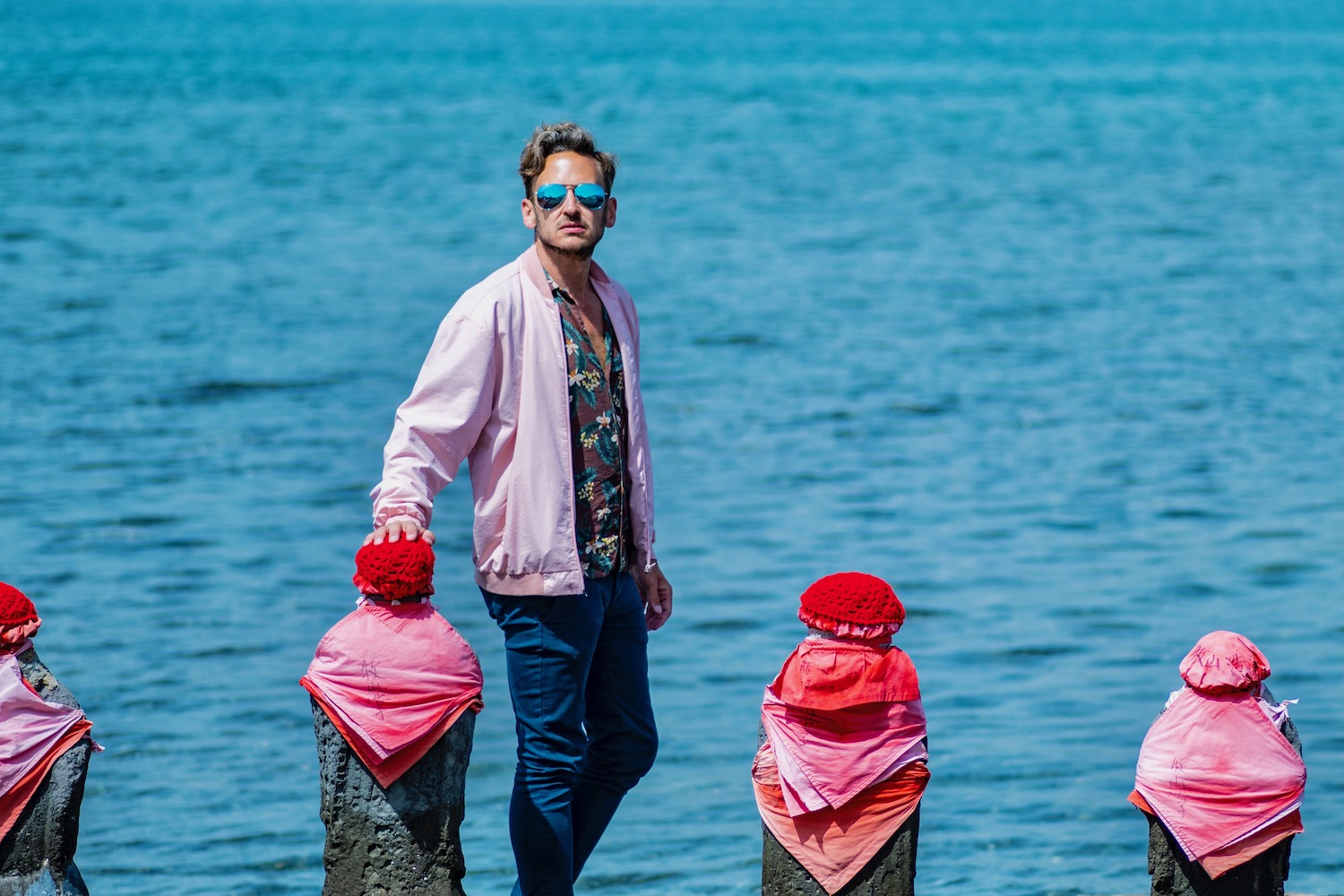
TIP: If you have a long time in Japan, or are just extra curious about Nagasaki, I highly recommend taking an excursion to the prefecture’s offshore islands. Pictured above, these include Ikishima , Tsushima and the Goto archipelago.
Kumamoto and Mt. Aso
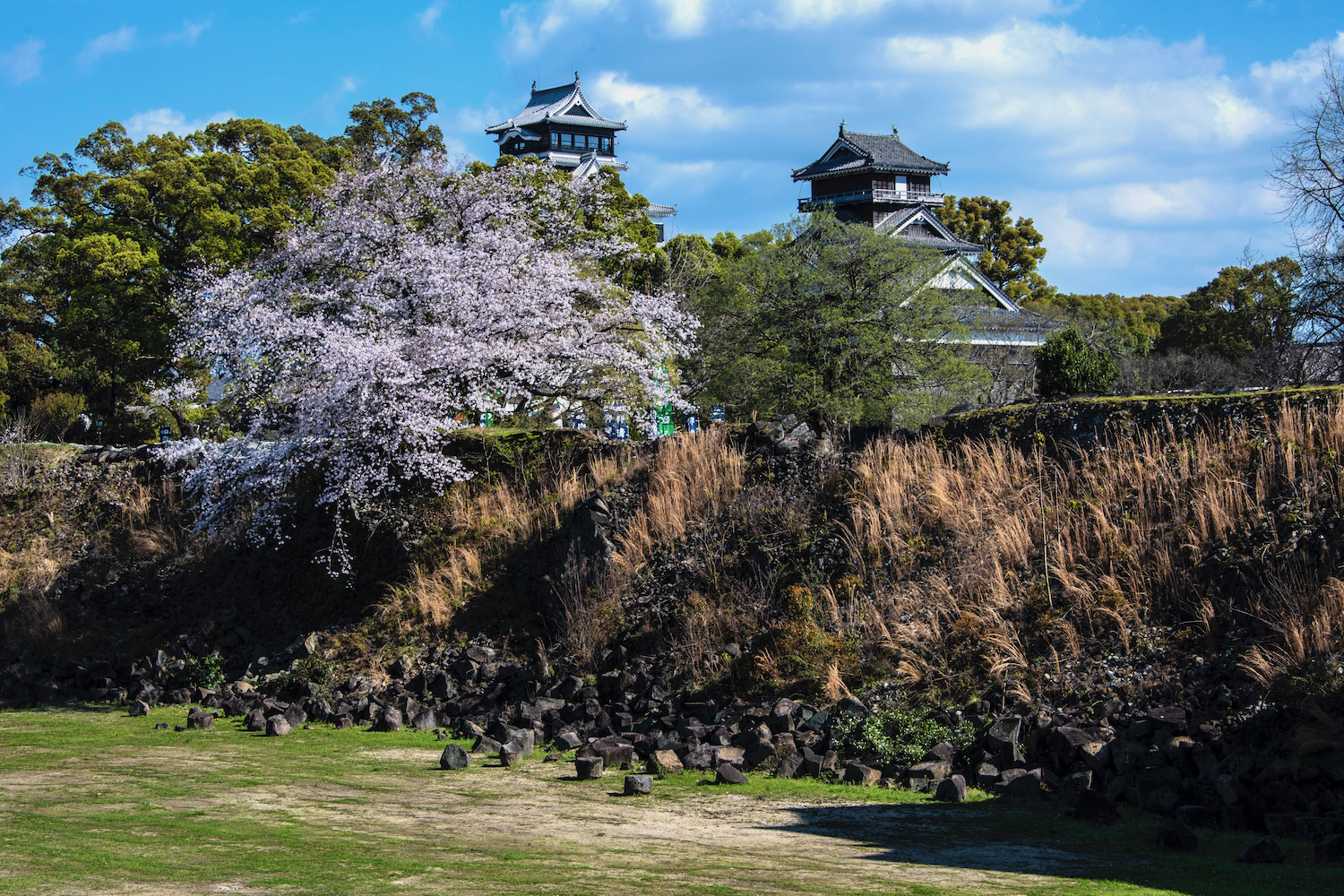
I’ll be honest: Before my latest trip, Kumamoto was not one of my favorite Kyushu destinations. I need to tell another truth, however, which is that I didn’t explore the city at the depth it deserves. While it’s difficult to deny the fact that Kumamoto Castle ‘s lingering damage is disappointing, I’d be remiss if I didn’t point out how amazing other destinations in the city are, from lush Suizenji Park to Honmyo-ji , a temple above which a towering park offers a stunning view of the city. Kumamoto is also the nearest major city to Mt. Aso , which is amazing either as a day trip to Mt. Aso from Kumamoto , an overnight excursion.
Oita and Beppu Onsen
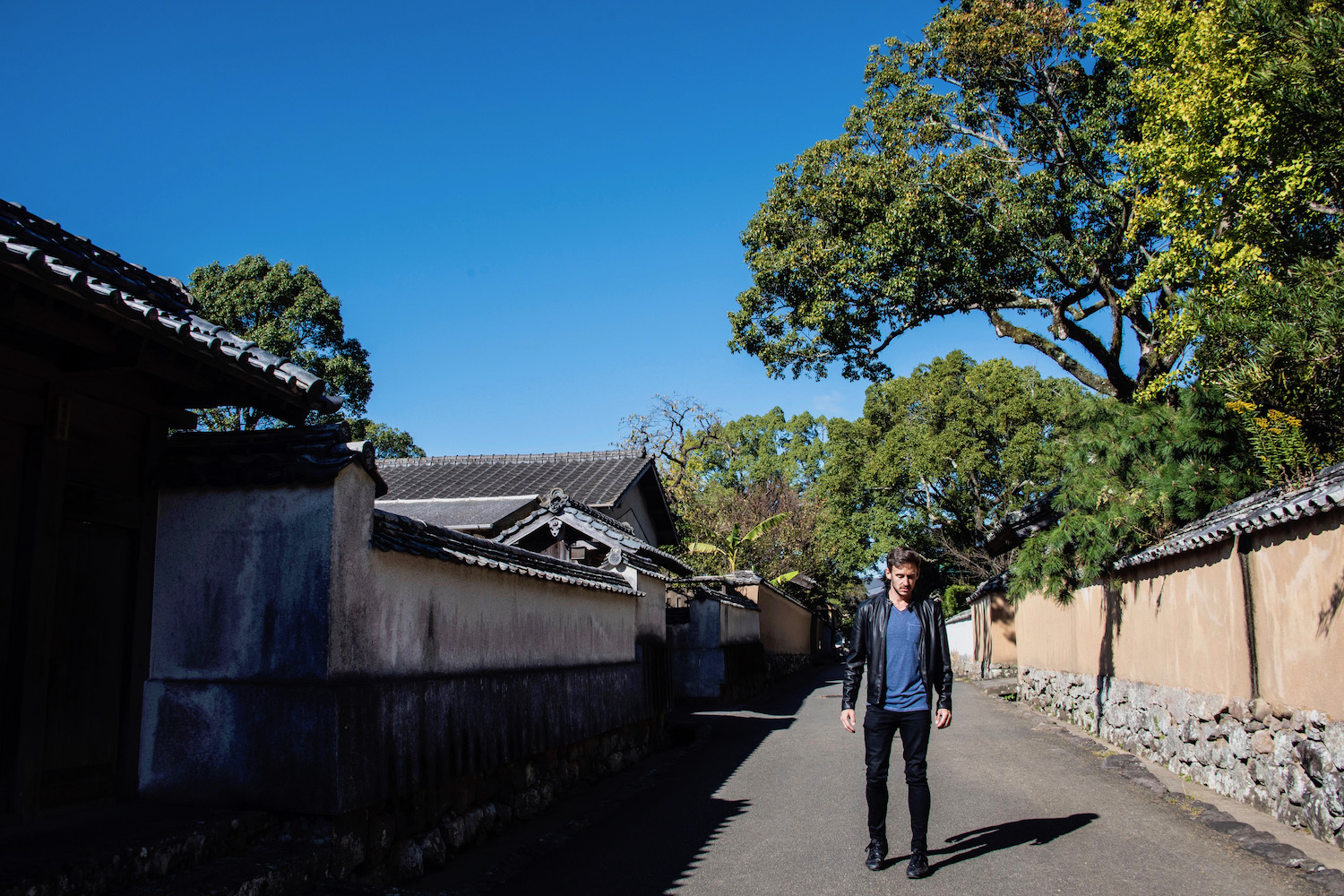
In the previous incarnation of my Kyushu travel guide, I focused largely on the Beppu Onsen hot springs you can actually swim in. During my latest trip, however, I got a chance to explore the Seven Hells of Beppu , with my favorites being Chinoike Jigoku (the “blood” hell) and Umi Jigoku (the “sea” hell). Another awesome part of my latest trip to Oita prefecture was renting a car and driving northward to the Kunisaki Peninsula , where destinations like the castle town of Kitsuki , Futago-ji temple deep in the forest and the vibrant Usa Jingu shrine surprised and delighted me.
Miyazaki and Takachiho Gorge
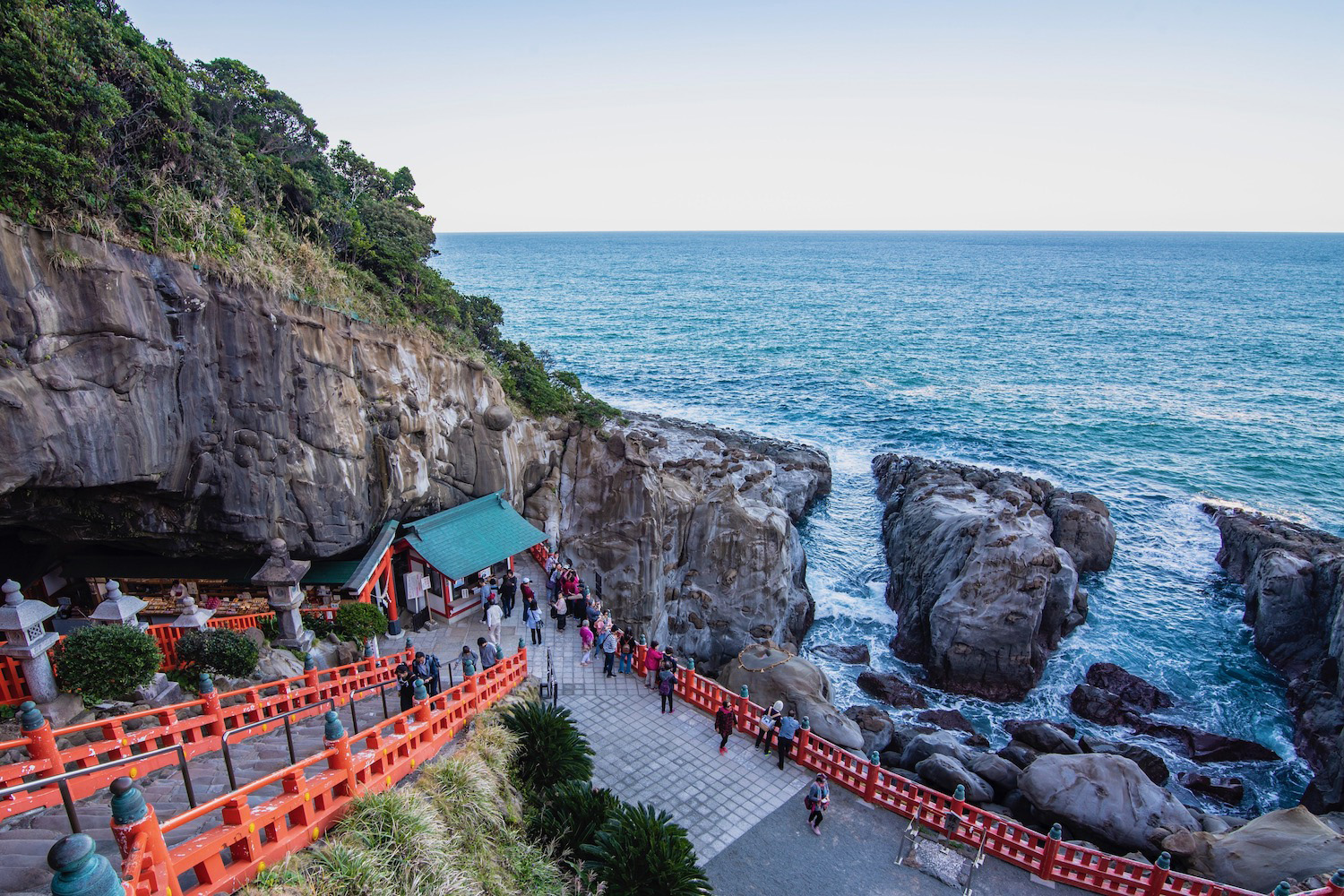
If you can time it right, the Takachiho Gorge in Miyazaki prefecture (which is not located particularly close to Miyazaki City , I should warn you— this day trip to Takachiho from Kumamoto illustrates that) is a great place to see Kyushu autumn colors. Even if you can’t, of course, this underrated part of southeastern Kyushu is very much worth a visit, if only because of Udo Shrine . Dedicated to Japan’s first emperor Jimmu, who launched his first military expedition from nearby Hyuga , it’s one of the best-kept secrets in all of Japan, not to mention one of the most gorgeous spots you can visit.
Kagoshima, the Satsuma Peninsula and Yakushima Island
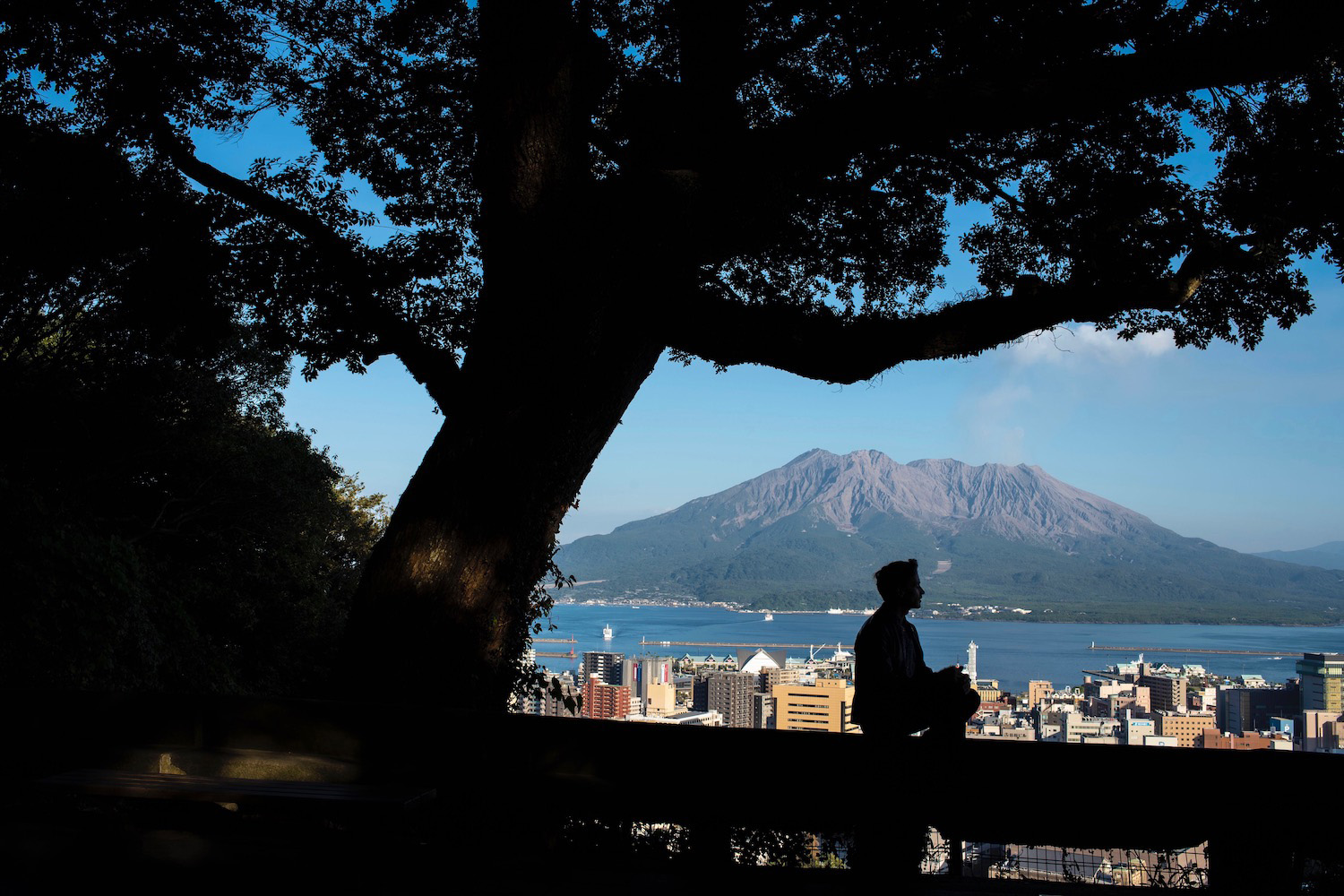
I didn’t intend to take a Kyushu road trip when I planned my November travel, but I ended up renting five separate cars. One of my favorite reasons for doing this was my day trip to the Satsuma Peninsula from Kagoshima . Spots like Chiran Samurai Village , the matcha fields of Ei , Cape Nagasakibana and the “sand bath” of Ibusuki provided the perfect foil to attractions within the city, from Sengan-en garden, to Sakurajima volcano, to Kagoshima’s answer to Fukuoka’s Yatai .
TIP: Have some extra time and want to take an excursion to somewhere absolutely otherworldly? Visit Yakushima Island , which is only two hours from Kagoshima by jetfoil ferry, but whose ancient cedars make it feel like somewhere else entirely!
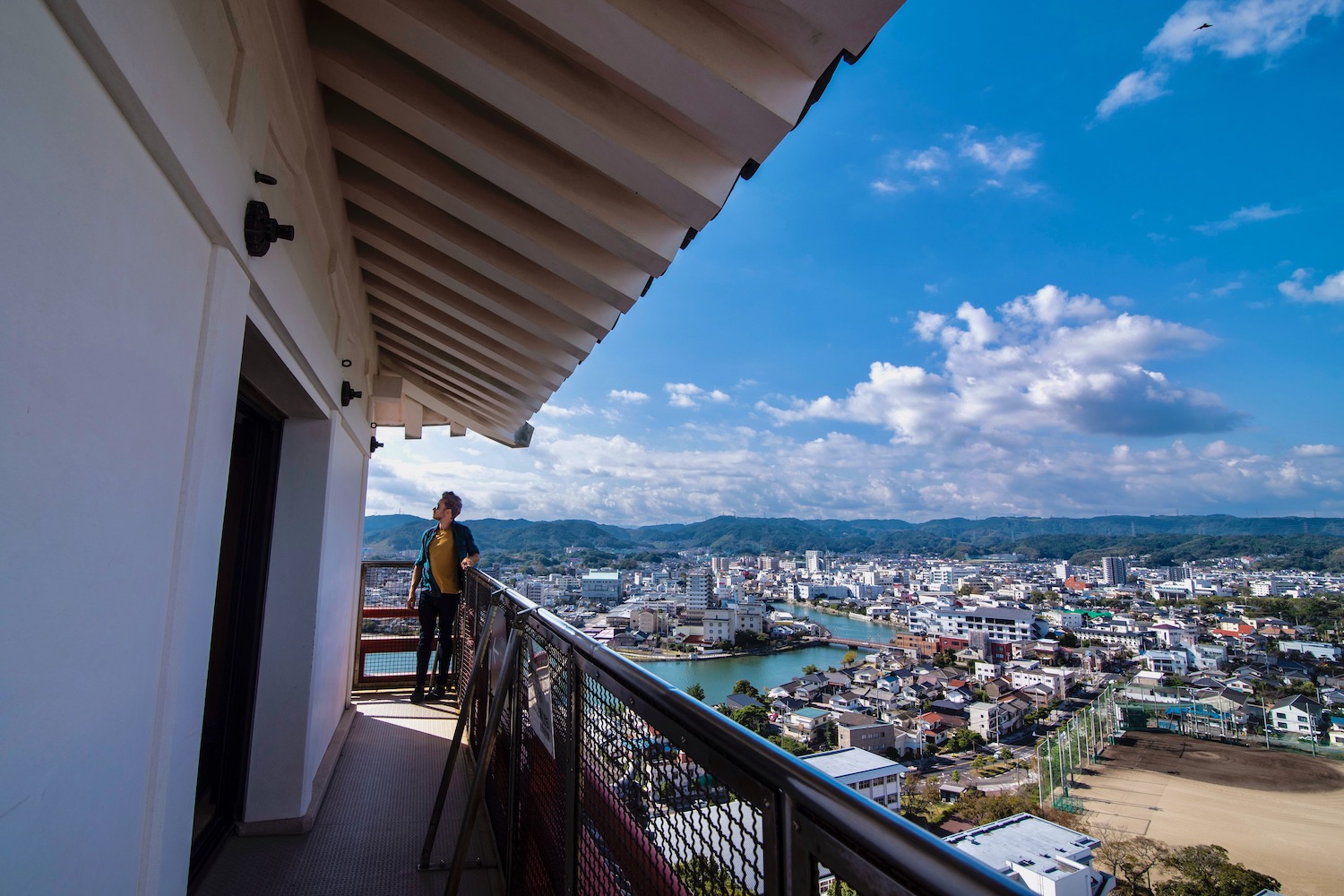
Kyushu’s (and, arguably, Japan’s) least-loved prefecture, Saga is a place that’s easy to miss, even though you’re likely to pass through it several times en route from one place to another during your Kyushu trip. Some of Saga’s top destinations are actually day trips from elsewhere in Japan, be that Karatsu Castle (from Fukuoka) or the Yoshinogari historical site and Yutoku Inari Shrine , which are accessible from Nagasaki. More purpose-driven travelers will appreciate the pottery town of Arita and the Oura Rice Terraces , which in my opinion are the most impressive in all of Japan.
How Long Should You Spend in Kyushu?
Regardless of why you decide to travel Kyushu or where you plan to go during your trip, I would generally say you should aim to spend as long in Kyushu as possible—things (and trains!) move slower here than they do in Honshu, which means you can’t fit quite as much into such a short amount of time as you might do elsewhere in Japan. In general, I’d say that one week in Kyushu or 2 weeks in Kyushu is a “Goldilocks” length of trip, which will afford you the opportunities to blend city experiences, natural adventures and maybe even a couple of wild cards.
Another factor affecting how many days in Kyushu, of course, is what your larger trip to Japan will look like. If, for example, you take a dedicated Kyushu trip like I recently did, you can afford to spend longer here. On the other hand, if Kyushu is one component of a more comprehensive Japan trip (I’m thinking two weeks in Japan , or perhaps even one month in Japan ), then a few days or a week is likely the longest amount of time you’ll be able to spend in Kyushu.
Is Kyushu Worth Visiting?
This one is easy, though there is some nuance I’ll speak too. On one hand, I would not have written a Kyushu travel guide (and traveled to the island so many times, including on my recent deep dive) if I didn’t feel Kyushu was worth visiting. On the other hand, there are a lot of misconceptions about this island, and one overarching truth: Most people simply don’t know a thing about Kyushu, apart from the existence of cities like Fukuoka and Nagasaki and maybe, the fake spa-musement park in Beppu .
Obviously, my hope is that if you’ve read my guide this far, you’ll be so excited about things to do in Kyushu at this point that literally nothing will be able to keep you off the island. Absent this, I’m not sure what I can say to convince you, other than to re-affirm my love for this island, and the fact that every time I’ve traveled here (I’m at three or four trips now, if I’m not mistaken) I crave a future opportunity to delve even deeper into it.
Other FAQ About Travel to Kyushu
When should i go to kyushu.
I love to go to Kyushu (which is already less crowded than hot spots like Tokyo or Kyoto, even in busy times) during the “shoulder” months like May and October. The good news is that no matter when you travel, much of the advice I present in this Kyushu travel blog will be relevant.
What is famous in Kyushu?
Kyushu is famous for the ramen of Hakata in Fukuoka, the atomic-bomb related sites in Nagasaki, Kumamoto Castle and the onsen hot springs of Beppu. To start with, anyway—as you’ve seen throughout this Kyushu travel guide, Kyushu is a land of treasures.
What is the climate of Kyushu?
Kyushu’s climate is defined by a mild, sunny winter, a hot and very rainy summer, and a spring and summer season that can go either way. Regardless of when you visit, you’ll want to make sure you curate things to do in Kyushu you can enjoy irrespective of the weather.
The Bottom Line
The extent to which you enjoy your Kyushu travel correlates directly with how deeply you can explore the island, although this isn’t necessarily tied to specific length of time. Ideally, you’ll be able to travel for at least a week in Kyushu, pairing urban experiences in large cities like Fukuoka, Nagasaki, Kumamoto and Kagoshima with nature (Mt. Aso or Yakushima island), culture (hot springs in Beppu or the Udo Shrine in Miyazaki) or something else entirely. Need personalized help planning your Kyushu adventure? Commission a custom Japan itinerary today!
Plan Your Japan Trip

Subscribe to email updates!
Words, images and design ©2018-2024 Robert Schrader, All rights reserved. Read Privacy Policy or view sitemap .

30 Awesome Things To Do In Kyushu, Japan: The Ultimate Guide
Jackson Groves
Posted on Last updated: June 24, 2023
Categories JAPAN
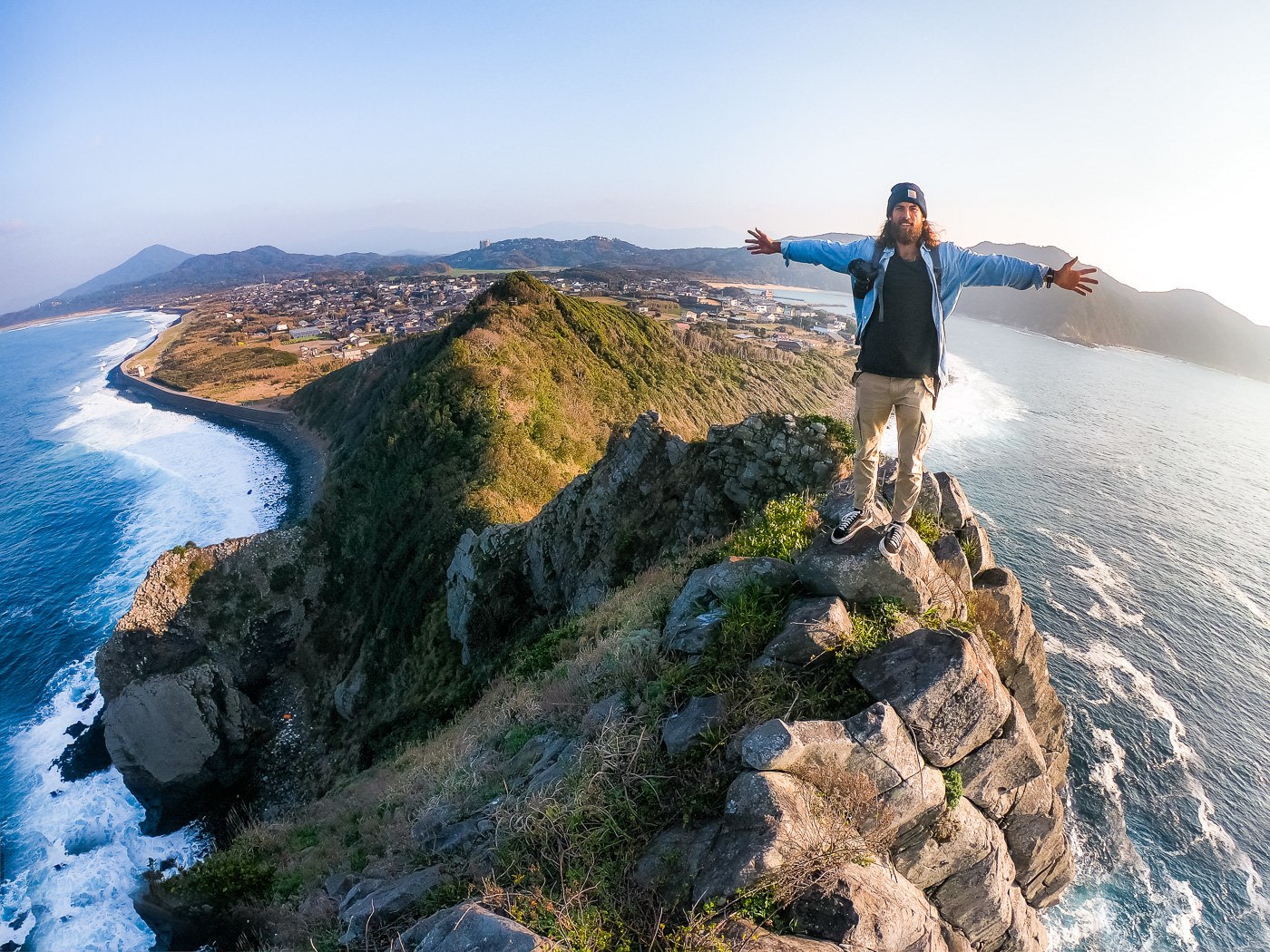
Kyushu is a volcanic island in the south of Japan with some pretty epic coastlines, incredible waterfalls, and several towns that are renowned for their volcanic hot spring activity. Kyushu is a great region for those who enjoy an adventure like to delve into the culture and get a little bit off the beaten path. I spent three weeks exploring the island of Kyushu by car and in this blog post, I will share with you my favorite 30 things to do in Kyushu based on my experience.
BEST RENTAL CAR COMPANY IN JAPAN
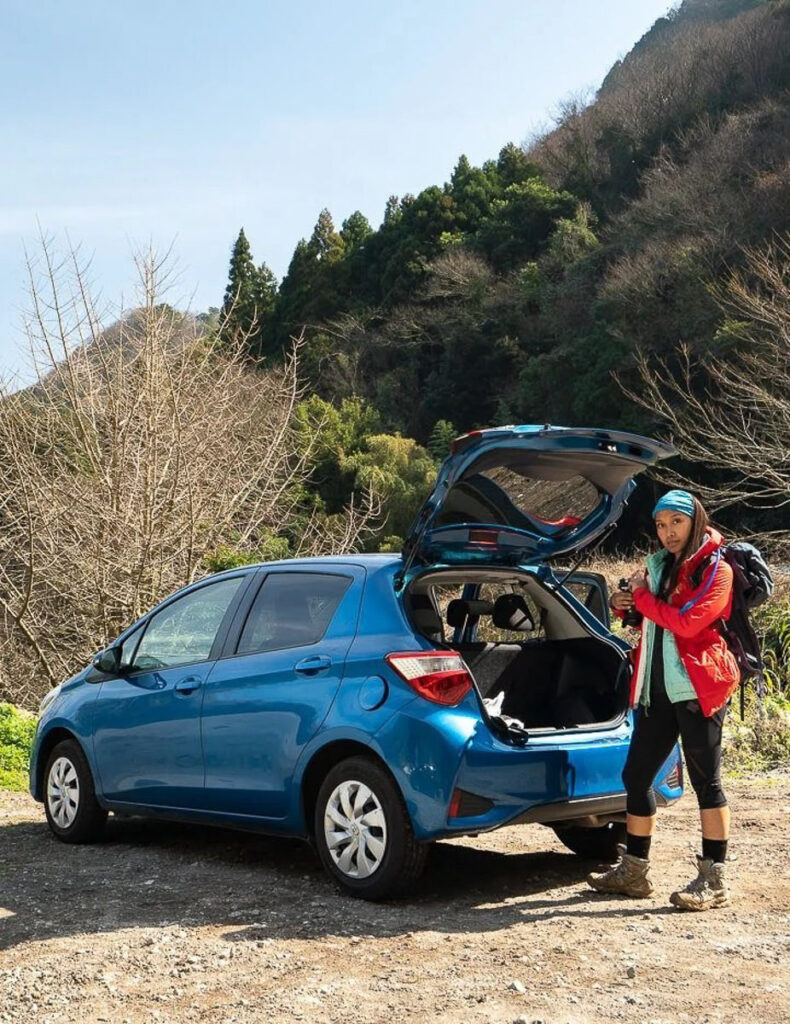
When you book your Rental Car online, I personally recommend and always use Klook for car rentals in Japan. They search for both local and international companies, so you get the best deal!
Table of Contents
30 AWESOME THINGS TO DO IN KYUSHU
I’ve written individual guides for many of the specific locations in this article, which means you can click on the link and view the detailed guide for each individual location, which includes how to get there, all the photos, and what to expect. At the bottom of this post, I will add a few sections of things you need to know before exploring Kyushu such as how to get around, where to stay, and other logistical and travel tips to help you out before your visit.
TOP 3 PLACES TO STAY IN KYUSHU
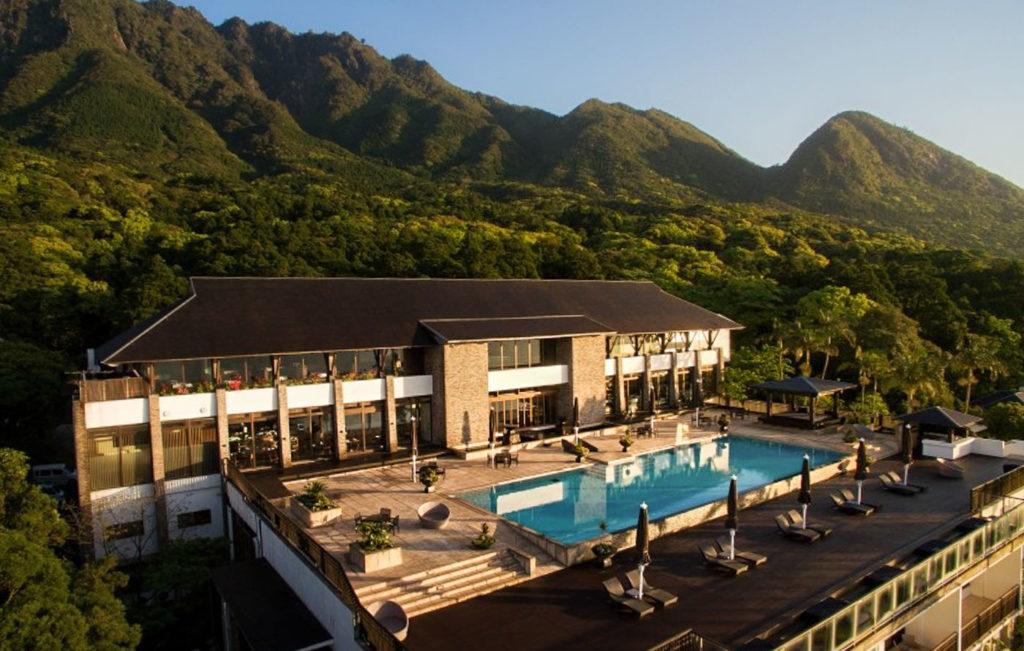
- Ultimate Luxury: Amane Resort Seikai best location and view
- My Favorite: Sankara Hotel & Spa – Natural Forest, Pool & Beautiful surroundings.
- Budget Hostel in Kyushu: WeBase Hakata Hostel is easily the top hostel in Kyushu
ONBARA FALLS
The journey to Onbara Falls is a very, very short trek but will remove you from the town of Beppu and immerse you in the jungle making you feel lost beneath the falls. Onbara Falls is a bit of a hidden gem just outside the town of Beppu in Oita Prefecture of Kyushu, Japan. Beppu is one of the most famous Onsen towns in Japan and even the world. However, amidst all of the hot springs and Onsens are some truly epic waterfalls and Onbara Falls is up there with the most beautiful and most accessible.
The trail is short and well-defined with a dirt/rock path leading you up to the falls. With the morning sun shining through it was actually a beautiful little walk, which is only about 2km return.
Read the full blog post for details: ONBARA FALLS IN KYUSHU, JAPAN
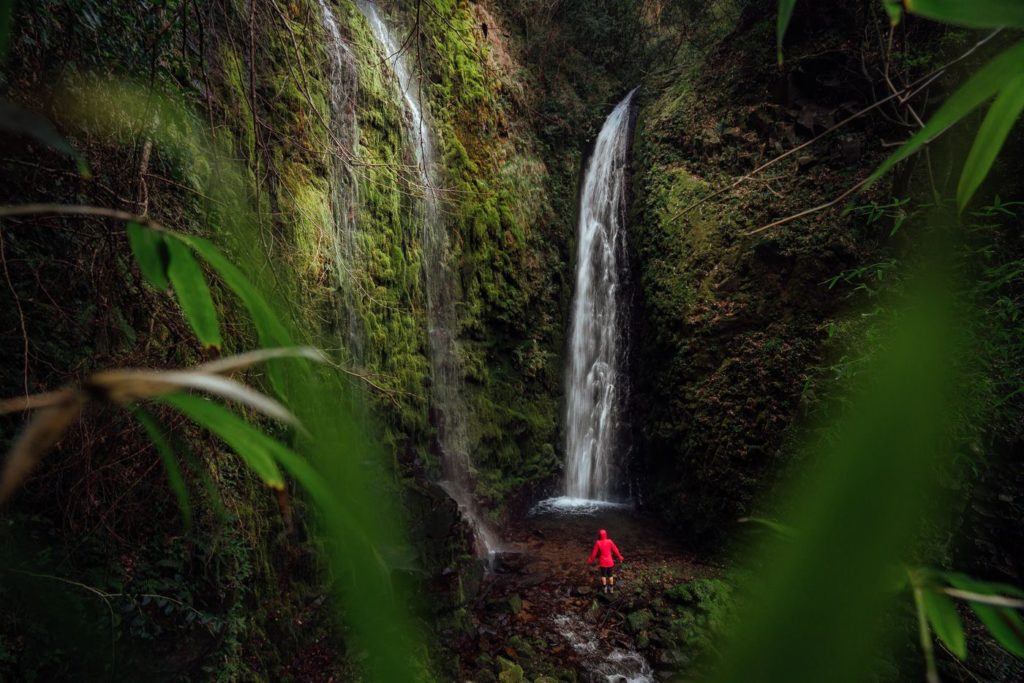
HIKING TO MOUNT KARAKUNI IN KIRISHIMA
Mount Karakuni is the highest peak in the Kirishima Mountain Range of Kyushu Island in Japan with a height of 1,700 meters. Mount Karakuni has a volcanic crater, which is 900 meters and 300 meters deep. The hike up from the visitor center is relatively short with just a few kilometers in distance but quite steep. From the summit, you can look over to the ‘Ring of Fire’, which is the off-limits
The total hike distance for me was 9.6km for my entire lap of the Kirishima area but there are many ways to make it shorter. If you just go up and down Mount Karakuni from the visitor center it will be about 5-6km in total. I added on the lap of Lake Rokkannonmiike and Lake Byakashiike.
Read the full blog post for details and all photos: MOUNT KARAKUNI HIKE (KARAKUNIDAKE) IN KIRISHIMA
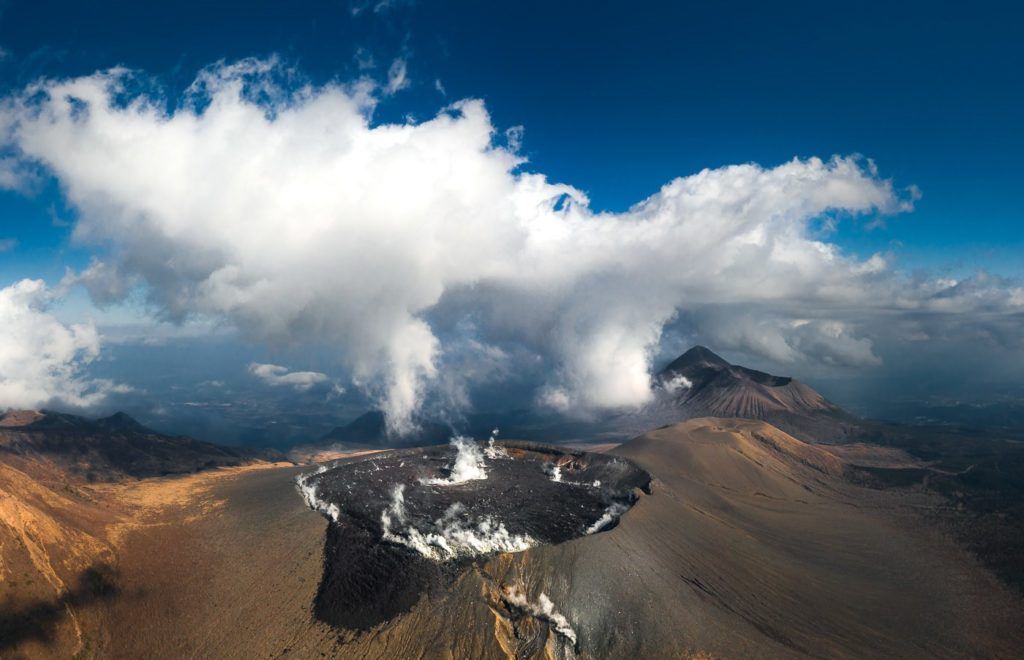
MOUNT TAHARAYAMA
The Mount Taharayama hike leads you on a steep ascent up to an epic, rocky ridgeline before you descend down into the forest to discover a 10th century stone buddha carving into the cliff wall. It’s an adventure with a tomb-raider vibe and is definitely sure to have you off-the-beaten-path and out there amongst the adventure in the Oita Prefecture of Kyushu Island, Japan.
Read the full blog post for details and all photos: MT. TAHARAYAMA HIKE TO KUMANO MAGAIBUTSU (BUDDHA STATUE)
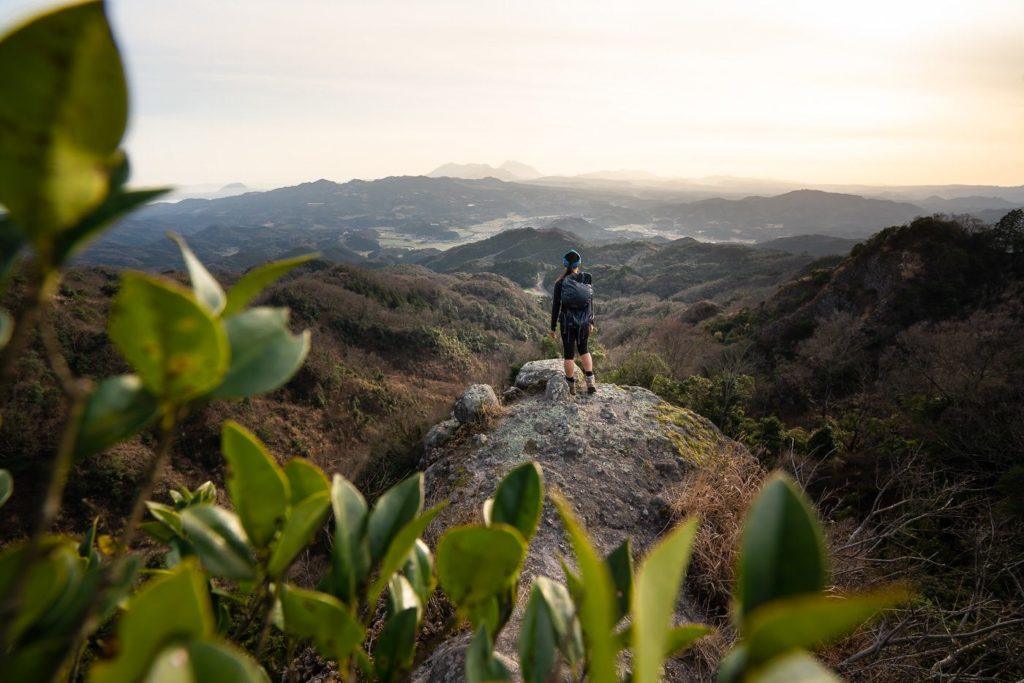
INUKAI FALLS
Inukai Falls was probably my favorite waterfall that I visited while based in Kirishima. It was a booming waterfall but I really loved the gorge that led up to the falls, which was lined by woodland and forest giving it a Pacific Northwest vibe. I actually had to wait a while here for the fog to clear enough to see the falls but when it cleared a little, I was able to record a little video on the drone to show you just how epic this gorge is.
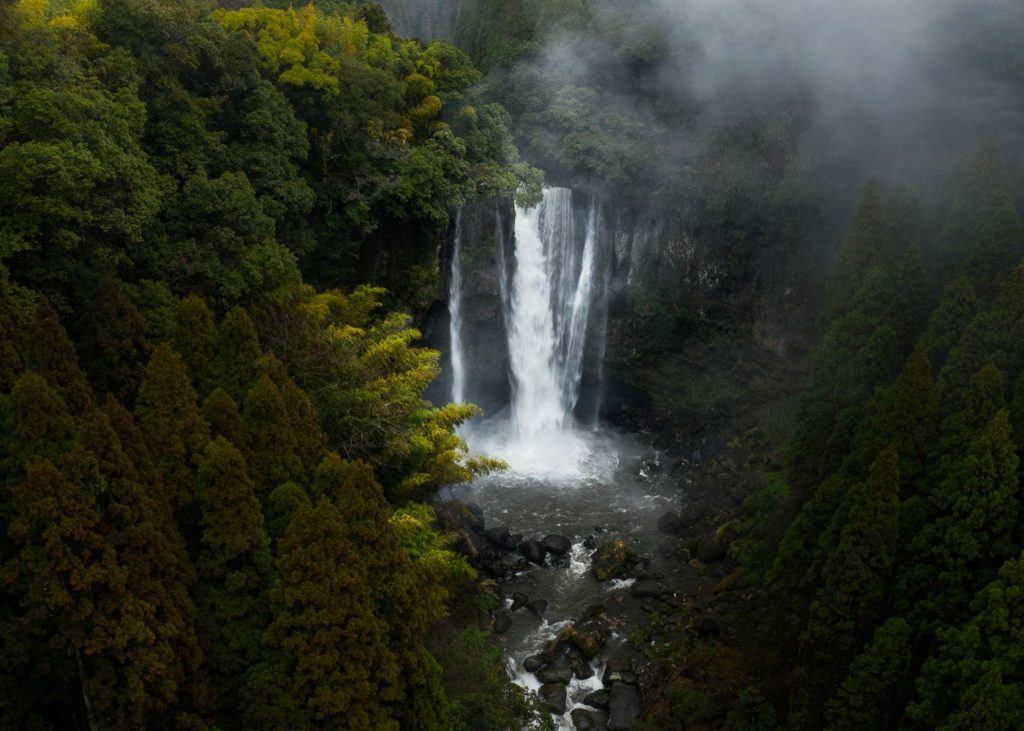
HIKE MOUNT ASO
In the Aso region of the Kumamoto Prefecture in the center of Kyushu Island is the Mount Aso region, which is one of the largest calderas in the entire world. Hiking in Mount Aso Region is one of the most incredible adventures you can have in Japan. Mount Aso is a volcanic depression, which is essentially a huge crater that has a number of peaks within this region that can be trekked. There are numerous craters within the crater such as the very active Nakadake Crater.
The Caldera spans 17 kilometers from east to west and 25 kilometers from south to north with a total area of 350 square kilometers. When we talk about this caldera it is a huge area but at the center of the caldera is where all of the action is when it comes to volcanic activity, hiking, the museums, and tourism. In the middle of the caldera is the central crater group which consists of the five Aso peaks which are Mt. Taka (Takadake), Mt. Naka (Nakadake), Mt. Eboshi (Eboshidake), Mt. Kijima (Kijimadake) and Mt. Neko (Nekodake).
I hiked all of the peaks except for Kijima. The Nakadake and Takadake loop (when open) is my favorite hike in Kyushu… by far. It looks down on the active volcano crater and makes you feel like you are in outer space or trekking through a post-apocalyptic world.
Read the full blog post for details and all photos: HIKING MOUNT ASO VOLCANO – A COMPLETE GUIDE
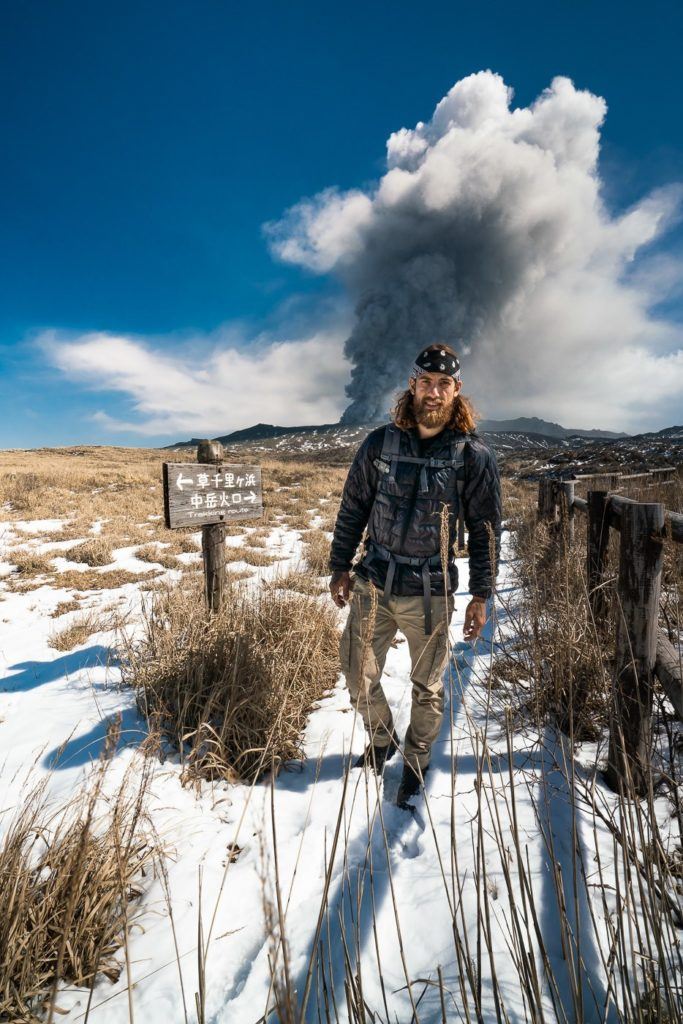
BEST INSURANCE FOR TRAVELERS

Don’t wait for an accident to happen… get insured! My travel insurance is HeyMondo which offers low-cost travel & medical insurance. That’s me on the left with three teeth knocked out after a motorbike crash in Bali!
You can click to read my Full Review of the Best Travel Insurance .
I’ve made several successful claims with HeyMondo and find their customer service very quick and helpful. Click the button below to get a 5% DISCOUNT
NABEGETAKI FALLS
Found on the border between Oita and Kumamoto, Nabegataki Falls is one of the most impressive waterfalls on the island of Kyushu in Japan. With hundreds of waterfalls on Kyushu, what makes this one so special? You can actually walk behind the wide cascade, underneath the rock face that the waterfalls pour down over. It’s a pretty magical spot.
I did my best to shoot the waterfall without any tourists but it is quite difficult as most people do a little lap underneath the waterfall viewing it from in front, each side and behind. It’s a bit of experience and going behind the waterfall was super cool. The waterfall itself is only 10m high but spans 20m across in width and pours down over the ledge, which is what makes it so unique.
Read the full blog post here: NABEGATAKI FALLS IN KYUSHU
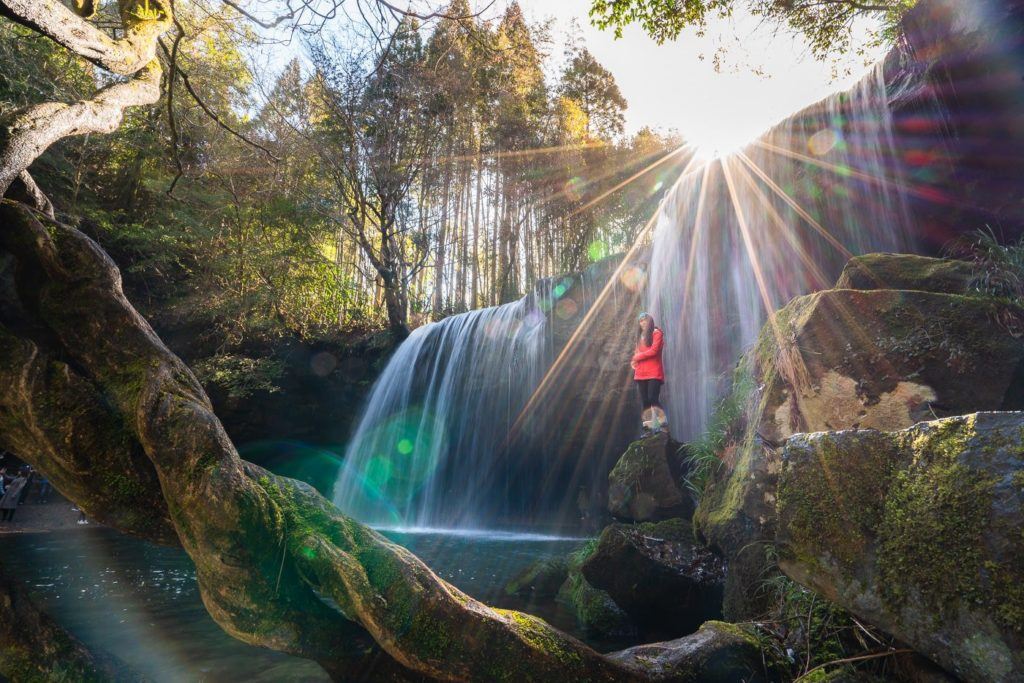
MOUNT EBOSHI HIKE
Mount Eboshi is one of the five peaks of the central cone group of the famous Mount Aso. It’s the easiest peak and probably the safest peak to climb taking just over an hour to get up and down from the summit. The view from the top is quite remarkable as it looks out over the Nakadake Crater, which is where the active volcano of Mount Aso is found.
The Mount Eboshi hike is a great little trail not because of the views or the adventure but because it is usually open! Because Nakadake Crater and the active volcano within it are often spewing ash high into the air, the surrounding trails are often closed. This leaves adventurous hikers feeling a bit stuck. Luckily Eboshi is a bit further away but you still have nice views of the erupting volcano.
At the summit, you have a view out to Nakadake Crater, which is where the eruptions, smoke, and all the action takes place. In the other directions, you can witness the entire caldera and the various rock formations and craters that are scattered throughout the region. I visited Mount Eboshi as part of the ‘ Around Aso Tour ‘, which was the perfect way to explore this region on a full-day trip from Fukuoka.
Read the full blog post for details and all photos: MOUNT EBOSHI HIKE (EBOSHIDAKE) IN MOUNT ASO
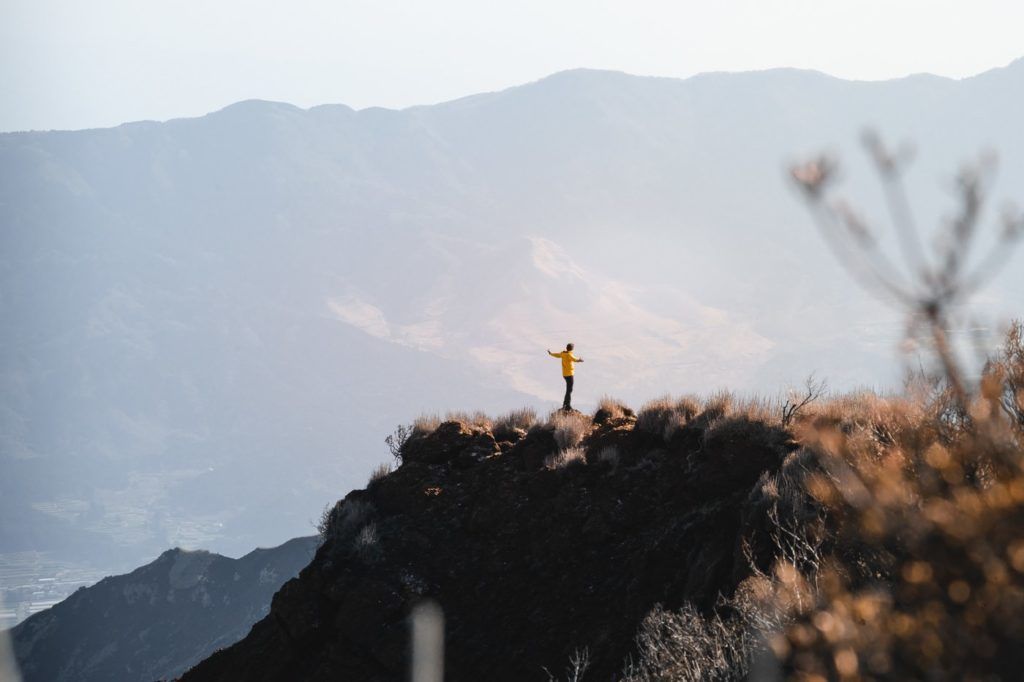
HIGASHI SHIIYA FALLS
Higashi Shiiya Falls is a pretty epic waterfall just out of Beppu Town. When you arrive you will park in the parking lot of the information center and pay your entrance/parking fee and then make the 800m along the river and through the gorge to reach the waterfall. It’s a really pretty walk and I can’t imagine how scenic it would be with the fall colors. At the end of the gorge is a massive waterfall flowing into a giant circular pool.
MOUNT NEKO (NEKODAKE) HIKE
Mount Neko is the second tallest peak in the Mount Aso region at 1,443m high for the Tengu Peak and the opposite Toho Peak is 1,408m high. It’s called Nekodake because from Aso it looks like two cat ears when you see both of the peaks. It was an awesome but steep hike and the jagged peaks were just incredible at the summit during sunset.
As well as the numerous ropes to help you up the summit of Nekodake, you will also encounter several ladders, helping you ascend through the forest. None of the ropes, ladders or bouldering is technical or very difficult but be prepared for a bit of action along the trail.
At the summit, you will look out across to the Tengu Peak, which is the most prominent peak and you really can’t miss it. In the late afternoon, the sun sets behind this peak so it’s a really magical spot to take in the whole ridge.
Read the full blog post for details and all photos: MOUNT NEKO HIKE (NEKODAKE) IN KYUSHU
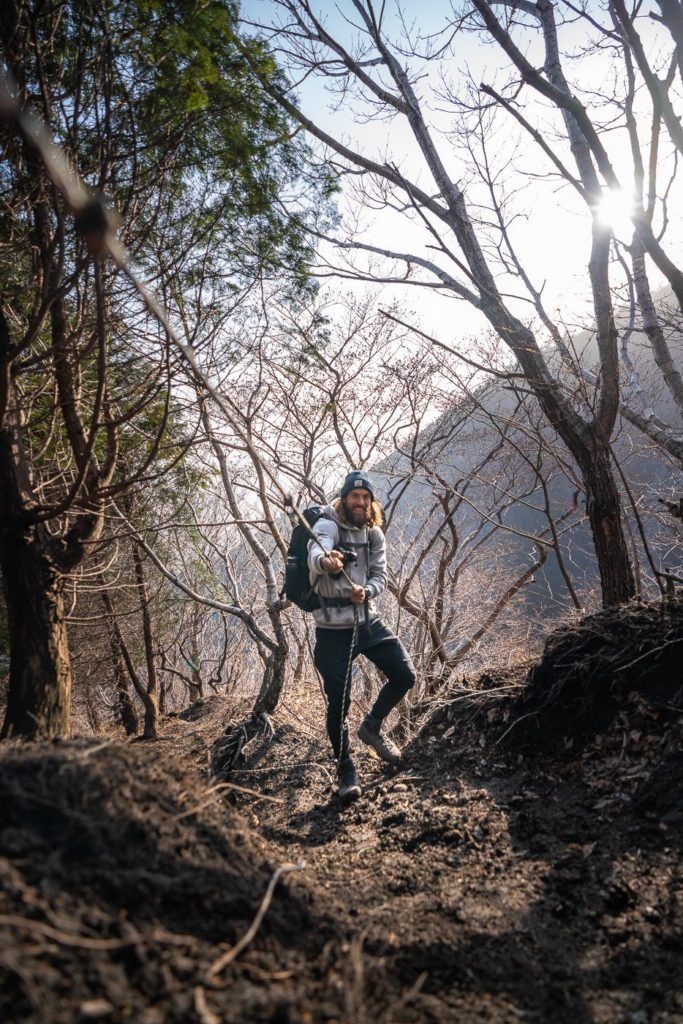
What are my favorite pieces of travel gear?
There are four pieces of gear that I simply never travel without. These are four items that I using right now and this list gets updated every year! Here are my travel essentials.
- Packing Cube Set : Once you cube you’ll never go back. Organize your clothes within your luggage with these smart mesh containers. It will revolutionize your packing.
- Quick-Dry Towel : A quick-dry towel is a must for travelers. It hardly takes up any room and dries in seconds.
- Travel Wallet : Keep your passport, wallet, and vaccine card safe as well as any forms and important documents you need to store.
- Grayl GeoPress Water Filter Bottle : I’ve used this for three years. It filters your water with one press and you can drink directly from it. Never buy a plastic water bottle again!
GOROGA TAKI FALLS
The Gorogotaki Waterfall is the largest falls in Yamato, Kumamoto with a 50m drop into the basin below. The beauty of this waterfall on Kyushu Island is that often it is crowned by a rainbow as the water crashed down onto the rocks, spraying up and catching the light perfectly in a stream of color. My favorite part about this waterfall is that you view it from the suspension bridge. There is also a really nice walk around the region through the rice fields and through the gorge to the base of the falls.
Read the full blog post here: GOROGOTAKI WATERFALL NEAR KUMAMOTO
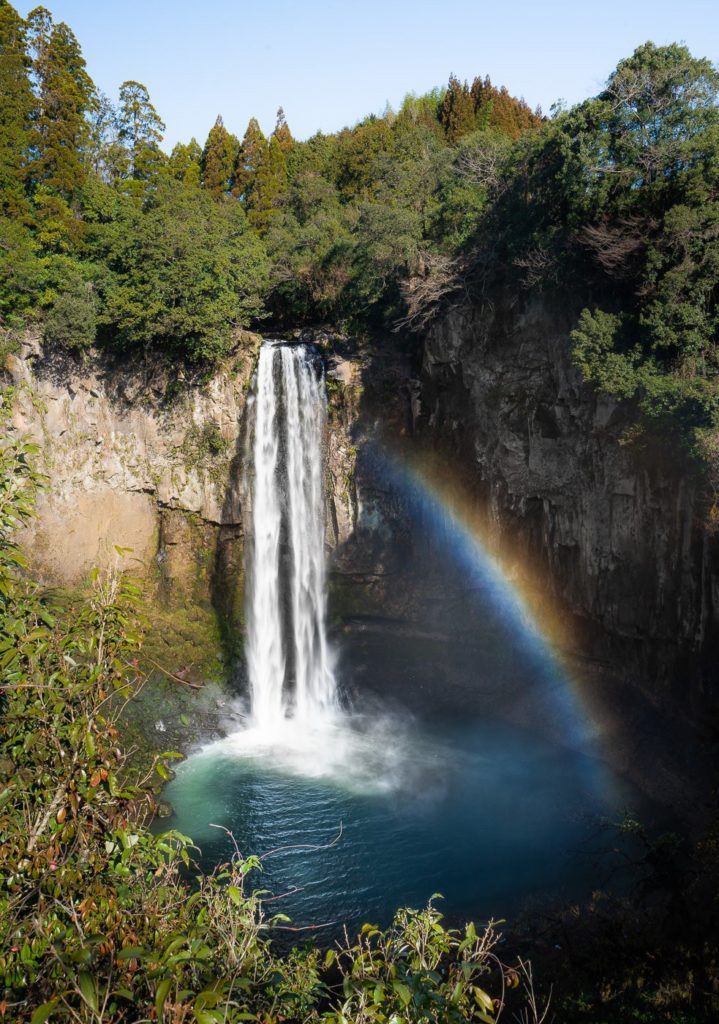
DAIKANBO VIEWPOINT
Daikanbo Viewpoint is probably the most impressive views in the Mount Aso Region with epic views across the valley within the caldera to the active volcano within Nakadake Crater. There are lots of little trails and a number of viewing platforms to explore at the viewpoint. It can be a great spot for sunrise on a day with low-lying fog so if you are good at weather predictions try and make that happen. I visited when the grass was dead in the winter but the colors change all throughout the year.
HIKING IN THE KUJU MOUNTAINS
The stunning Kuju Mount range is part of the Aso-Kuju National Park and while Mount Kuju might be the most famous it is actually the nearby Nakadake Peak that is the highest peak in the park, which makes it the highest point on Kyushu Island. These mountains are connected by a series of hiking trails so you can kind of make it up as you go, pushing on to ‘one more peak’ time and time again or follow a set route. I did a bit of both.
It’s straight up from the get-go so don’t put too many jackets on you will be working that incline straight away. Once you reach the ridge it’s time for the adventure to start. The trail turns into a rocky ridgeline with a number of ladders and some very low-key bouldering required.
The total day of climbing was 1,026m so it’s always an effort when you grab a vertical kilometer. The trail was rocky but quite well defined and we never had too many difficulties finding our way. At the top of Mount Kuju we could watch over the erupting Mount Aso in the distance and admire the valley below.
Read the full blog post for details and all photos: HIKING THE KUJU MOUNTAIN RANGE
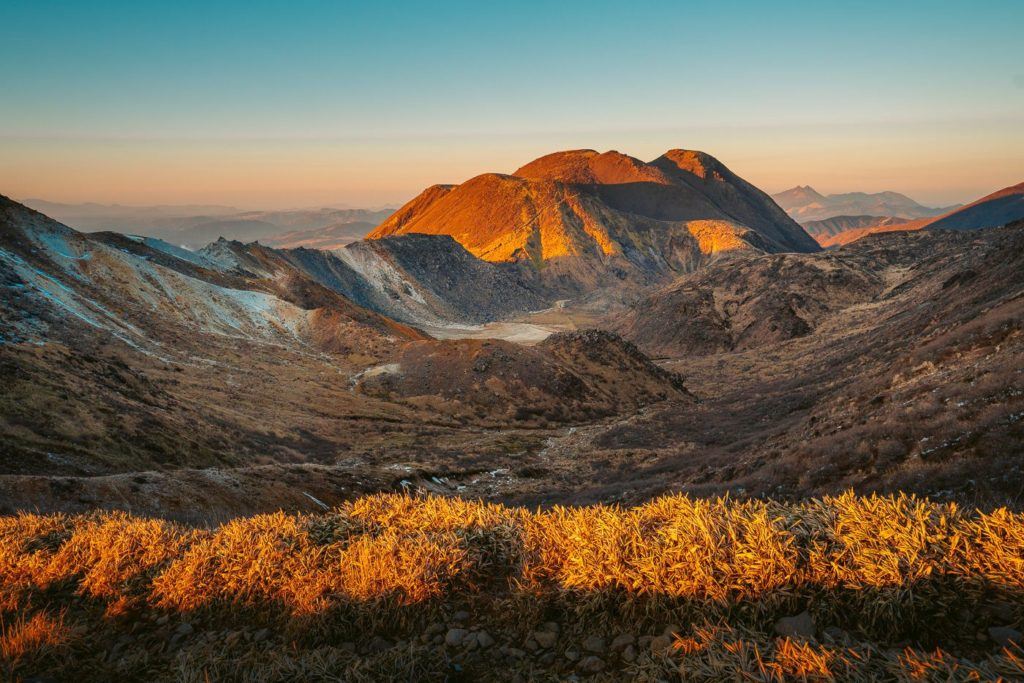
SHIRAITONO FALLS
Hidden in the foothills on the way to Mount Aso region on the way from Kumamoto is Shiraitono Falls. It isn’t a hike or a big adventure and you can actually just drive and park only fifty meters away from the waterfall. The golden light was hitting the waterfall in the late afternoon, which created an epic little scene where everything was in shade except for the golden stream of water flowing down.
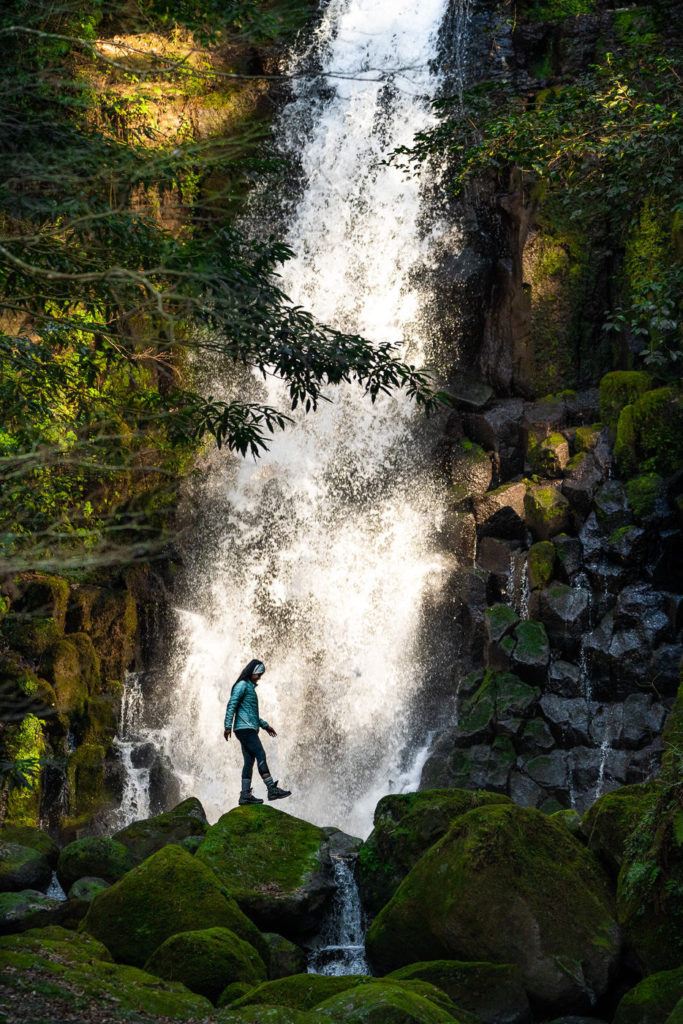
VISIT THE BEPPU HELLS
The ‘Hells’ of Beppu, as they are known, are seven incredible hot springs all in one area. Unlike many of the onsens or hot springs in the area, these specific hot springs are for viewing only as they are far too hot for bathing. They are quite a tourist attraction and it almost looks like zoo enclosures but instead of almost there is a bubbling, steaming pool of volcanically heated water. The reason these ‘Hells’ are so unique is that they each have a different feature such as the orange Hell or the deep blue Hell. I thought the experience of visiting the Hells of Beppu was quite cool but very touristy.
I visited the Beppu Hells as part of this full-day tour from Fukuoka including the Beppu Hells and Yufuin Spa Town.
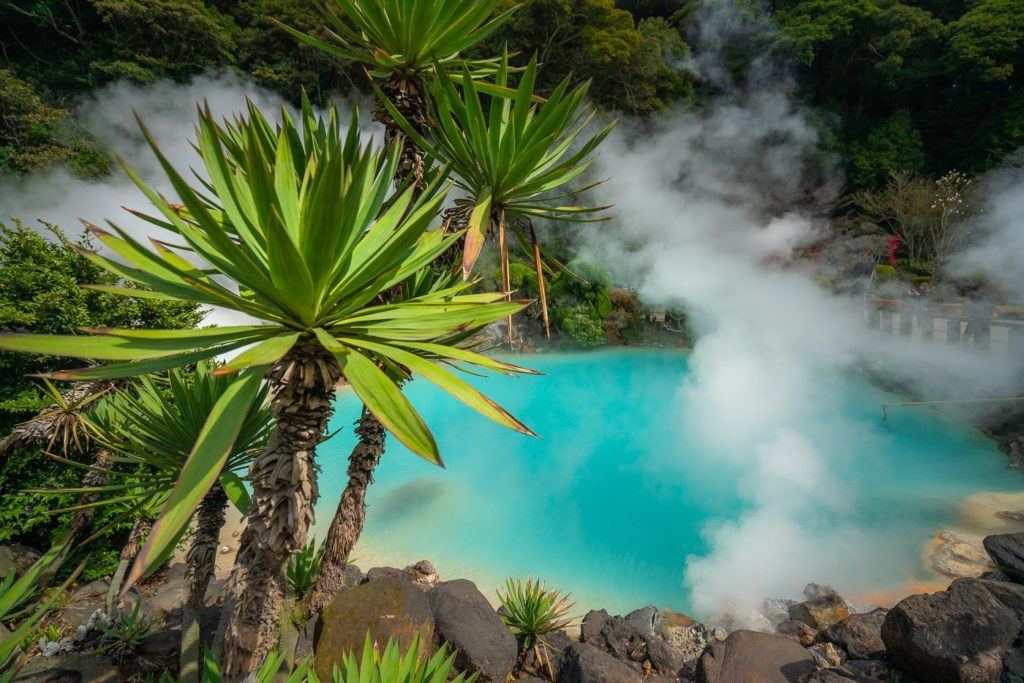
TAKACHIHO GORGE WATERFALL (Minainotaki Waterfall)
Takachiho Gorge is one of the most incredible natural attractions on Kyushu Island, Japan. In the forest of Miyazaki, the Gokase River runs through a gorge comprised of volcanic basalt columns where the 17-meter high Minainotaki Waterfall pours down on the awe-struck tourists below who are paddling the iconic rowboats through the narrow chasm.
Kyushu Island is beautiful in the summer and the fall, which are the most popular times for tourists. In the fall you get the beautiful tinged orange and different colors on the trees and in the summer you are blessed with the best weather. I visited in the winter, which was not the prettiest time as lots of the leaves were dead so there were plenty of sparse trees. However, Takachiho Gorge was at a lower elevation and in a spot that was still beautiful and green in the winter. The conclusion is pretty much that it is a year-round attraction, which will only differ slightly at various times throughout the year.
TAKACHIHO GORGE DAY TOUR
As I said above, Takachiho Gorge is a bit hard to get to with public transport so unless you have rented a car, the best way to get there is on the Takachiho Gorge Day Tour . The tour includes drop-off and pickup from your hotel, an English-speaking guide for while you are at the gorge. Helen the guide is an absolute legend and we loved this tour and this epic location.
CLICK HERE to check rates and availability for the Takachiho Gorge Day Tour
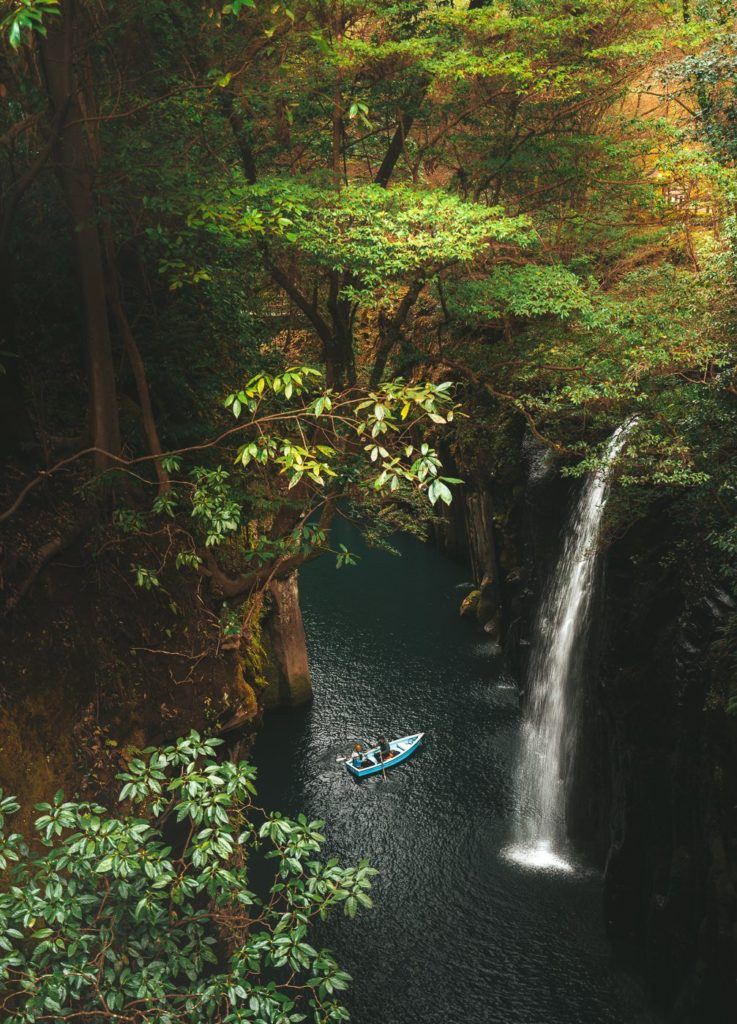
MOUNT KAIMON (KAIMONDAKE) HIKE
Mount Kaimon (Kaimondak) is an inactive volcano along the coast in the south of Kyushu known for its conical shape. The Mount Kaimon hike leads you through the forest on a steep, rocky trail up ladders and boulders to the summit where you are rewarded with coastal views from the top of the volcano.
The trail begins with an incline from the very first moment as you wind your way through the woodlands at the base of the volcano. It was a very beautiful part of the trail as the sunlight shone through the trees and into the mini canyons created by erosion on the path. At some points, the walls on either side of the trail were above head height, which added a unique atmosphere to the trail.
Read the full blog post for details and all photos: MOUNT KAIMON HIKE (KAIMONDAKE) IN KAGOSHIMA
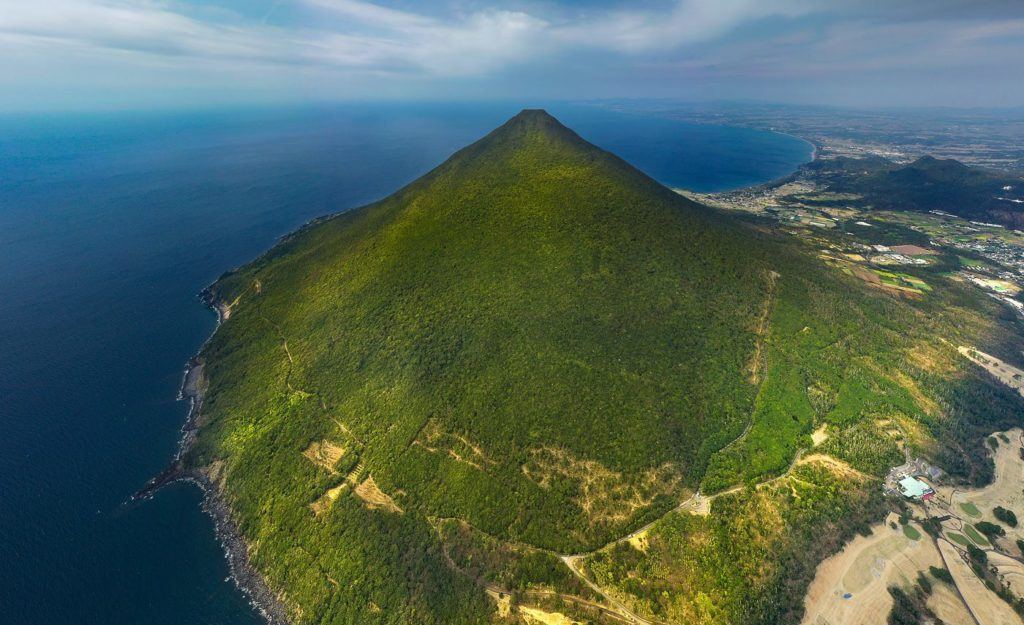
KAMISHIKIMI KUMANOIMASU SHRINE
The Kamoshikimi Kumanoimasu Shrine is hidden in the forests near Takamori, which is a little town in the Aso region of Kumamoto. It’s a very spiritual spot with lots of different spots to make prayers, receive good luck and perform a ritual. For example, you can touch the Hogeto Iwa Stone and you are said to be granted good luck, and the shrines sacred Nagi Tree is said to protect relationships. The Kamoshikimi Kumanoimasu Shrine is the inspiration of the manga ”Into the Forest of Fireflies’ Light” which was written by Yuki Midorikawa.
It’s an incredibly beautiful place with a forest stairway leading up to the shrine and then a huge underpass/cave where you can throw a coin onto the ledge for good luck.
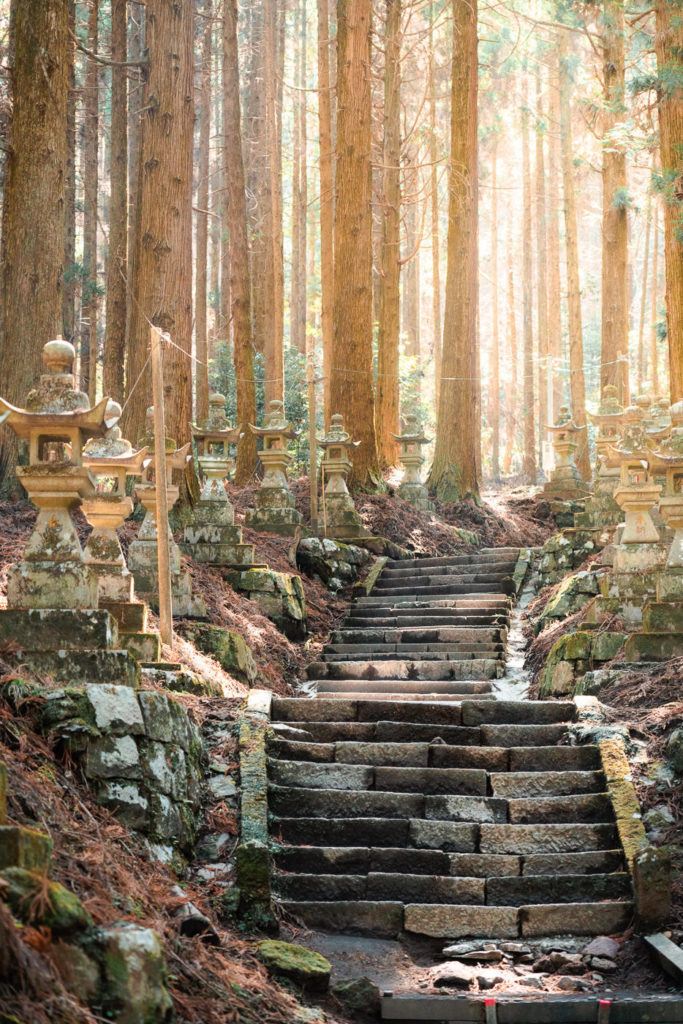
YAESONO FALLS
Yaesono Falls is a sweet little roadside waterfall, which you will find on the way to the Mount Karakuni hike in Kirishima. It’s probably not worth an adventure all on its own because you just park next to the road and check it out without needing to hike. However, if you are heading up to the Kirishima mountains for a hike it is only a small detour and is quite a nice waterfall surrounded by trees.
ENJOY AN ONSEN EXPERIENCE
Kyushu is famous for its hot springs and it is one of the most volcanic places in the world. It is Beppu that is at the center of this volcanic activity when it comes to onsens and hot springs with hundreds of different onsens, spa-resorts, and hot springs to test out. It’s definitely an experience you want to try at least once. The general premise of an onsen experience is that you will arrive fully clothed, strip down to naked, and then bathe in the hot spring water with the other locals and visitors. The minerals, temperature, and meditative experience are said to be very beneficial for your health.
I visited Hoyoland Onsen as they allowed people with tattoos to bathe whereas many do not due to traditional laws. There are lots of very scenic onsens to choose from but make sure you try it at least once as this is the most cultural experience you can have and one of the best things to do in Kyushu.
I didn’t take a photo at the onsen as it isn’t allowed and would be very weird as everyone is naked so I’ve added in a stock photo below to show you what it looks like.
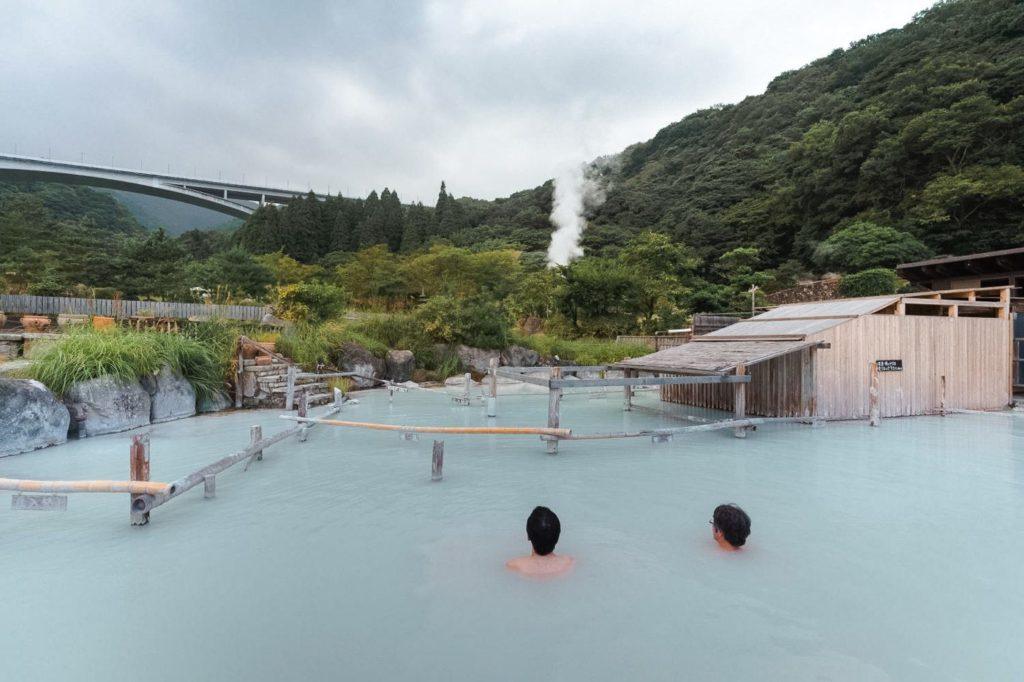
KEYA NO OTO HIKE IN ITOSHIMA
Keya no Oto is a beautiful coastal viewpoint of Itoshima, which has incredible views of the beach from the ominous ridgeline and a 64m cave below! You can hike all the way up onto the top of the ridge as there is a bit of a trail, which includes some basic bouldering/rock climbing. It isn’t a trail I would recommend unless you are athletic and adept at bouldering and climbing.
Atop the ridge, it was a very narrow path. A 50m+ drop on either side meant we had to focus on our steps until we reached a safer, wider spot on top of the ridge. We took a moment to relax up here, taking in the view of the beach and down to the volcanic cone at the other end of the coastline.
Read the full blog post for details and all photos: KEYA NO OTO HIKE IN ITOSHIMA
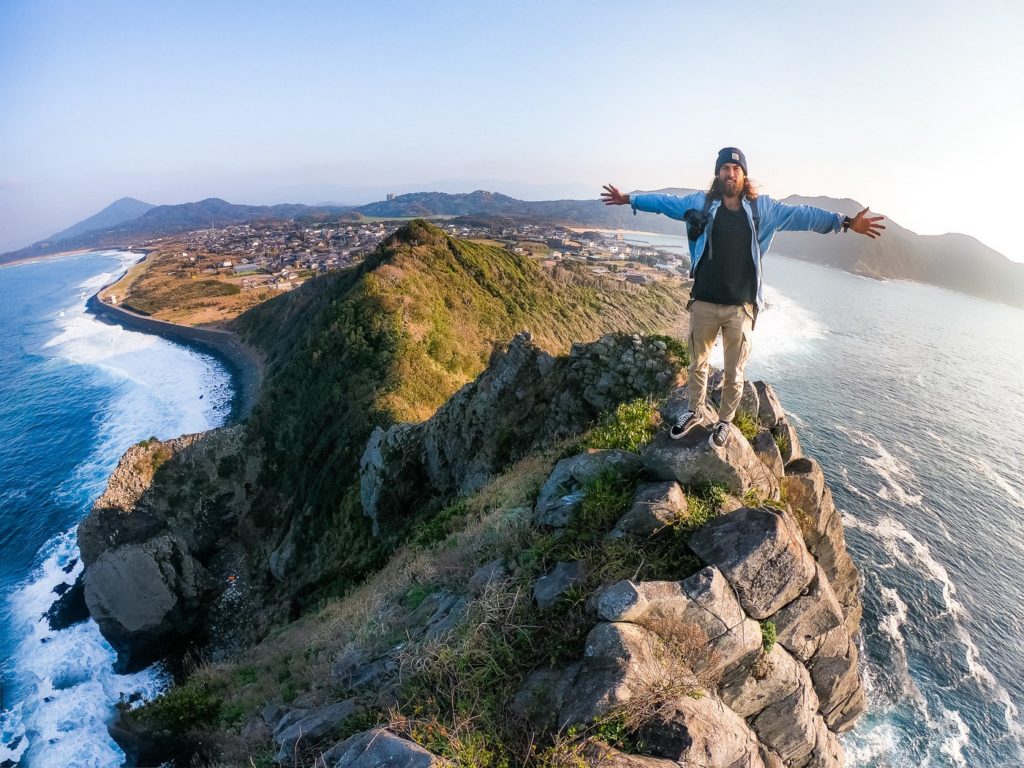
SUGARUGA FALLS
This is a bit of a strange one because the access was limited due to construction going on. There is usually a viewing point but I’m not sure if it will still be closed or not. We managed to fly the drone to still check out the waterfall but normally you can view it from the platform. Nevertheless, it was one of the most powerful waterfalls I came across on Kyushu Island.

MOUNT YUFU HIKE
While I was based in Beppu I headed up for sunrise one morning to hike Mount Yufu. It’s known as being quite a tough hike due to the consistent incline and relentless switchbacks that lead you up to the two peaks at the summit. However, on the day I visited, it was covered in the cloud at the top. We saw deer along the way and really enjoyed the hike. I know the view from the summit is pretty epic so I’ve added it onto this list with a photo from a day with better weather. It was a 7km round trip with more than 700m of an incline up the switchbacks. I’ve included a photo below of the view from the top and the view from below on a day in better conditions than when I hiked. Keep in mind, it is known for being a peak that is hard to catch on a clear day so do pick the best day of the week regarding weather.
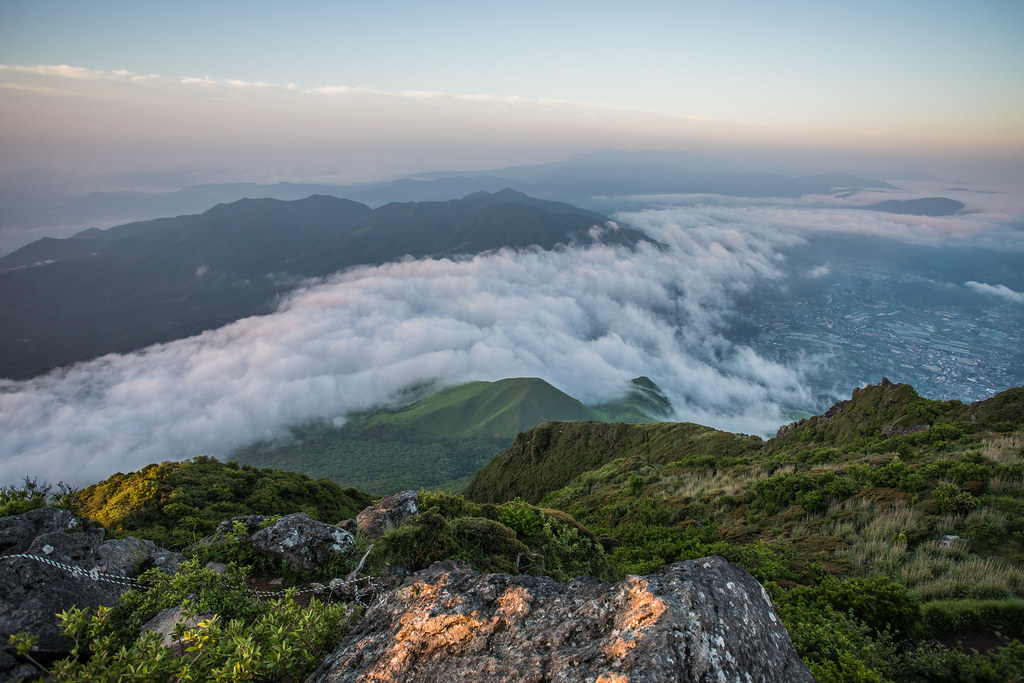
RYUMON FALLS
If you are staying near Kirishima then Ryumon Falls is definitely a spot I would recommend. It isn’t too far from Kirishima town and is a pretty epic waterfall. There is a small parking lot and then you walk about 500 meters to the viewing platform. You can go down closer to the base of the falls as well but it was a stormy, misty day when I visited and I was the only one there. I decided to just enjoy the view from the platform and snapped a photo from right there.
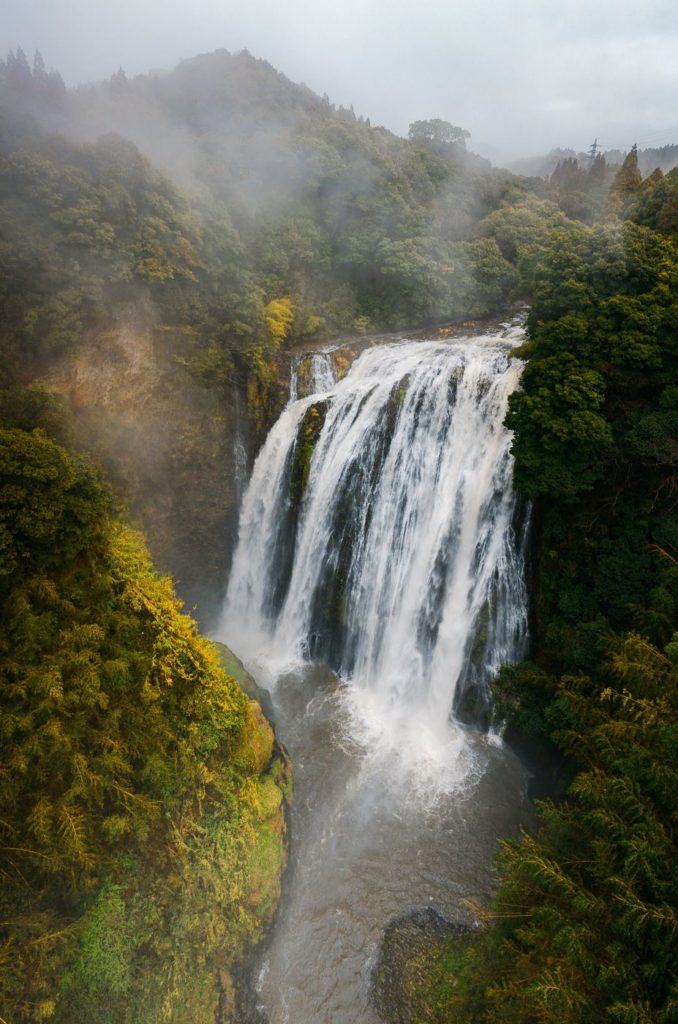
MOUNT TSURUMI HIKE
When you stay in the town of Beppu, you will always notice the mountains looming at the back of the valley. The highest point is called Mount Tsurumi and it’s actually possible to reach by cable car. However, there is a trail to the top if you are up for the very steep challenge. Of course, if you are just in it for the view, take the cable car but for those who love the adventure and want to spot some deer along the way the trail starts just around the backside of the cable car parking. Drive an extra half mile up the road past the cable car parking and you will find the trail entrance on the right side of the road. It’s on maps.me if you can’t find it.
At the summit, you have a beautiful view down over the town of Beppu and the entire beach. Just like Mount Yufu, on the day I visited, the weather was quite poor visibility with heavy fog so I have included a photo from a clearer day so you can decide if this is a hike you are keen to add to your Kyushu bucket list.
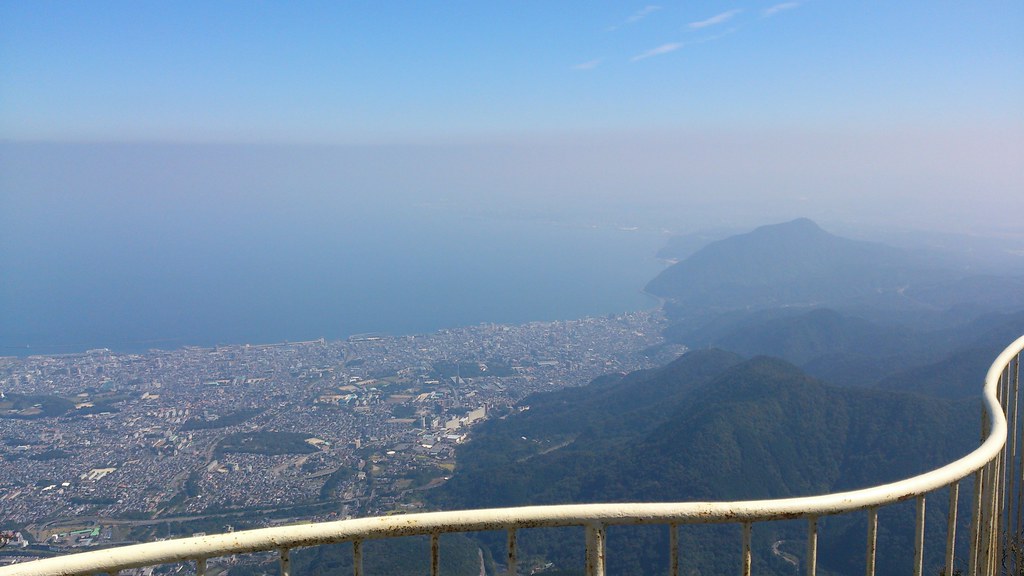
SEKINOO WATERFALL
Sekinoo is a pretty popular waterfall that has a suspension bridge viewing point. I visited it on the same day as Ryumon, Inukai, and the Kinzan Bridge so they are all within reaching distance of each other. This waterfall has a short walk down a forest path, which leads you to the suspension bridge where you can get up close enough to feel a bit of spray on a day with a heavy flow!

KINZAN BRIDGE WATERFALL
While the Kinzan Bridge waterfall is the biggest falls on Kyushu Island, it is a pretty unique little spot. The bridge is actually a serviceable road I used several times while exploring Kirishima and you can get down to river level for photos. I did take this shot from the drone as I floated it under the bridge while a meter or so above the water. There’s a small trail along the side of the river but parking is right next to the bridge so it is a good little pit stop but not the highlight of the day with Ryumon, Sekinoo and Inukai the bigger waterfalls in the area.
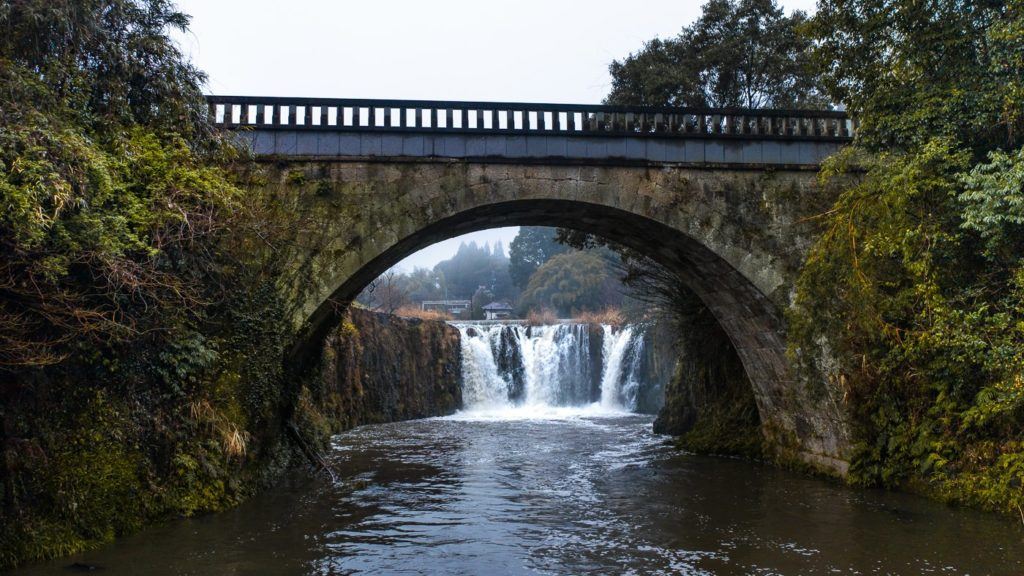
LA PUTA ROAD
La Puta Road was a bit of a local secret until a few years ago when the location gained some serious popularity. All around the edge of Mount Aso caldera are some epic viewpoints but the La Puta Road is really a sight to behold. There is a winding road that just needs to be seen to be believed as it snakes its way along the precarious cliff edge. It’s important to note that technically this site is now closed due to a landslide and it is simply not possible for cars to drive this route anymore. You can just walk up the hill for a bit of a look from a safe spot though although there were some temporary blockages to the walkway. Enter at your own risk on this one as it is technically closed although walking to the hill viewpoint is not of high danger compared to going down near the road where the landslides were. I’ve seen some epic, epic photos here when the grass is green and low-lying fog makes it look like the road is simply floating on clouds.
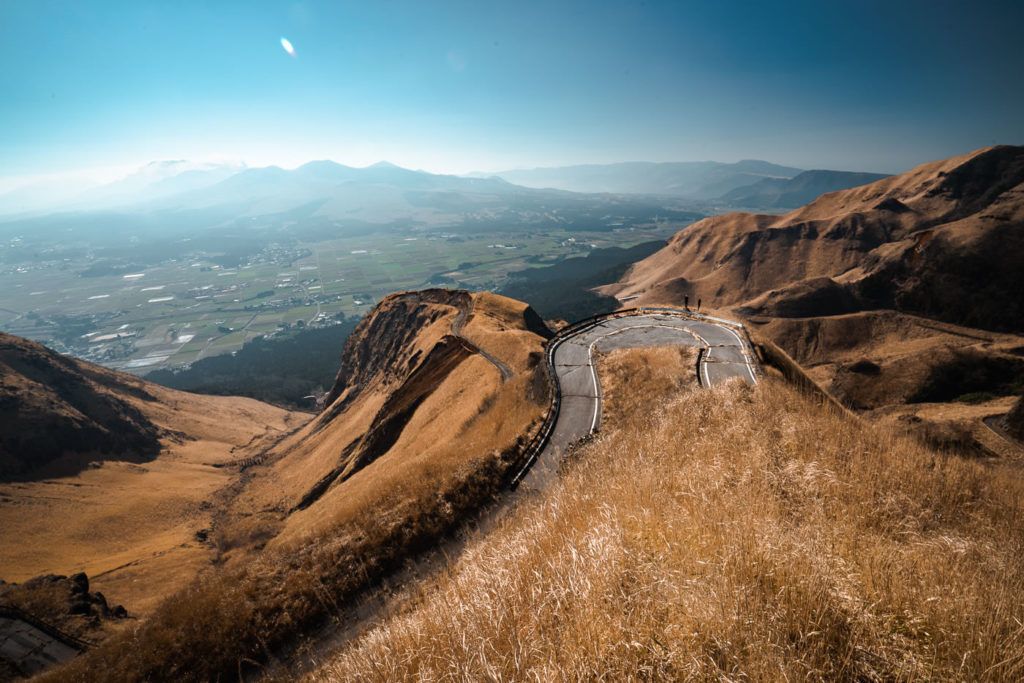
KUMAMOTO CASTLE
Kumamoto Castle is one of the most beautiful castles in all of Japan with it’s large, scenic grounds and a variety of buildings it offers visitors a complete castle experience. It is one of a few structures that have survived the centuries since it’s construction in 1607. There have been a number of maintenance and reconstructions but it is one of the most well-preserved castles in Japan. It’s best to visit the castle from March to April when the 800+ cherry blossoms are in full bloom making the entire area a fairytale location.
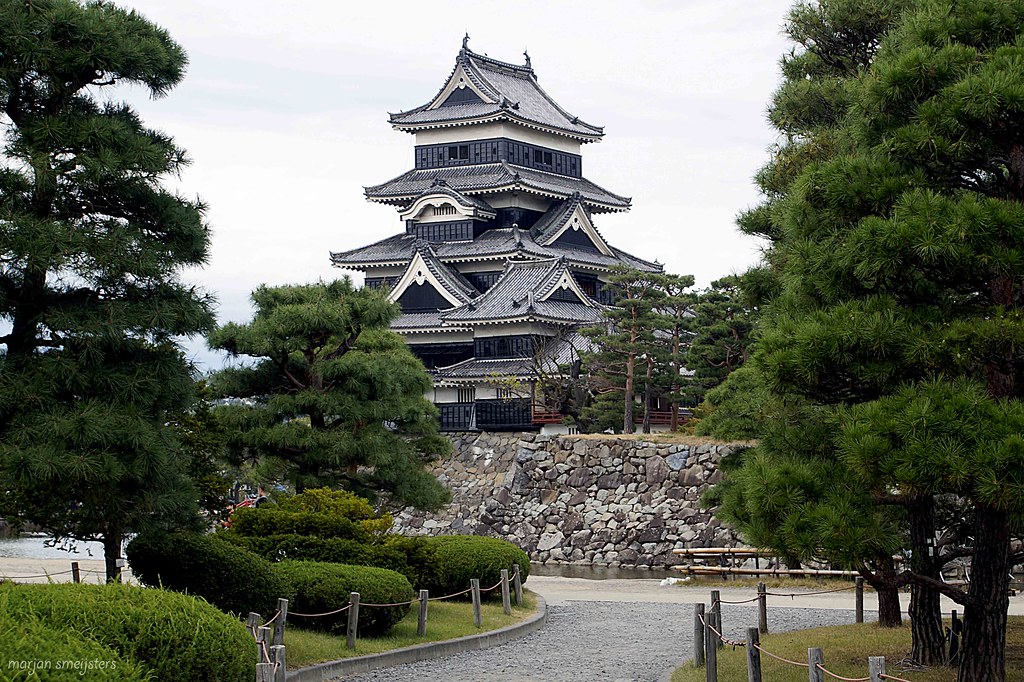
SUSUHARA VIEWPOINT
There are lots of great places to view Sakurajima Volcano but I really enjoyed the little Susuhara viewpoint all to myself as I watched the plumes come out of the very active volcano near Kagoshima. I actually stopped off here on the way to the Mount Kaimon hike but there were lots of different viewpoints with great views of Sakurajima Volcano so if not Susuhara, make sure you stop somewhere along the way to observe this epic volcano.
KOKONOE YUME OTSURIHASHI SUSPENSION BRIDGE
The Kokonoe Yume Otsurihashi Suspension Bridge is in the west of Oita and is the longest and highest pedestrian bridge in all of Japan! From the bridge, you look down 173-meters below to the Naruko River which sits in the steep gorge. From the bridge, you can see the Kuju Mountains and the Handa highlands as well as several waterfalls nearby.
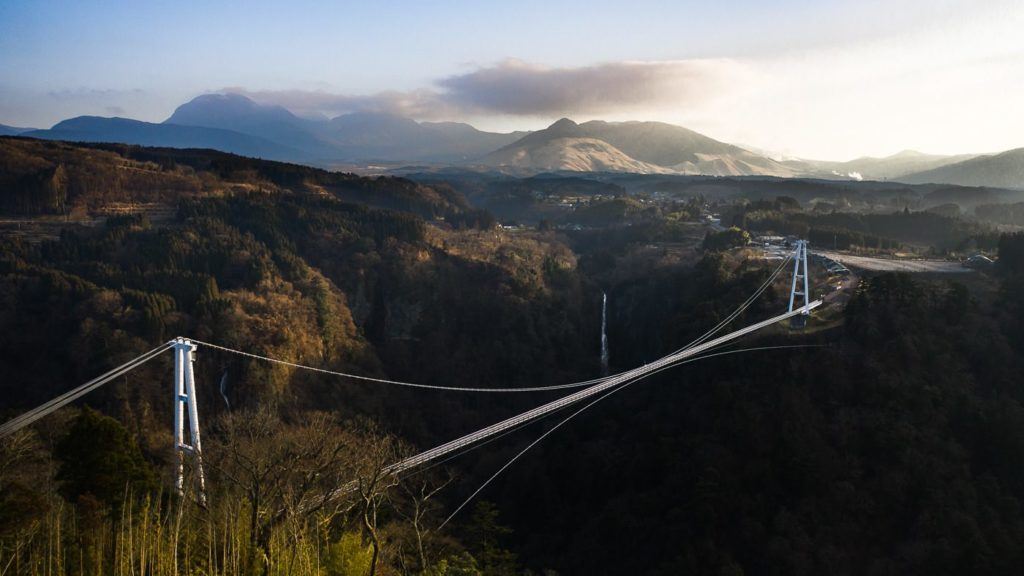
KUNIMIGAOKA VIEWPOINT OF BEPPU TOWN
Just before you get into Beppu make sure you stop at the Kunimigaoko Viewpoint where you will have the best views over this famous hot spring region. I was there in the middle of the day so the lighting was a bit tough but if you came up here for sunrise or sunset you would be in for an absolute treat as you will see the beautiful colors of the ocean as the light peaks over the mountains.

HOW TO GET AROUND KYUSHU FOR ADVENTURERS
While the train may suit those in Tokyo, Kyoto, Osaka, and even in Fukuoka, it won’t cut it out here on Kyushu. The trains will get you from major towns and even into some regional areas with bus connection but almost all of the adventure sports I visited had no bus connection. When I searched on Google Maps and clicked the public transport option it would just say ‘not available’. It was very clear, very quickly that Kyushu island is best to explore by car, especially if you are doing hikes and activities outside of the city (literally everything on this list).
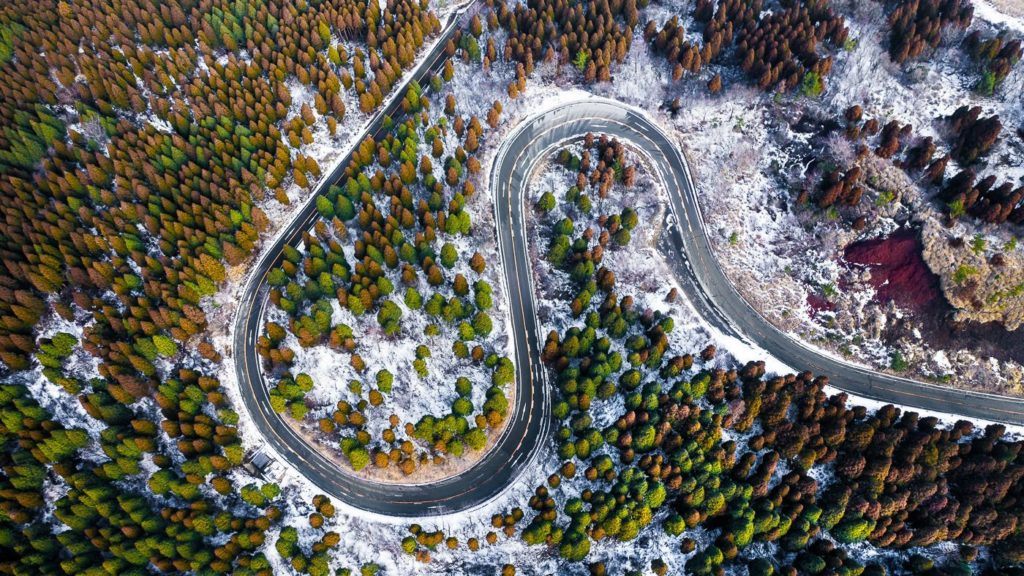
*** It is extremely important to know that you MUST HAVE an international driver’s license to rent a car in Japan. In fact, they won’t even look at your actual driver’s license and only want to see the international driver’s license. Take that seriously as they genuinely will not give you the car and likely no refund if you don’t have that. To get one you need to be in your country of residence and you can get one on the spot or order online and receive it in a week or so. Make sure you organize that in advance as I almost got caught out not knowing that.
BEST TIME TO VISIT KYUSHU
I visited in February, which was winter and freezing. I don’t advise it but it was still epic. The best time to visit Kyushu is most definitely not winter. It’s not really a ski destination so likely you will be freezing and all of the leaves will be dead so the landscapes will not be as beautiful as other times of the year. There are a few drawcards to each season so I will go through them below.
- Fall/Autumn: The temperature is mild and comfortable making it great for hikes and adventuring. If you time things right, you will get the beautiful fall colors out on the trails!
- Spring: This is definitely the most popular season to travel to Kyushu with sunny days and comfortable temperatures. It is very popular at this time due to the cherry blossoms and flowers that are in full swing at this time of year.
- Summer: While not known for its beaches, Kyushu does offer a number of great swimming spots and beaches to explore. For hiking, it may get a little hot but (up to 30 degrees celsius) never reaching temperatures that would limit your adventures.
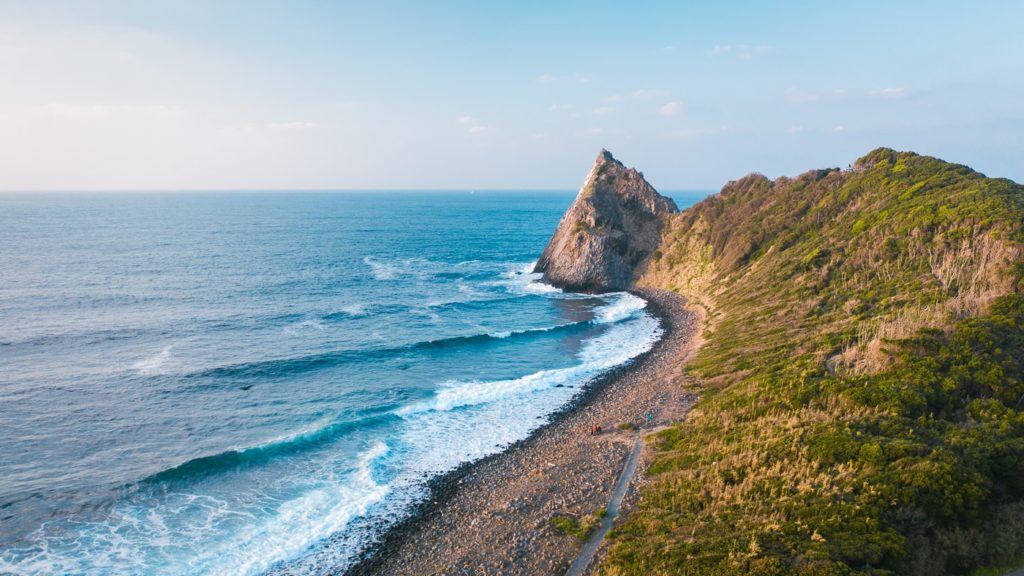
WHERE TO STAY IN KYUSHU
- Best Luxury Place to Stay in Fukuoka: Hotel WBF Grande Hakata (Value): This is by far the most popular hotel and one of the most luxurious in Fukuoka.
- Best Value Place to Stay in Kumamoto: Hotel The Gate Kumamoto (Value): Hotel The Gate is a well-situated accommodation in the heart of Kumamoto, just across the train station and within walking distance to shops and restaurants.
- Best Luxury Place to Stay in Kumamoto: Kumamoto Hotel Castle (Luxury): Set near the infamous Kumamoto Castle, this luxury hotel features a wide range of carpeted rooms from standard rooms to suites fitted with plush amenities.
For a full list of the top-rated places to stay in Kyushu, you can check out my comprehensive guide: WHERE TO STAY IN KYUSHU: BEST REGIONS & HOTELS

ARE YOU FOLLOWING MY KYUSHU BLOG SERIES?
I spent over three weeks exploring Kyushu and visited some incredible waterfalls, hiked some amazing trails, and visited a number of epic volcanoes. I created a number of guides to help travelers find the best spots in Kyushu. You can explore the articles by clicking on the links below.
- The Ultimate Kyushu Bucketlist: 30 AWESOME THINGS TO DO IN KYUSHU
- The best places to stay in Kyushu in each region: WHERE TO STAY IN KYUSHU: BEST REGIONS & HOTELS
- How to plan your Kyushu vacation: THE ULTIMATE KYUSHU ITINERARY: 5-DAY, 7-DAY & 10-DAY
- Interested in chasing waterfalls?: 12 AWESOME WATERFALLS IN KYUSHU
- Keen for some epic hiking?: 11 AWESOME HIKES IN KYUSHU
- Everything you need to know about Oita: 11 AWESOME THINGS TO DO IN OITA
- Your Ultimate Guide to Kumamoto: 13 AWESOME THINGS TO DO IN KUMAMOTO
- My favorite waterfall in Kyushu: TAKACHIHO GORGE – MOST BEAUTIFUL WATERFALL IN JAPAN
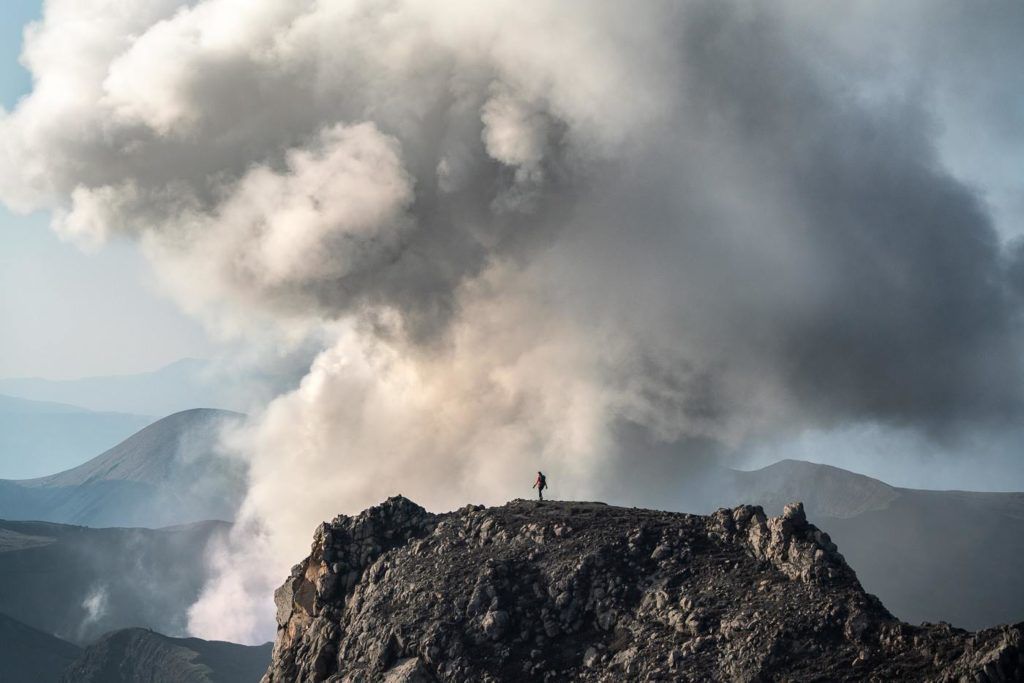
Monday 21st of March 2022
I've hiked, biked and road tripped around Aso several times but I still found several things here that I haven't seen yet and will have to check out this time! Thank you!!
Friday 16th of April 2021
I've been to Kyushu many times but there are still so many places to check out! Beautiful photos, and thanks for giving me a few more ideas. Counting down the seconds until I can get back there again.
Saturday 17th of April 2021
It's such an underrated hiking destination!
Perth Is Ok
Friday 12th of February 2021
kyushu one of the amazing place to visit in Japan. There are many famous places which attract the people around the world. You have mentioned best things to do in Kyushu. Thanks for this blog.
Wednesday 10th of February 2021
I am a photographer and love to explore world with my camera. In 2018 i was there for 15 days tour, and that was my best ever journey, lots of new foods, culture and temples i have seen there, even the language i tried to learn, but failed! Apart from all, i enjoyed a lot. Your article remind old days, Thanks for sharing wonderful post.
Stella Wilson
Wednesday 7th of October 2020
Hi Jackson, Wonderful blog. I really like the way you write. It is one of the best blogs I have read on Kyushu. Thanks for sharing these beautiful photographs. I am travelling to this amazing place in December. Looking forward to reading more of these articles.
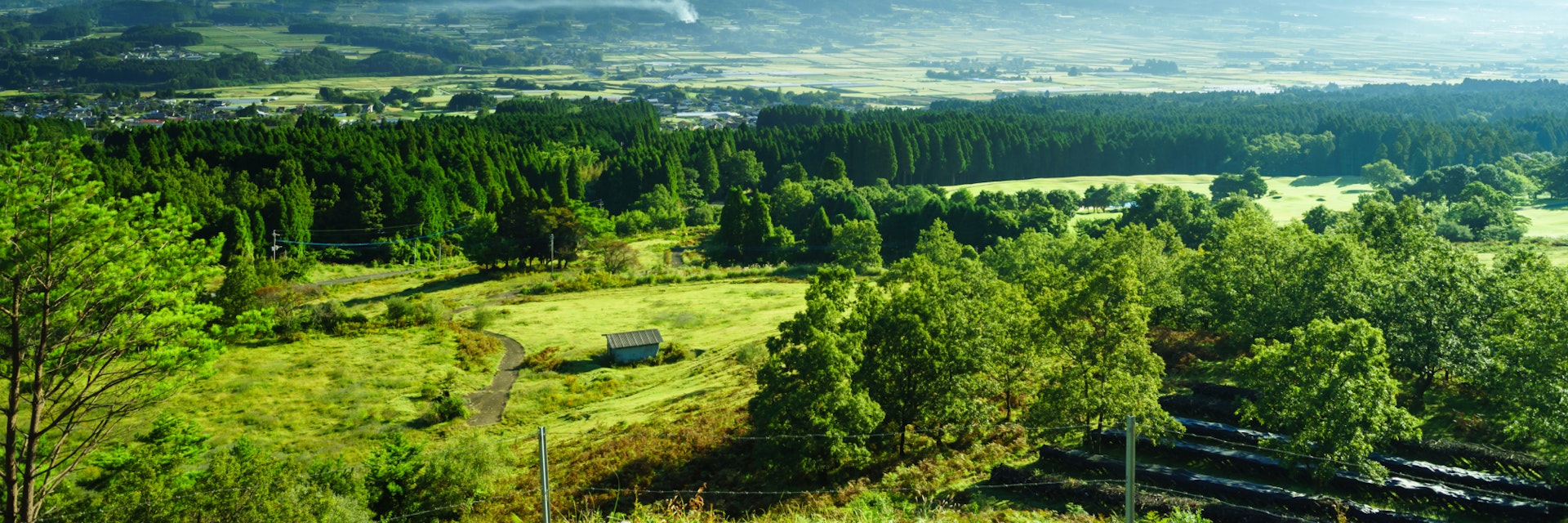
Shutterstock / naru7
Kyūshū (九州), Japan's southern- and westernmost main island, is arguably its warmest and most beautiful, with active volcanic peaks, rocky, lush and near-tropical coastlines, and great onsen (hot springs) virtually everywhere. History and legend were made here: Jōmon ruins, Shintō's sun goddess, wealthy trading ports, cloistered foreigners, samurai rebels and one of the earth's greatest wartime tragedies all loom large.
Leave the planning to a local expert
Experience the real Kyūshū. Let a local expert handle the planning for you.
Attractions
Must-see attractions.
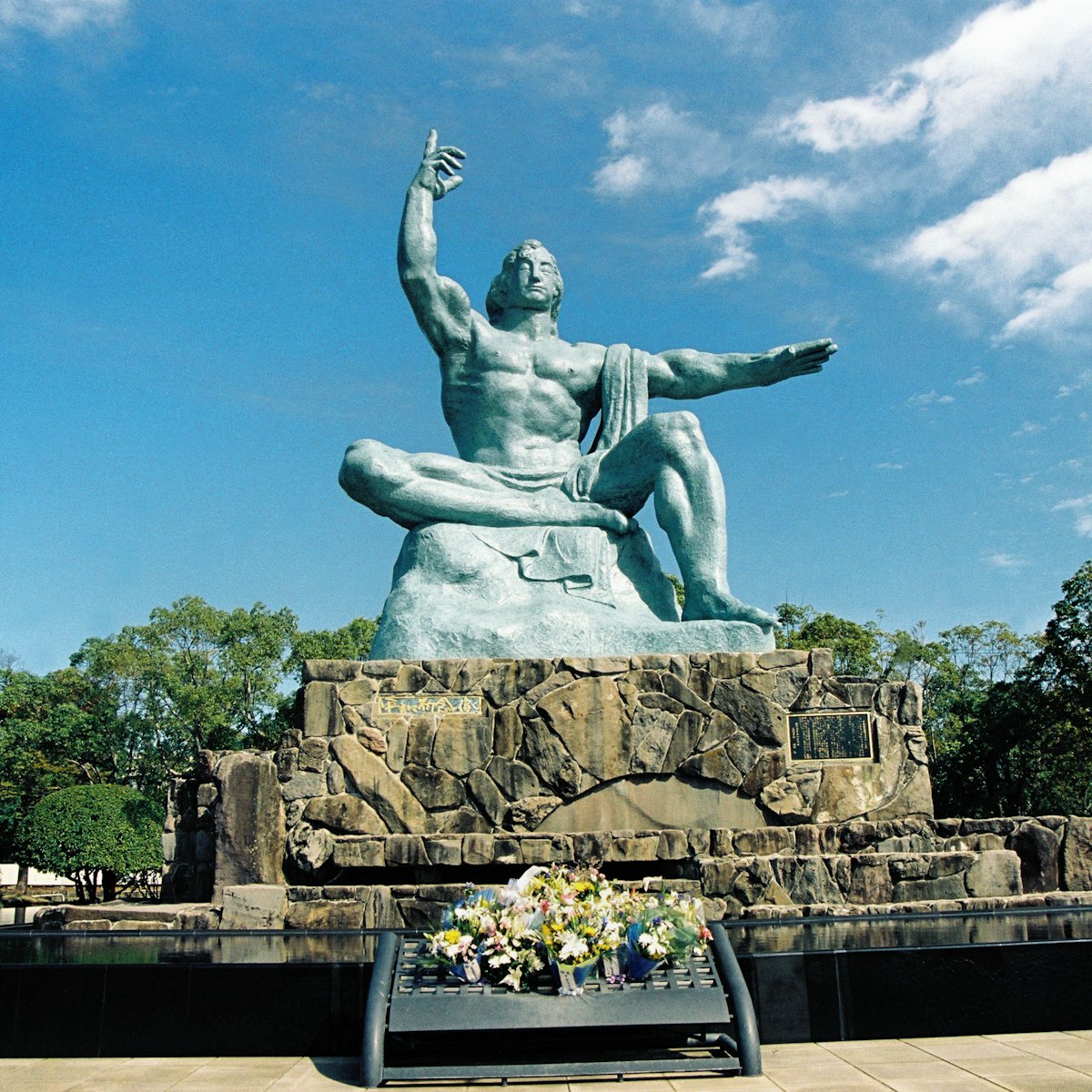
A still, serene and deeply moving place, Nagasaki's Peace Park commemorates the atomic bombing of the city on August 9, 1945, which reduced the…

Nagasaki Atomic Bomb Museum
On 9 August 1945, the world's second nuclear weapon detonated over Nagasaki, and this sombre place recounts the city's destruction and loss of life…
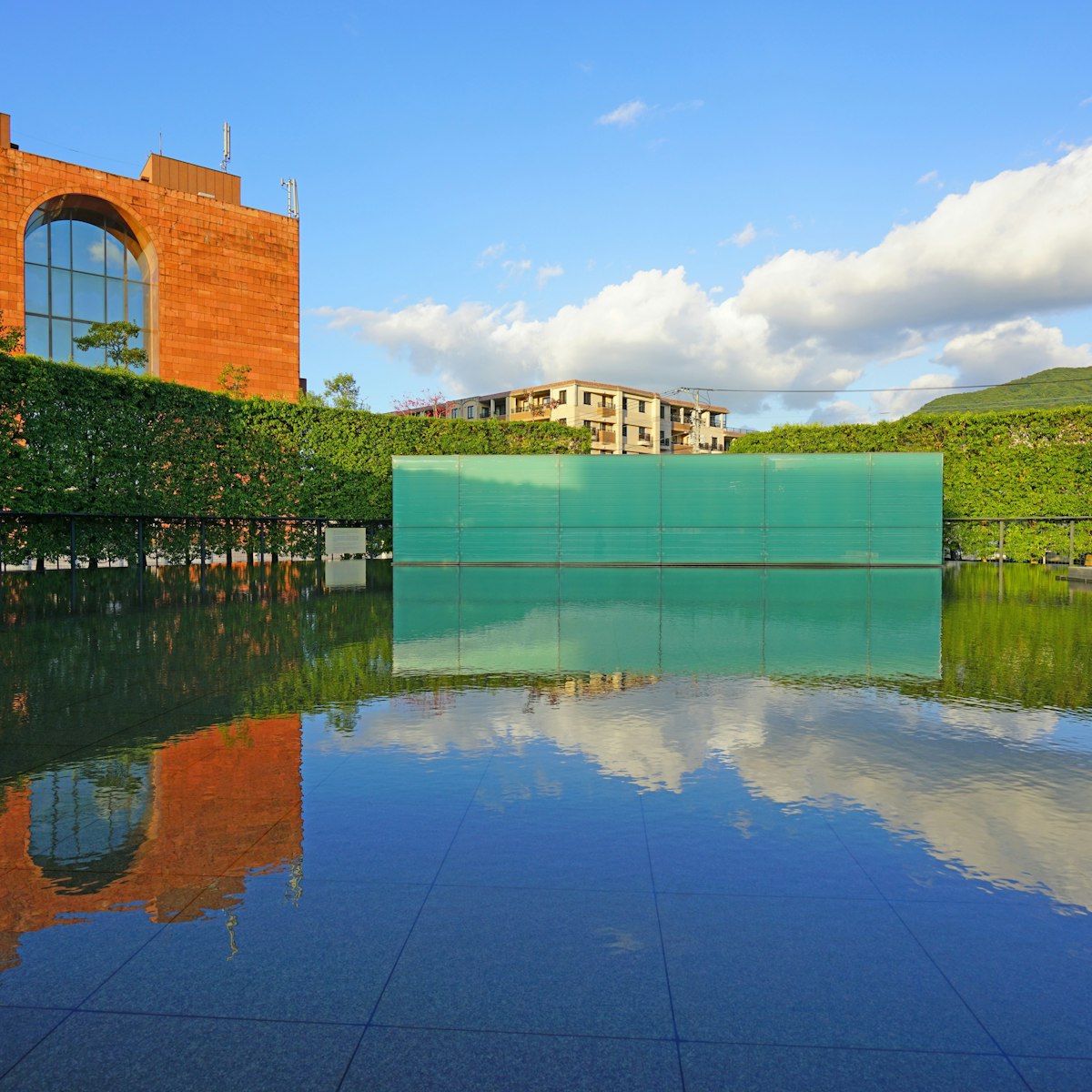
Nagasaki National Peace Memorial Hall for the Atomic Bomb Victims
Adjacent to the Atomic Bomb Museum and completed in 2003, this minimalist memorial by Kuryū Akira is a profoundly moving place. It's best approached by…
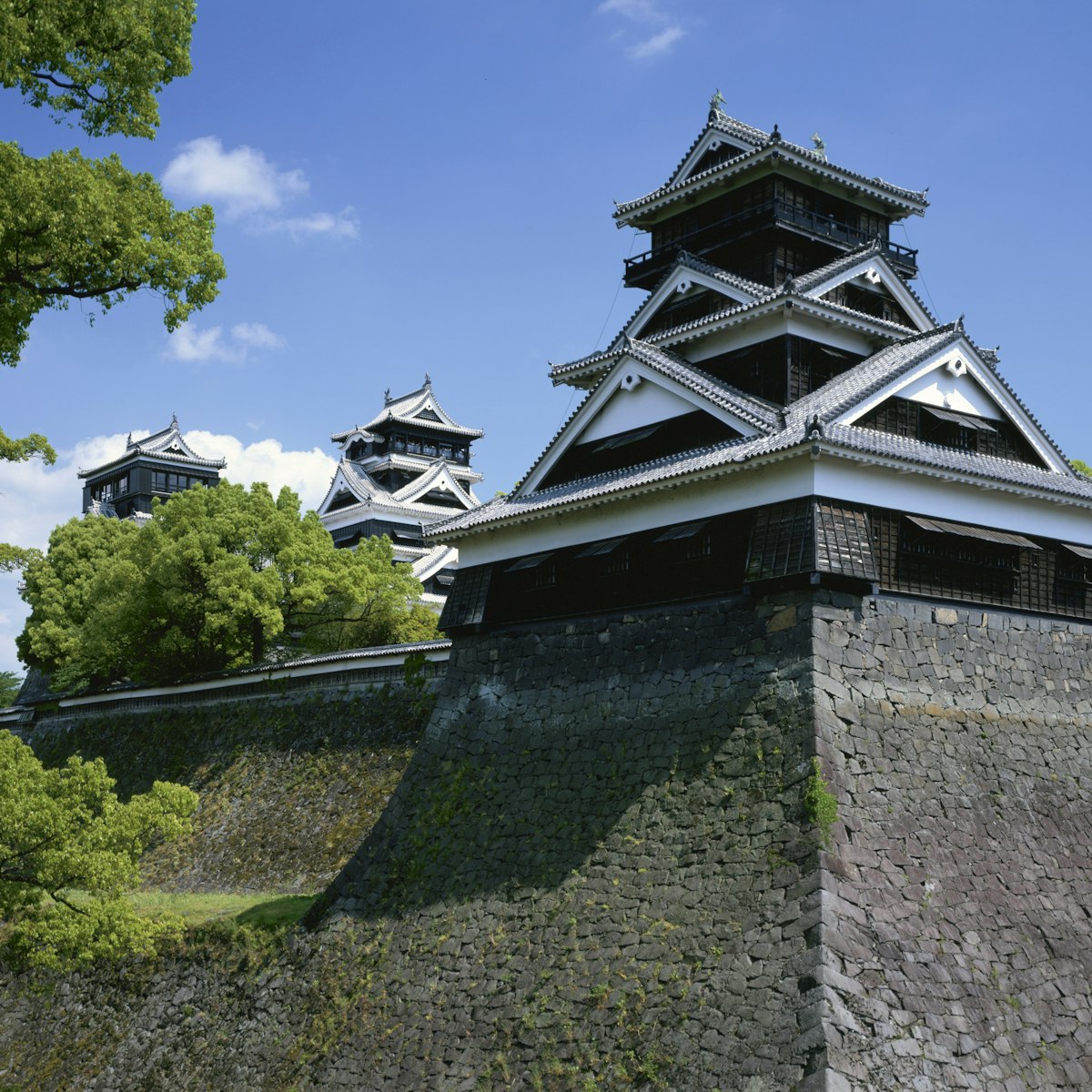
Kumamoto-jō
Dominating the skyline, Kumamoto's robust castle is one of Japan's best, built in 1601–07 by daimyō Katō Kiyomasa, whose likeness is inescapable around…
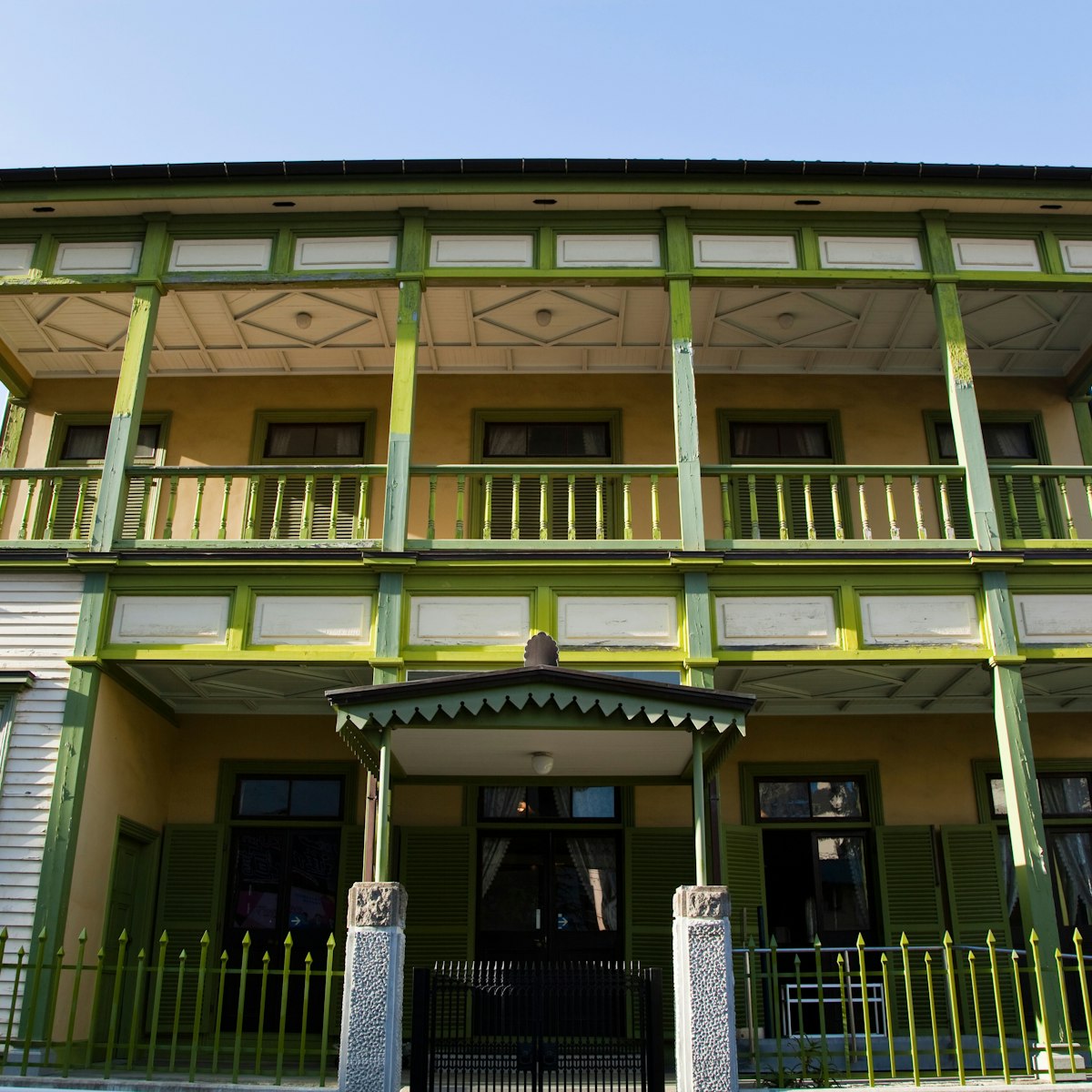
In 1641 the Tokugawa shogunate banished all foreigners from Japan, with one exception: Dejima, a fan-shaped, artificial island in Nagasaki harbour. From…
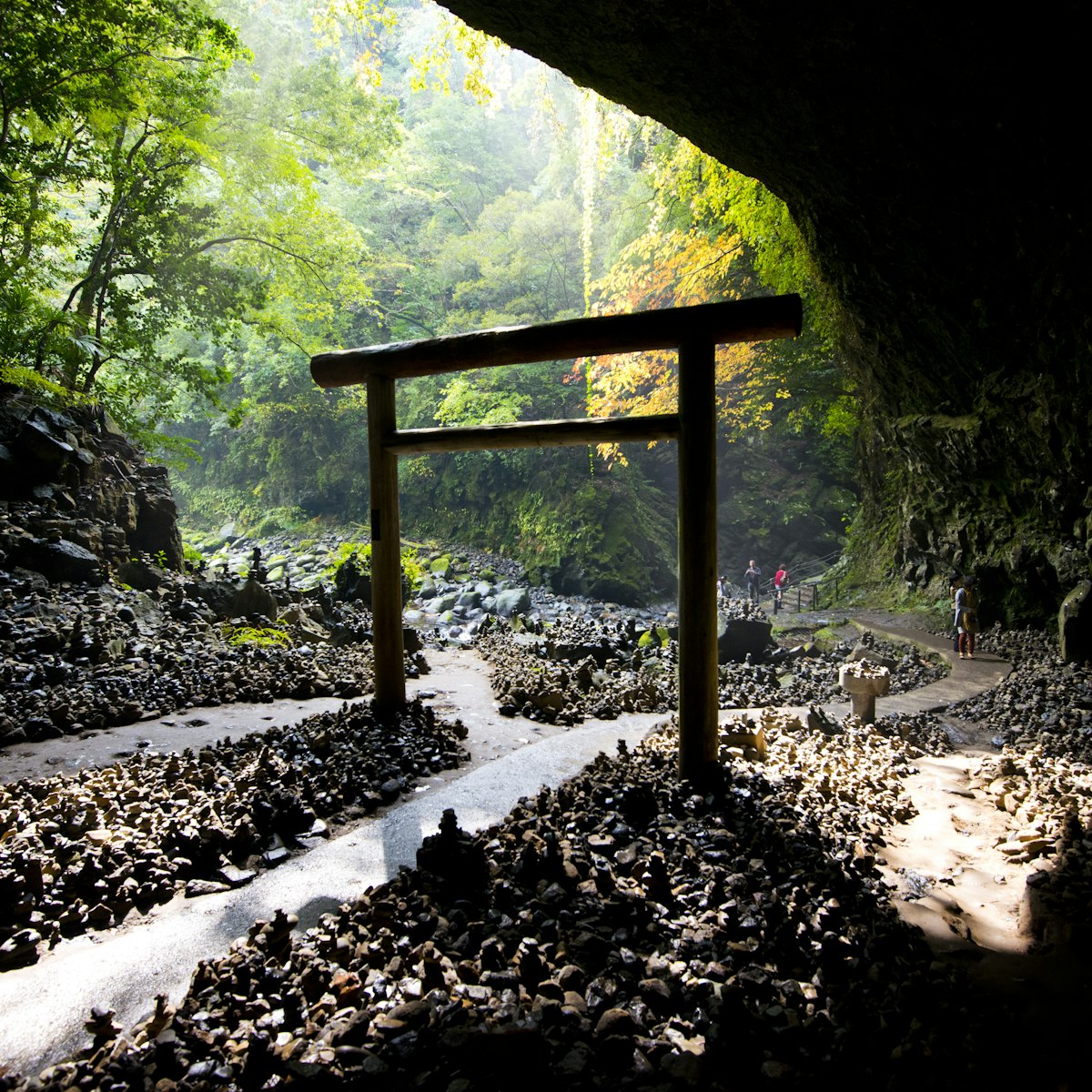
Ama-no-Iwato-jinja
One of Shintō's loveliest shrines honours the cave where the goddess Amaterasu hid. The cave itself is off-limits, but Nishi Hongū (the shrine's main…
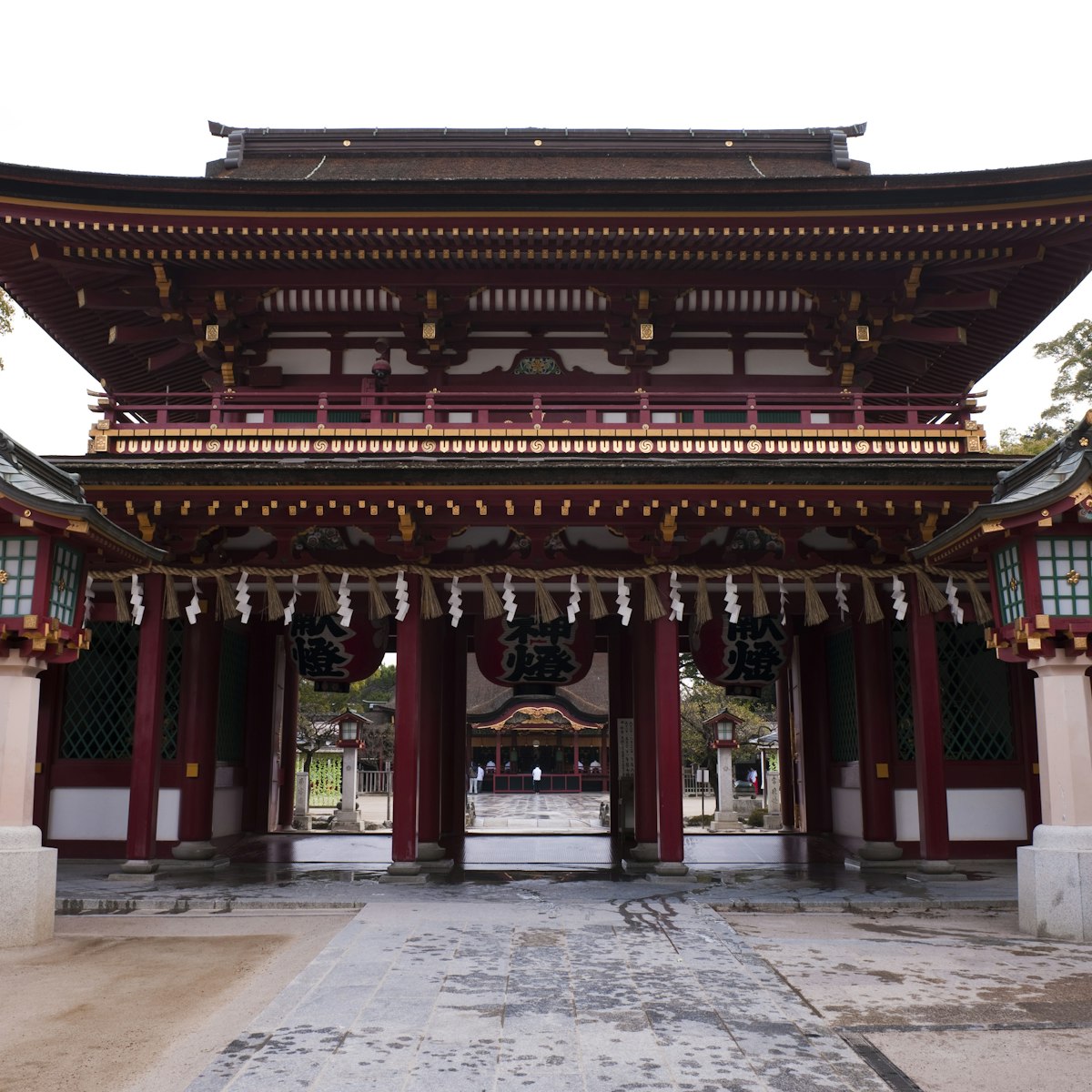
Dazaifu Tenman-gū
Among the countless visitors to the grand, sprawling Tenman-gū – shrine and burial place of poet-scholar Tenman Tenjin – are students making offerings and…

In 1658, the 19th Shimazu lord laid out his pleasure garden on this hilly, rambling bayside property of groves, hillside trails and one of Japan's most…
Plan with a local
Experience the real Japan
Let a local expert craft your dream trip.

Latest stories from Kyūshū
Filter by interest:
- All Interests
- Adventure Travel
- Art & Culture
- Beaches, Coasts & Islands
- Food & Drink
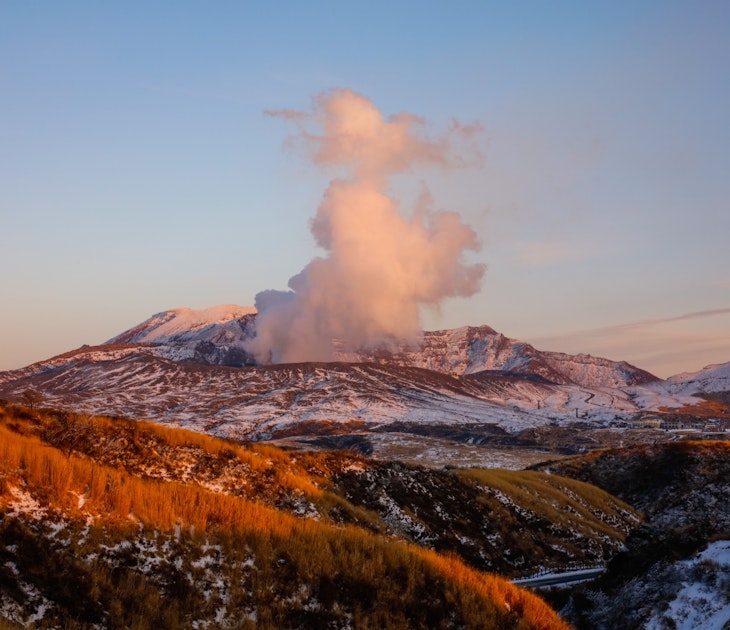
Dec 21, 2021 • 6 min read
Mt. Aso is the perfect place to appreciate the impact of fire and water – the elemental forces that continue to shape life in Japan
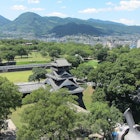
Mar 30, 2021 • 7 min read
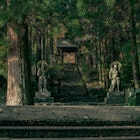
Mar 30, 2021 • 11 min read
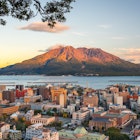
Mar 29, 2021 • 5 min read
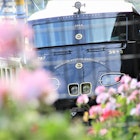
Nov 27, 2020 • 2 min read
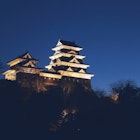
Jan 31, 2020 • 2 min read
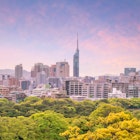
Oct 15, 2019 • 5 min read
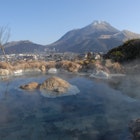
Aug 26, 2019 • 5 min read
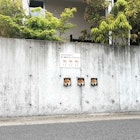
Jun 20, 2018 • 1 min read
Purchase our award-winning guidebooks
Get to the heart of Kyūshū with one of our in-depth, award-winning guidebooks, covering maps, itineraries, and expert guidance.
Kyūshū and beyond
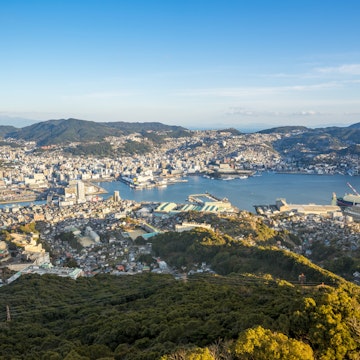

One Week in Kyushu Itinerary: Explore the Best of Northern Kyushu, Japan
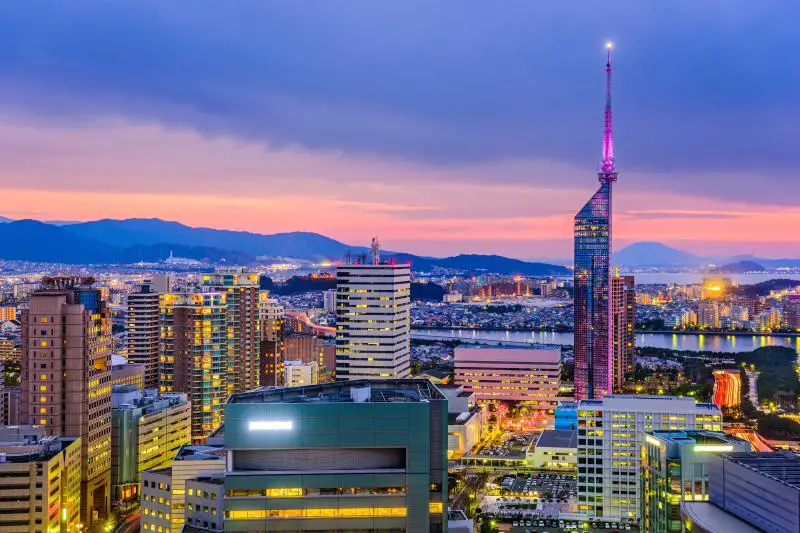
While most people associate Japan with Tokyo , Kyoto , and Osaka , one area that needs to be on your Japan itinerary is Kyushu Island. Kyushu is the third largest island in Japan’s archipelago and is located in the southern area of the country.
Where are the best places to visit in Kyushu? Since the island is HUGE, we suggest that you spend the time in Northern Kyushu, specifically Fukuoka, Beppu, and Nagasaki. These underrated cities will give you an introduction to its beautiful landscapes and mountains, history, and mouthwatering local cuisines. Plus, these areas don’t attract huge crowds like in Tokyo and Kyoto.
We suggest that you spend at least 1 week in Kyushu. This Kyushu 7 days itinerary highlights the cities to visit in Kyushu, transportation options, and recommended places to stay. As with any travel itinerary that we share, feel free to mix up the sightseeing attractions based on your interest and time.
Now let’s visit these Kyushu must-see tourist attractions!
Click on the links below to jump to certain sections of this Kyushu itinerary for 7 days.
- Map of Kyushu
- How to Travel Around Kyushu
- Fukuoka (Days 1-2)
- Beppu (Days 3-4)
- Nagasaki (Days 5-6)
- Free Day or Departure (Day 7)
*Disclaimer: Traveling to Kyushu, Japan? This post contains affiliate links to Kyushu tourist attractions. If you click on them and make a purchase, we receive a small commission. There is no additional cost to you. Appreciate the support.
Map of Kyushu Itinerary for 1 Week
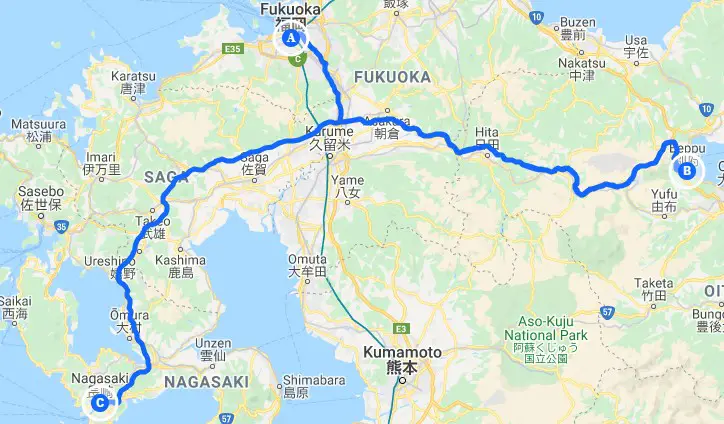
Click on the image above to see a larger version of where you’ll go on your Kyushu itinerary. Credit: Map data: Google
How to Travel Around Kyushu Using JR Pass
The best way to travel around Kyushu and all of Japan is by using the shinkansen high-speed train operated by Japan Rail (JR) Group. The shinkansen is convenient to use since they are fast, always arrive and depart on time, have comfortable seats, and run constantly. They also connect to the local train lines. Using the shinkansen is also a sustainable way to travel since you reduce your carbon footprint for long-distance travel.
All visitors with a temporary visa have the opportunity to use the shinkansen if you have a wide-area Japan Rail (JR) Pass , JR Sanyo-Sanin – Northern Kyushu Pass , or JR Kyushu Pass . With the pass, you’re able to travel within a large area (basically all of Japan), take JR local and fast-speed train lines. You won’t be able to take the Nozomi and Mizuho fast line but the Sakura and Hikari still are quite fast with a few extra stops along the way.
You would need to calculate if it’s more cost-efficient to have a wide-area JR Pass, Sanyo-Sanin – Northern Kyushu Pass, or Kyushu Pass. Once you have your Kyushu itinerary ready, you can use this scheduler to determine the cost and the departure/arrival times of the shinkansen.
The wide-area JR Pass is beneficial if you plan to visit different areas of Japan. They have a 7, 14, and 21-day pass. Buy your JR pass for a discounted price here .
The Sanyo-Sanin – Northern Kyushu Pass is for the Kyushu area and also travels to/from the Osaka area. This pass lasts 7 days. Buy your pass here for a discounted price.
JR Kyushu Pass is available but has duration of 3 or 5 days. This pass is good if you fly to Kyushu and don’t plan to travel outside of the island. Buy your JR Kyushu Pass here .
You’ll need to purchase the JR pass in advance and exchange the voucher for the physical ticket at the shinkansen ticket office on your arrival. It’s recommended that you also reserve seats in advance so you don’t need to worry about not getting one in the non-reserved seating car. You can reserve seats in person at the ticket office.
This post will focus on using the shinkansen between the cities since that was our main mode of transportation.
Kyushu Itinerary Day 1-2: Fukuoka
Fukuoka ( 福岡市) is the main city in Fukuoka Prefecture. As the northern city in Kyushu, it’s the perfect introduction to this island. With a mix of traditional and metropolitan architecture and culture, you’ll love spending a few days in Fukuoka (also referred to as Hakata in the Hakata area). If you are a huge ramen eater, you’ll love eating your way through this city.
Read our detailed Fukuoka itinerary here.
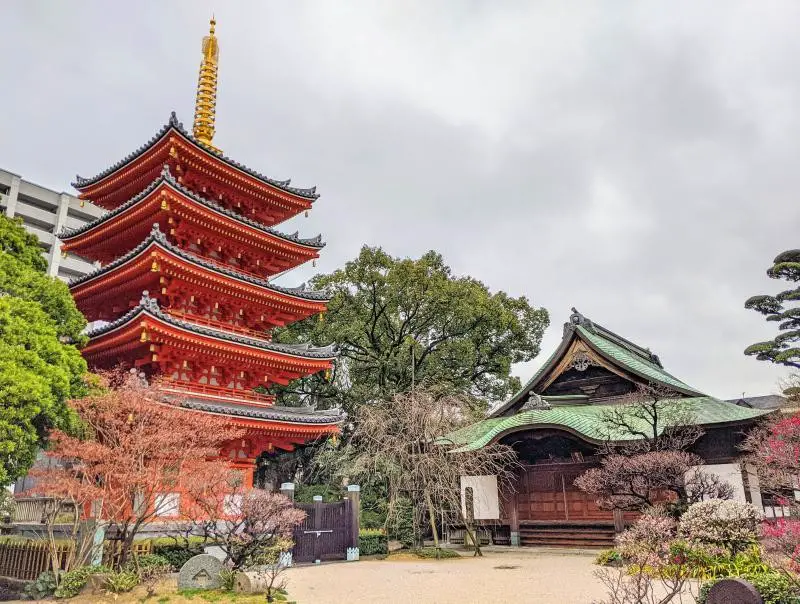
Tochoji Temple is a recommended place to visit in Fukuoka.
How to Get to Fukuoka
Fukuoka has an international airport and it’s only 6 minutes away to get to the main station, Hakata Station ( 博多駅) by train. From the Fukuokakuku Station ( 福岡空港駅) at the airport, hop onto the local train on the Kuko Line and go two stops to Hakata Station.
By Shinkansen
If you’re coming from Honshu Island where Tokyo, Osaka, and Kyoto are located, you’ll need to take the shinkansen directly to Hakata Station. Travel times will vary depending on your starting location.
Top Things to Do in Fukuoka
- Eat Hakata ramen (also referred to as tonkotsu ramen) when you’re in Fukuoka. Many of your favorite ramen shops originated here such as Ippudo, Ichiran, and Shin-Shin Ramen. You can easily spend the day trying different ramen branches.
- Take a historical walking tour . Visit important temples and shrines such as the Kushida Shrine and Tochoji Temple which is close to Hakata Station.
- Walk along the riverfront and try the Yatai food stalls in the evenings. It’s similar to hawker food stalls in Singapore .
- Go shopping at Canal City , a multi-level shopping center that has boutique and popular stores.
- Check out the old ruins of the Fukuoka Castle .
- See the views of Fukuoka city from Fukuoka Tower .
- Explore Dazaifu on a day trip . It was originally Fukuoka’s former government area so you can see ancient ruins of the buildings and also check out the shrines and temples.
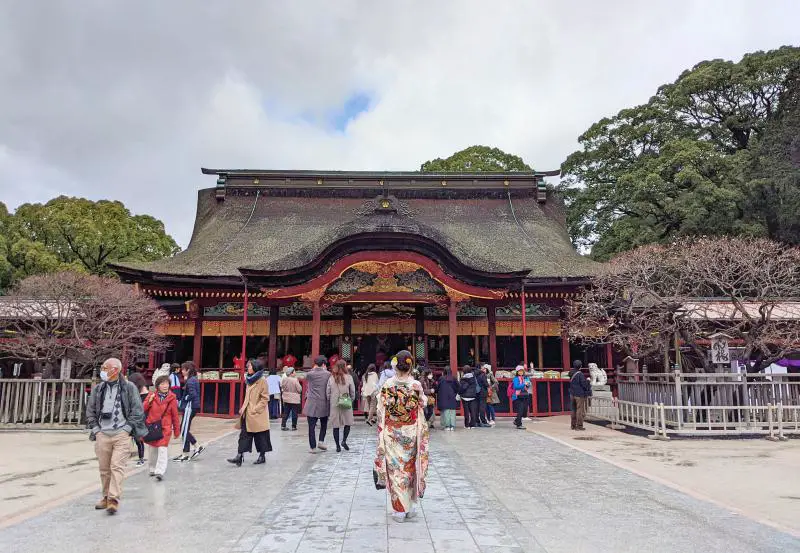
Tenmangu Shrine is one of the best attractions to visit in Dazaifu.
Places to Stay in Fukuoka
We stayed at Hotel Mei which is within walking distance to Canal City. It’s a new hotel that offers various rooms whether you want a suite or an executive room. We had a budget-friendly room that was spacious and had the amenities needed for our stay. Book a room at Hotel Mei here .
For other options, check out accommodation reviews and book a room in Fukuoka here.
Kyushu Itinerary Day 3-4: Beppu
Beppu ( 別府市) is a famous onsen (hot springs) location in Japan. Located in Oita Prefecture, this mountainous city is unique to visit as you see steam coming from the rooftops of the onsen. You’ll love the opportunity to relax in a hot spring and also get a chance to see the multi-colored bubbly hot springs up close. Two days is a good amount of time to relax in the middle of your Japan itinerary.
Click to read more about our Beppu itinerary here.
How to get to beppu from fukuoka.
Take the shinkansen high-speed train from Fukuoka’s Hakata Station ( 博多駅) to Beppu Station ( 別府駅). It’ll take 2 hours.
Top Things to Do in Beppu
- Relax at an onsen . You can choose to stay overnight at an onsen or spend time in one with mineral spring water, mud bath, or in the sand.
- The main highlight of Beppu is to visit the Seven Hells of Beppu . Take the Jigoku Meguri (Hells Tour) to visit the seven hot springs – Chinoike, Tatsumaki, Shiraike, Oniyama, Kamado, Umi, and Oniishi Bozu. You’ll love the different colors from cobalt to mud pits for the hot springs. There are 8 Jigoku in the area but one isn’t a part of the Jigoku Meguri ticket combination. This attraction will take about half a day.
Read our Seven Hells of Beppu guide here.

Out of the Seven Hells of Beppu, Umi Jigoku is our favorite!
- Eat Beppu specialties such as steamed foods, steamed custard pudding and eggs, and toriten (tempura battered chicken).
- Take a day trip to Yufuin, one of the best onsen towns in Japan . Although it’s a smaller town, you can’t miss the relaxation opportunities and go hiking up Mount Yufu.
- Visit Harmonyland , an outdoor Sanrio amusement park. See Hello Kitty and friends here or visit them in Tokyo’s Sanrio Puroland .
Places to Stay in Beppu
We stayed at Beppu Hostel U&T which was an affordable option and close to the Beppu Station. The rooms are larger than other places that we stayed at. Plus, this place has unlimited tea and beverage services! Book a room at Beppu Hostel U&T here.
For other options, click here to read reviews of Beppu accommodations and make a reservation .
Kyushu Itinerary Day 5-6: Nagasaki
Nagasaki ( 長崎) is a location that has both Japanese and Western influences. As the largest city in the Nagasaki Prefecture and former port city, you’ll see influences with the Portuguese and Dutch with the architecture and Christianity. It’s also known as the second location to experience the atomic bomb on August 9, 1945 (3 days after the Hiroshima incident). Since Nagasaki is a large area with lots of local attractions, you can easily spend 2-3 days here.
Read more about our Nagasaki itinerary here.
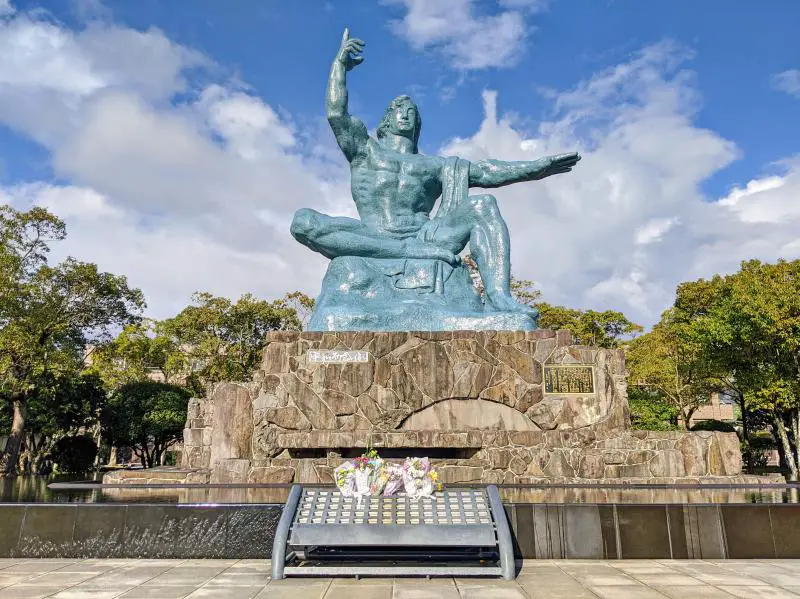
The Peace Statue at the Peace Park is a lovely place to visit in Nagasaki.
How to Get to Nagasaki from Beppu
To get to Nagasaki from Beppu, you’ll need to allocate 4 hours and do one transfer on the shinkansen fast-speed train. From Beppu Station ( 別府駅) to Fukuoka’s Hakata Station ( 博多駅) , the shinkansen ride will take 2 hours. Afterward, transfer at Hakata Station to go on a different train that goes to Nagasaki Station (長崎駅) . This will take another 2 hours. It’s a long journey so it’s recommended that you purchase a meal or snacks ahead of time for your ride.
Top Things to Do in Nagasaki
- Learn about the history and events leading up to the atomic bomb incident at the Atomic Bomb Museum and the National Peace Memorial Hall for Atomic Bomb Victims. Pay your respects at the Peace Park and also see the atomic bomb hypocenter at the Hypocenter Park .
- Visit Nagasaki’s churches such as Oura Church and Urakami Cathedral.
- Explore the isolated island for Dutch merchants at Dejima .
- Eat champon , a noodle specialty dish from Nagasaki. It’s one of our favorite Japanese foods to eat!
- Visit Chinatown to shop and eat. If you can visit during the Nagasaki Lantern Festival , you’ll see over 15,000 lanterns light up the area. Nearby Chinatown is also the Spectacles Bridge that looks like a pair of glasses.
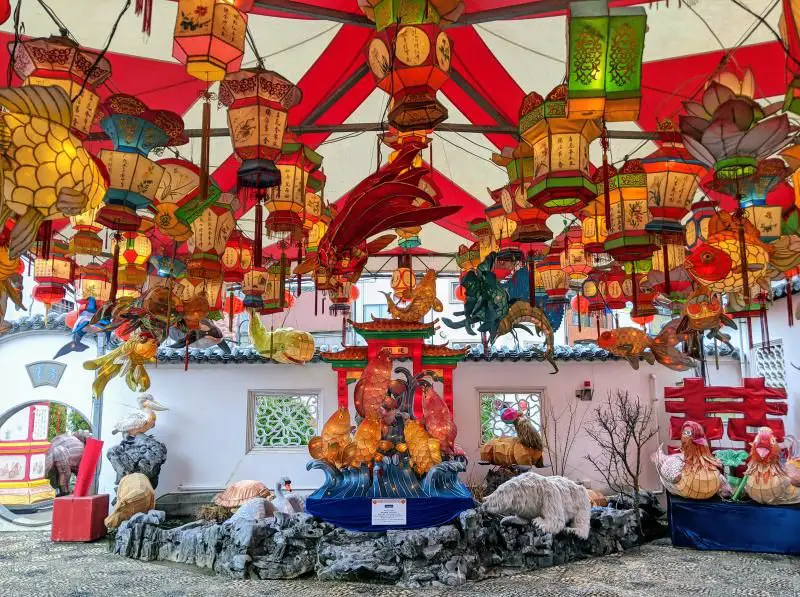
If you have a chance to visit Nagasaki during the Lantern Festival, you’ll see incredible decors and displays.
- Check out the nighttime views from the summit of Mount Inasa at 333 meters (1,093 feet) above sea level. You can take the ropeway to the top of the mountain.
- Take day trips to visit the Huis Ten Bosch , the Netherland-inspired amusement park, or see the abandoned island of Hashima Island (Battleship Island).
Places to Stay in Nagasaki
We stayed at MP Hotel Nagasaki Mizubenomori which is a quiet location in the residential area. This place is great if you’re looking for an apartment-style hotel room. The best part is that this room has a washing machine. Regardless, this place is close to the streetcar so you can travel around the city. Book a room at MP Hotel Nagasaki Mizubenomori here.
For other options, click here to read reviews of Nagasaki accommodations and make a reservation .
Kyushu Itinerary Day 7: Travel Day or Departure
On your last day in Kyushu, this is your free day to do whatever you’d like! Depending on your schedule you can visit neighboring areas in Kyushu, head to the neighboring Honshu Island, or depart back home via plane at Nagasaki or Fukuoka airport.
If you have extra time to explore Kyushu, take a day trip to Kumamoto ( 熊本市). The city is known for the Kumamoto Castle ( 熊本城) so you’ll get an opportunity to explore a historic landmark.
How to Get to Kumamoto from Nagasaki
From Nagasaki to Kumamoto, take the shinkansen for a two-hour ride. From Nagasaki Station ( 長崎駅) , head to Shin-Tosu Station ( 新鳥栖駅) . The ride takes 1.5 hours. Transfer here and take the shinkansen to Kumamoto Station ( 熊本駅) for another 25 minutes.
How to Get to Honshu Island from Nagasaki
If you are planning to head to Honshu Island, you’re in luck as there are many places to explore. Honshu Island is the largest island out of Japan’s archipelago. It has popular cities such as Hiroshima, Kyoto, Osaka, Tokyo, and other exciting places.
The nearest main city that is closest to Fukuoka is Hiroshima. We recommend that you stop by Hiroshima for two days to learn more about the Hiroshima atomic bomb , visit the Hiroshima Castle , and do a day trip to Miyajima Island .
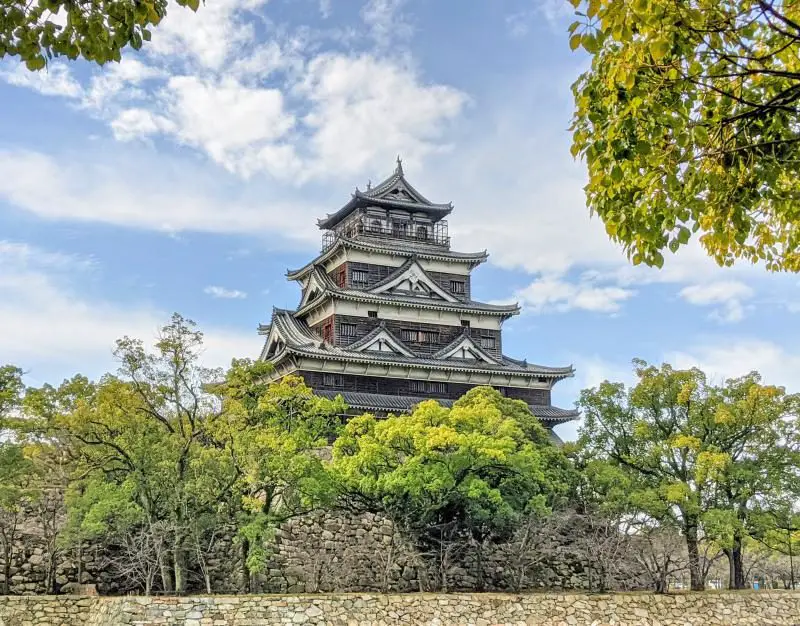
Although Hiroshima Castle is rebuilt, it’s still gorgeous to see!
How to Get to Hiroshima from Nagasaki
From Nagasaki to Hiroshima, take the shinkansen for a 3.5-hour ride. From Nagasaki Station ( 長崎駅) , head to Shin-Tosu Station ( 新鳥栖駅) . The ride takes 1.5 hours. Transfer here and take the shinkansen to Hiroshima Station ( 広島駅 ) for another 1 hour and 20 minutes.
Have a safe departure!
This one week in Kyushu went by quickly! This island has so many hidden gems to explore. We hope you enjoyed Kyushu as much as we did so you can return to visit Southern Kyushu in the future.
What are you most interested in seeing in Northern Kyushu? If you have questions about this Kyushu travel guide or itinerary, ask one in the comments below.
Save this post to your Japan Pinterest board.
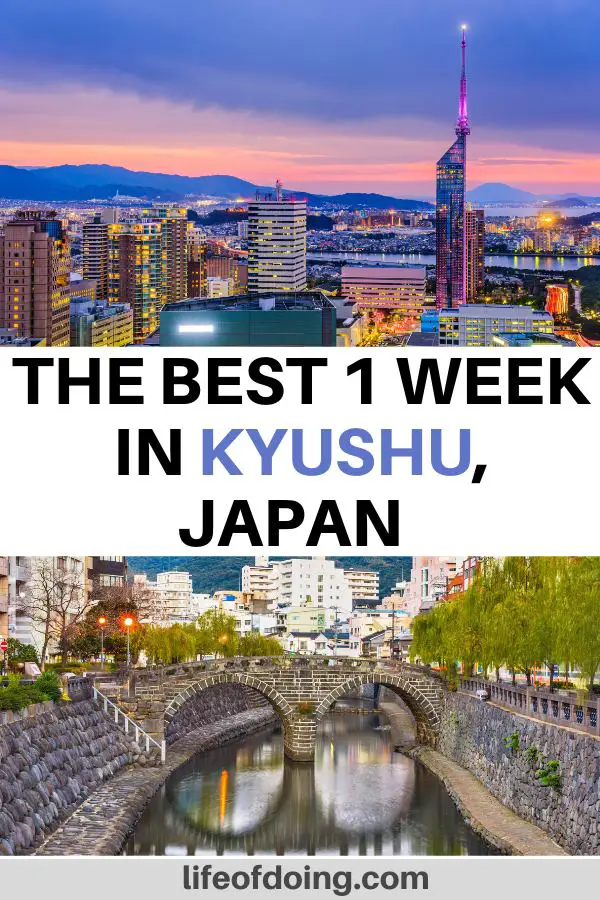
Featured photo & pin #1 photo credit: sepavone via Depositphotos.com
I'm Jackie - world explorer, hiker, and wanderer. I love planning things whether it is a trip or an upcoming event, exploring nature, hiking up mountains, and seeing new places. I'm notorious for getting lost, so you may see me circling a place a few times.
One Day in Fukuoka, Japan: A Fukuoka Itinerary That Is Great for Ramen Lovers
Himeji day trip: a fabulous one day from osaka or kyoto, japan, you may also like, the ultimate guide to 24 non-spicy korean food..., how to travel from ipoh to penang georgetown..., 18 must try places to eat in penang’s..., a step by step guide on taking the..., exploring melaka, malaysia in one day – a..., hiking moongate station 5 in penang, malaysia, indonesia’s top 5 scuba diving spots to not..., 11 must have apps for traveling in malaysia, where to go in bali: the best 8..., 16 things to know before visiting ipoh, malaysia, 15 comments.
This looks like such an amazing place. Unfortunately, when we were in Japan we didn’t have enough time to go to Nagasaki. We do hope to go back to visit places like this instead of all the big cities! Saving for later.
Thanks Pamela. There is so much to see in Japan! Once the current situation is over, hope you can make a plan to return to Japan. We would love to go back to Kyushu and spend time in the southern areas to see waterfalls and more beautiful landscapes.
Interesting places in Kyushu and we already know that Japan has many amazing places where we can spend our time. I love this place and will plan to go there.
Thank you! Kyushu Island is underrated since it takes a while to get there from Osaka and has fewer crowds. Look forward to hearing about your experiences when you visit.
I’ve always wanted to go to Japan!! What an amazing guide you’ve created. There’s so much to do and see especially in the Kyushu area. I’ll save this for my trip!
Thanks Katie! If you have any questions during your future Japan planning, I’m happy to help!
This is a great guide you’ve created for Japan. I’ve been to some Asian countries like India and I’m always excited to explore more countries there!
Thanks Olga! Glad you enjoyed this Kyushu itinerary! I’m overdue for a return trip to India. I’ve only been to Bangalore for work so I can’t wait to explore other tourist attractions.
I am truly blown away by everything Japan has to offer. We returned from our trip to Japan in February and I never thought to visit Kyushu – thank you for taking the time to write this. I feel like one could spend years in Japan and still not see it all!
Hi Sarah. We returned from our trip to Japan in February as well! Where did you go? Hope you get a chance to visit Kyushu in the future.
Just by your photos I already want to go Kyushu area! Great post!!
We visited Tokyo, Hakone, Kyoto, Osaka and Nara! So much we still need to see!
Hi Sarah – I agree! There is never enough time to explore all of Japan. Justin and I haven’t been Hakone yet, but it’s on the bucket list.
I’m late to this post but am planning a trip to Kyushu later this year for my first visit to Japan. Thanks for the insight, can’t wait to see what the island has to offer.
Hi JJ. Thank you for sharing a comment. Enjoy your time in Kyushu! Would love to hear back from you on your experience. We can’t wait to go back and explore more on Kyushu island.
Leave a Comment Cancel Reply
Save my name, email, and website in this browser for the next time I comment.
By submitting a comment, you agree with the storage and handling of your data by this website. Refer to the Privacy Policy and Disclaimer for more information. *
This site uses Akismet to reduce spam. Learn how your comment data is processed .
This website uses cookies to improve your experience. Please accept or opt-out if you wish. Accept Read More
- Tours & Experiences
- Tailor-made Trips
- Bahasa Indonesia
We are happy to see you again!
Continue with
Or use email.
No Account? Create one
Create account
Already have an account? Sign in
Quickly Sign up with
I agree to Japan Travel's Terms of Service and Privacy Policy . Terms of--> and acknowledge that Japan Travel's Privacy--> applies to me.-->
Email reset password link
Please check your inbox and click the link we will send to you.
The Eight Prefectures of Kyushu
A quick look at the Kyushu region

One of Japan's main islands, the Kyushu region and its eight prefectures make up a dynamic and culture rich area full of scenic wonders and unique heritages. Home to volcanic mountains, island getaways, and local traditions, Kyushu is one of the nation's most historically significant regions. Here is a simple guide to each of the eight prefectures of Kyushu.
Fukuoka Prefecture is one of Japan's most popular. Moji Port is full of retro appeal, the street food stalls symbolise Fukuoka City while Kawachi Wisteria Garden and the Mt. Sarakura night view jostle for impressiveness. Shofuku-ji is the country's first Zen Buddhist temple, Dazaifu Tenmangu Shrine , one of the busiest while Nanzo-in is home to the world's largest bronze Buddha statue. And then, for nature lovers, the natural caves and hiking trails of Hiraodai are a must.
Fukuoka is connected to Tokyo via Haneda and Narita Airports or the JR Tokaido-Sanyo Shinkansen .
An awesome spectacle of natural power, Kagoshima Prefecture is Japan's primordial heart. Yakushima Island is other worldly, while the volcanic beast that is Sakurajima is a constant presence. Drawing in the hikers is Kirishima , another volcanic region, Lake Ikeda is thousands of years old and Yurigahama Beach is picture perfectly stunning. The prefecture's samurai heritage is clear in Izumi while 'Last Samurai' hometown hero, Saigo Takamori ended his life in the mountains of Shiroyama.
Kagoshima is connected to Tokyo via Haneda and Narita Airports or the JR Tokaido-Sanyo Shinkansen to Hakata and from there the Kyushu Shinkansen.
Sakurajima, Kagoshima (Photo: [email protected] / CC BY-SA 2.0 )
Kumamoto Prefecture is laden with hot springs with those of Kurokawa Onsen some of the most picturesque and relaxing. The imposing bulk of Kumamoto Castle is a major draw while Mount Aso is Japan's king of active power. A more serene nature can be found along the Laputa Road with sites like the memorably alluring Nabegataki Falls and out in the countryside sites like Tsujun Bridge impress with their weekend displays of water release.
Kumamoto is connected to Tokyo via Haneda and Narita Airports or the JR Tokaido-Sanyo Shinkansen to Hakata and from there the Kyushu Shinkansen.
A Japan like no other, Miyazaki Prefecture is a quasi-tropical dream filled with mountains, sunshine and legend. Aoshima Island , with its jungle foliage and shrine, is a popular visit and so too is Takachiho Gorge , a repository of ancient mythology. Dedicated to the first emperor of Japan, Udo Jingu Shrine sits in a cave on a cliff along the ruggedly beautiful Nichinan coast while quaint Obi Town and the remains of its Obi Castle calls up the feudal history of the area.
Miyazaki is connected to Tokyo via Haneda and Narita Airports or the JR Tokaido-Sanyo Shinkansen to Hakata and from there the Kyushu Shinkansen to Kagoshima-chuo and then the JR Kirishima Limited Express.
Nagasaki Prefecture's historically privileged position as the gateway between Japan and the world has created a unique appeal. Ohura Church is the oldest in the country, Glover Garden is a landscaped legacy while the Huis Ten Bosch theme park is just beautiful. The natural beauty of the Kujukushima Islands and the Mt. Inasa night view, one of the nation's top three, are scenic wonders while modern tragedy is honoured with hope through the Nagasaki Atomic Bomb Museum and Peace Park .
Nagasaki is connected to Tokyo via Haneda and Narita Airports or the JR Tokaido-Sanyo Shinkansen to Hakata and from there the JR Kamome Limited Express.
Oita Prefecture is onsen heaven, with the nation's largest resorts shared between the hellishly popular Beppu Jigoku and the idyllically rural Yufuin . The peaks Mt. Yufu and Mt. Kuju are great draws for hikers while the warrior god Usa Jingu Shrine with its vermilion colours and the old castle town of Usuki with its quaint ambience and mysterious stone Buddhist statues offer an ironic break from the prefecture's incredible hot springs.
Oita is connected to Tokyo via Haneda and Narita Airports or the JR Tokaido-Sanyo Shinkansen to Kokura and from there the JR Sonic-Nichirin Limited Express.
Separated from the mainland by more than just distance, the history and culture of Okinawa Prefecture makes it the Japan-that-is-not-Japan. Its island chains of Yaeyama and Miyako , with their white sandy beaches and crystal clear waters, are quintessential tropical island getaways. Naha City , featuring World Heritage-listed Shuri-jo Castle , is the prefectural hub while Uruma City is home to castle ruins , beaches and splendid biodiversity .
Okinawa is connected to Tokyo via Haneda and Narita Airports.
Tiny Saga Prefecture , punching well above its weight, is the heart of Japanese pottery. Arita is where pottery in the nation was born home and historical Karatsu, replete with ceramic stores, is also home to Karatsu Castle . The country side offers natural wonders like Mikaeri Falls , sites like Yoshinogari Park show off a Japan from a truly bygone age while Yutoku Inari Shrine is the third largest Inari shrine in the nation.
Saga is connected to Tokyo via Haneda Airport or the JR Tokaido-Sanyo Shinkansen to Hakata and from there the JR Kamome Limited Express.
- Share on Facebook
- Share on Twitter
- Copy link to share
By Sleiman Azizi
Community writer
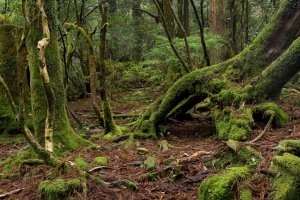
Top Articles
- Recommended

Tokyo Takes 2nd Place on Top Coffee Cities List

Mount Omuro

2024 Grand Sumo Tournaments

Valley of Witches: a New Ghibli Park Attraction

Haneda Airport Ranked World's Cleanest

Tokyo One of the World's Most Walkable Cities

Tokyo Named #1 City for Food and Drink

Sapporo Beer Opens New Brewery in Tokyo’s Ebisu


Kurobe Unazuki Canyon Route to Link with Tateyama Kurobe Alpine Route

Guide to Golden Week

Guide to Bringing Medicines Into Japan

Your Name: Real-Life Locations in Tokyo

Hachiko Statue in Shibuya

Iwatayama Monkey Park

Daikoku Car Meet

Shibuya Crossing

Guide to Suica Cards

Japanese Urban Legends

Black Eggs of Owakudani, Hakone
More from this category, guide to bringing medicines into...
By Japan Travel
By Veronica Carnevale

Money in Japan
By Tom Roseveare

Getting a Tattoo in Japan
By Serena Ogawa
Join the discussion
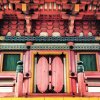
Let us know how we can help.
Help us improve JapanTravel.com
We welcome any suggestions regarding this content. Your feedback is confidential and will be used to help improve this page.
Suggest an edit
https://en.japantravel.com/guide/the-eight-prefectures-of-kyushu/62117
Thank you for your support!
Your feedback has been sent.
- Czech Republic
- Budapest, Hungary
- Amsterdam, Netherlands
- Switzerland
- Complete Japan Travel Guide
- Kanto Region (Tokyo, Hakone)
- Kansai Region (Osaka, Kyoto)
- Kansai Wide (Wakayama)
- Chugoku Region (Hiroshima)
- Chubu Japan
- Hokkaido Japan
- Kyushu Japan
- Jeju Island, South Korea
- KLOOK Promo Code & Voucher (2024 May)
- Agoda Promo Code
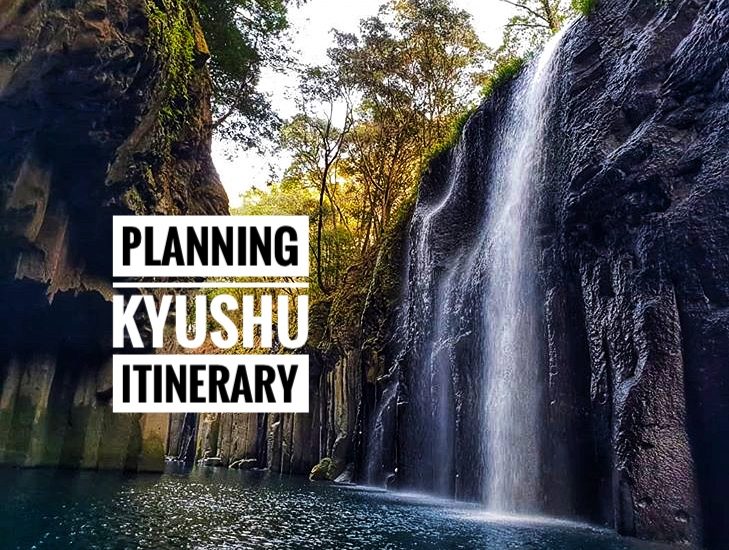
10 Days Kyushu Itinerary: A Complete Travel Guide Blog
Last updated on April 27th, 2024
If you are planning the Kyushu itinerary, this ultimate Kyushu travel guide blog has all the essential information including things to do, where to stay, and money-saving tips for your Kyushu trip.
Kyushu (九州) is Japan’s third-largest island and is located southwest of the main island Honshu. Literally, as nine provinces, Kyushu encompasses seven prefectures: Fukuoka, Kumamoto, Nagasaki, Oita, Saga in Northern Kyushu, and Miyazaki, Kagoshima in Southern Kyushu.
An early center of Japanese civilization, Kyushu offers many historic treasures, modern cities, and natural beauty. Undoubtedly, there are numerous things to do and delicious local dishes to eat in Kyushu. From stunning coastlines at Miyazaki, active volcano Mount Aso, mysterious Takachiho gorge, and hot spring paradise in Beppu, Kurokawa Onsen, and Yufuin. Additionally, Kyushu is the birthplace of many mouthwatering Japanese cuisines. The world-famous Ichiran tonkatsu ramen also origin from Kyushu.
However, take note that the Kyushu region is huge. It can be very headache when planning on the Kyushu itinerary. Additionally, most of the top attractions are scattered around in different places. It also takes time and effort for traveling around. So it is important to have a rough idea of Kyushu’s attractions before starting planning for your Kyushu itinerary.
In this Kyushu travel guide blog , we will share things to do and how to arrange transport to get there. Most importantly, some of the useful guides and money-saving tips when planning your Kyushu trip itinerary. This ultimate travel guide blog has all the essential information including things to do, where to stay, and money-saving tips for your Kyushu trip.
Table of Contents
Pre-Trip Essential
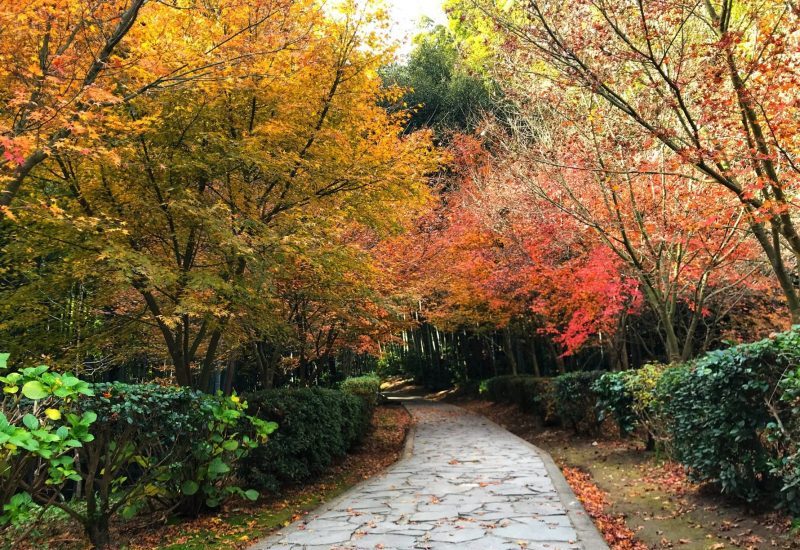
How Many Days Do You Need in Kyushu? It takes at least 14 days to visit all the top sights in Kyushu, not counting those Kyushu’s hidden gems. Bear in mind, that Kyushu is a huge region and there are so many things to do and see in Kyushu. Moreover, most of the top attractions are scattered around in different places and prefectures.
However, if you only have limited time, it is recommended to narrow down the places and focus on either Northern or Southern Kyushu for 5 days or even 7 days Kyushu itinerary. So, you won’t waste too much time on transport arrangements.
Best Time To Visit Kyushu You can visit Kyushu Japan at any time of the year as it is a great place to visit all year round. Kyushu has its charm and is rich with historical, cultural, and natural scenery and is beautiful in every season, whether spring, summer, autumn, or winter. Most importantly, Kyushu is less crowded compared to Tokyo, Kyoto, or Osaka. Additionally, for budget travelers, Kyushu is the perfect destination to visit as travel expenses is much cheaper compared with those busy city. But take note that most of the cities in Japan may be impacted by typhoons from mid-August to September. So try to avoid those two months.
How is the Kyushu weather? Due to its geographic location, the weather climate in Kyushu isn’t as freezing as the one in Hokkaido. However, you can still expect chilly weather. It can be very cold if you are getting to the mountainous area of Kyushu such as Takachiho Gorge and Mount Aso.
Here are some places and top attractions that you can consider on your Kyushu itinerary.
Places to visit in the Northern region in Kyushu Itinerary:
- Fukuoka Prefecture : Fukuoka, Dazaifu, Mojito Retro, Kokura (2 to 3 Days)
- Saga Prefecture : Takeo Onsen (1 Day)
- Oita Prefecture : Oita, Yufuin (2 to 3 Days)
- Nagasaki Prefecture : Nagasaki, Sasebo (Kujukushima Island), Huis Ten Bosch (2 to 3 Days)
- Kumamoto Prefecture : Kumamoto city, Mount Aso, Kurokawa Onsen (3 Days)
Places to visit in the Southern region in Kyushu Itinerary:
- Miyazaki Prefecture : Miyazaki, Takachiho Gorge (2 Days)
- Kagoshima Prefecture : Kagoshima, Sakurajima, Kirishima, Ibusuki (2 to 3 Days)
Among all the top attractions in Kyushu, Takachiho Gorge (Miyazaki), Kurokawa onsen (Kumamoto), and Yufuin (Oita) are the top priority and must-visit in my Kyushu itinerary. While Fukuoka is always my first approach and last city before getting to/from Kyushu. It is also a great base if you are planning to travel to nearby attractions such as Kitakyushu, Mojiko, and Kokura.
Where To Stay
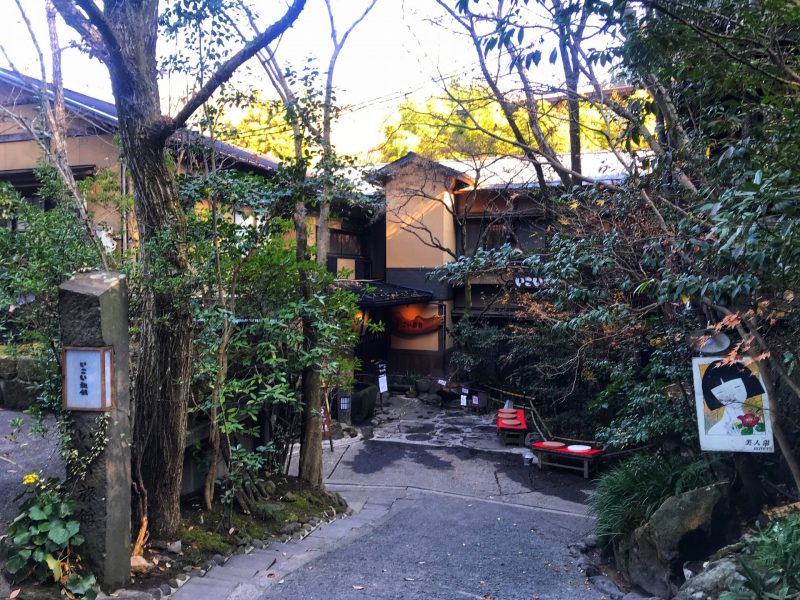
Kyushu has a wide range of accommodation options ranging from hotels, to guesthouses, and cozy hostels to choose from. To find your lodging options, it’s important to first plan your Kyushu itinerary and transport mode. Bear in mind that Kyushu is huge and each prefecture has its attractions.
For the Kyushu itinerary by using public transport, we advise staying nearby the station. It provides access to most of the attractions and easy getting around. One of the great examples is Fukuoka. It is my great base before ending our Kyushu trip.
We booked and stayed in Montan Hakata Hostel . This designed concept hostel provides a private room with an en-suite bathroom for two, three, or four-person beds, and also a dormitory with a bunk bed for solo travelers. Simple breakfast for free! It was located about a 10-minute walk to Hakata Station and a 5-minute walk to Higashi-Hie subway station. So we were given the option to choose either station.
For the traveler’s plan for a self-driving Kyushu itinerary, the accommodation options are much more varied. You can choose from Japan guest houses, homestays, or even traditional ryokan stay.
Here is the accommodation guide on popular places if you are looking for where to stay in Kyushu:
- Where To Stay in Fukuoka: Hakata or Tenjin
- Kumamoto Accommodation Guide: Best hotel and areas
- Where To Stay in Kurokawa Onsen
Planning on Kyushu Itinerary
There are many top attractions and a must-see in Kyushu and some of those very great destinations that I don’t want to miss. So we were so dilemma to plan the most perfect Kyushu itinerary and keep on adjusting on schedule. But don’t forget that Kyushu is a huge island. So it is best to plan out what is your interest and want to visit. From that, planned out the order you want to go then mapped out the best way to travel between the cities. Bear in mind that, transportation is also a headache and you need to understand the best way to travel.
The Ultimate 10 Days Kyushu itinerary:
- Day 1: Arrived in Kyushu and headed to Kumamoto from Fukuoka.
- Day 2: Day trip to Takachiho Gorge
- Day 3: Mount Aso – Kurokawa Onsen. Stay at Kurokawa Onsen.
- Day 4: Kurokawa Onsen – Beppu.
- Day 5: Beppu (Jigoku Meguri Tour).
- Day 6: Yufuin – Kokonoe.
- Day 7: Nagasaki or Huis Ten Bosch.
- Day 8: Sasebo (Kujukushima Island)
- Day 9: Kitakyushu (Shimonoseki, Mojiko , Kokura)
- Day 10: Fukuoka – Yanagawa- Dazaifu. Goodbye Kyushu.
The above recommendations are just my personal experience and focus on Northern Kyushu. In fact, we make another visit to Kyushu, focusing on Southern Kyushu to Kagoshima and Kirishima. Still, there is still many more hidden gem awaiting you to explore.
The above itinerary just showcases that Kyushu has so much to offer and we are impossible to cover all the things to do in Kyushu within 10 days of the Kyushu itinerary. This is the ideal Kyushu itinerary for your reference. Added, there are also lots of seasonal things to do and see in spring, summer, fall, and winter. You are free to adjust based on your interest, travel date, transport, and budget.
So, let’s start to explore and tour in more detail the Kyushu itinerary.
Day 1: Kumamoto
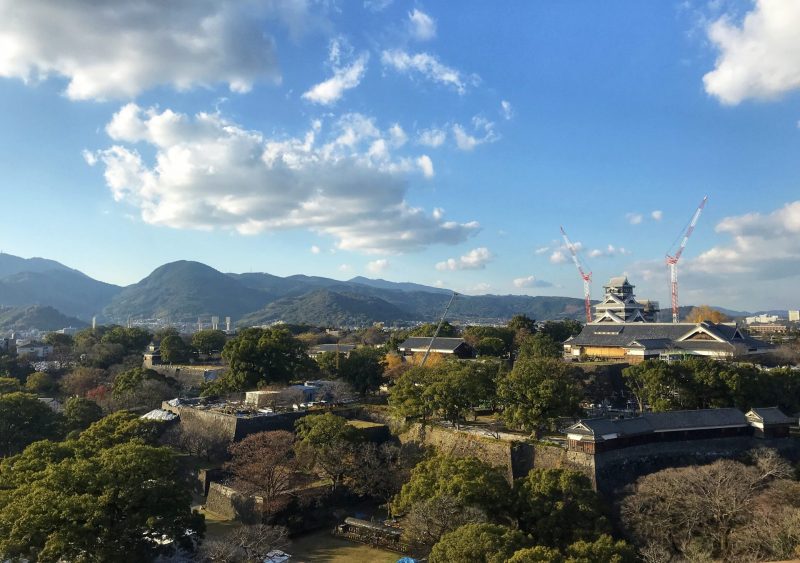
Start your Kyushu itinerary by visiting Kumamoto prefecture. Sadly to say that Kumamoto had the biggest hit during the 2016 earthquake. The Top three Premier Castle in Japan, Kumamoto Castle is badly destroyed by this natural disaster. The reconstruction and repairing work needs to take a least 20 years. Now, part of the Kumamoto Castle group is open to the public for free visits without a ticket. But you still can spend some time visiting the historical castle, meet the cuties Kumamon, and enjoy the best food in Kumamoto.
Related Article : Things To Do in Kumamoto: 1-Day Itinerary
Getting there : Highway bus from Fukuoka International Airport, or Hakata and Tenjin Station. Alternatively, 50 minutes Shinkansen ride will get you from Hakata Station (Fukuoka) to Kumamoto.
Pro Tips : Using SunQ Pass for the bus route or Kyushu JR Pass for train ride. Plan your itinerary to save on transportation fee.
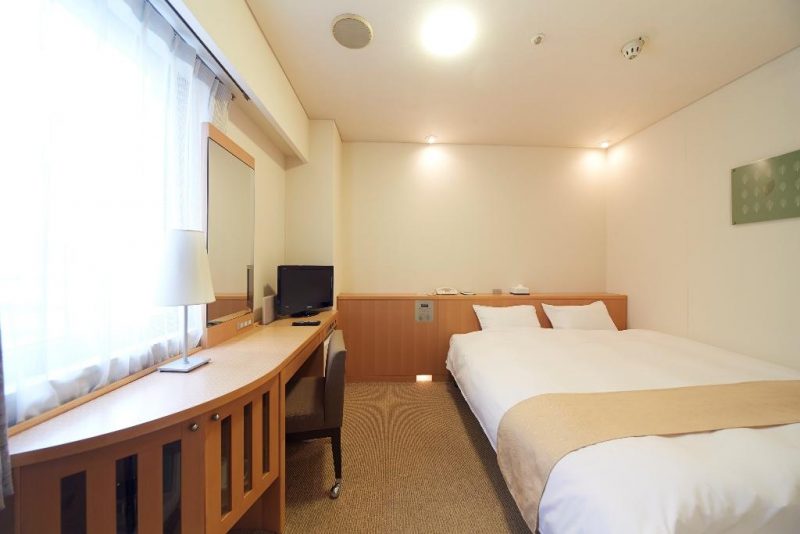
Where To Stay : We recommended staying somewhere near Sakuramachi Bus Stop (the central bus station downtown). Nest Hotel Kumamoto is a three-star business hotel strategically situated approximately 2-mins walk from the bus station. I would recommend it as it is convenient and at a reasonable price.
Alternatively, Dormy Inn Kumamoto Natural Hot Spring is strategically located with the bus terminal is directly opposite the hotel. It will greatly help to save time and energy if you are planning to travel for a day trip to Takachiho Gorge the next day.
More accommodation options from Where to Stay in Kumamoto: Best hotel and areas .
Day 2: Takachiho Gorge
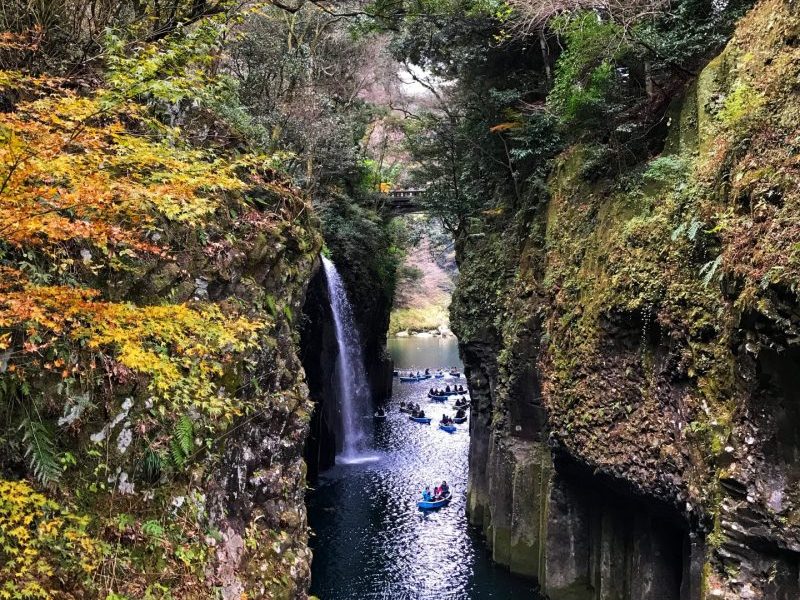
In my Kyushu itinerary, Takachiho Gorge is a must-visit attraction on my bucket list. The mysterious V-shaped gorge has to be one of Miyazaki prefecture’s most famous sights. It was formed from the volcanic lava from Mount Aso, flowing through the Gokase River which resulted in the 100-meter-high cliffs of volcanic basalt columns. Rowing the boat in Takachiho Gorge and mesmerizing the Manai fall from below. The breathtaking look is even more spectacular with yellow leaves during Autumn.
Related Article : Takachiho Gorge Travel Guide: 1-Day Itinerary Blog
Getting there : Bus from Kumamoto to Takachiho Bus Station, and then get to Takachiho Gorge.
Where To Stay : Day trip to Takachiho Gorge is doable. If you planning for an overnight stay, Solest Takachiho Hotel is a good option. This gorgeously designed hotel is featuring Japanese and Western-style accommodations. The location is excellent and easy access to major attractions within walking distance.
Day 3, 4: Mt Aso – Kurokawa Onsen
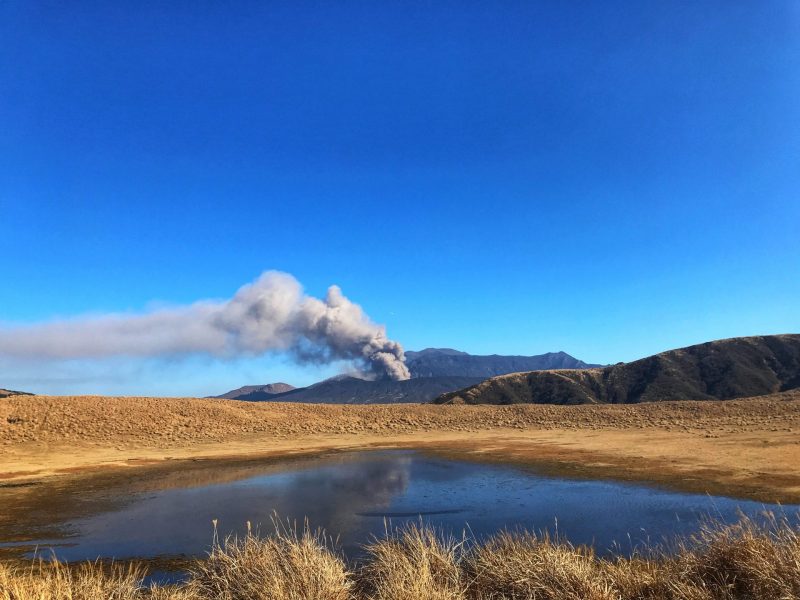
Next, let’s head to Asosan, the largest active volcano mountain in Japan . It has one of the largest calderas in the world, allowing viewing of real volcanic eruptions with a closer view. However, take note that Mount Aso will close for a visit if the volcano activities are too frequent. So make sure to check on it before your visit. If this is the case, you can spend your time wandering in Kusasenri, an amazing vast grassland with Asosan as a backdrop.
- Things To Do in Aso For 1-Day Aso Itinerary
Getting there : Take the Kyushu Odan Bus from Kumamoto to Aso Station and then transfer to the local Sanko bus.
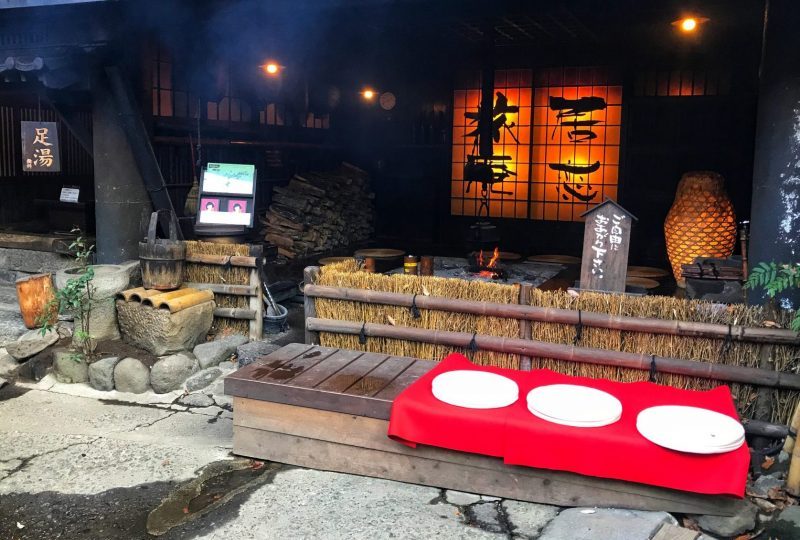
A visit to Kyushu is incomplete without soaking in a natural hot spring bath. You probably won’t miss your visit to Kurokawa Onsen which is located about 2 hour’s driving journey from Kumamoto city. It is one of the most magnificent traditional hot spring towns in Japan and boasted of various unique onsen baths. Visitors can get the Onsen Hopping Pass and enjoy three different hot springs from the ryokan list. But, it is worth spending one night and relaxing in the laid-back quaint hot spring town.
- Kurokawa Onsen: A Guide To Natural Hot Spring Town
Getting there : Take the Kyushu Odan Bus from Kumamoto/Mt Aso to Kurokawa Onsen.
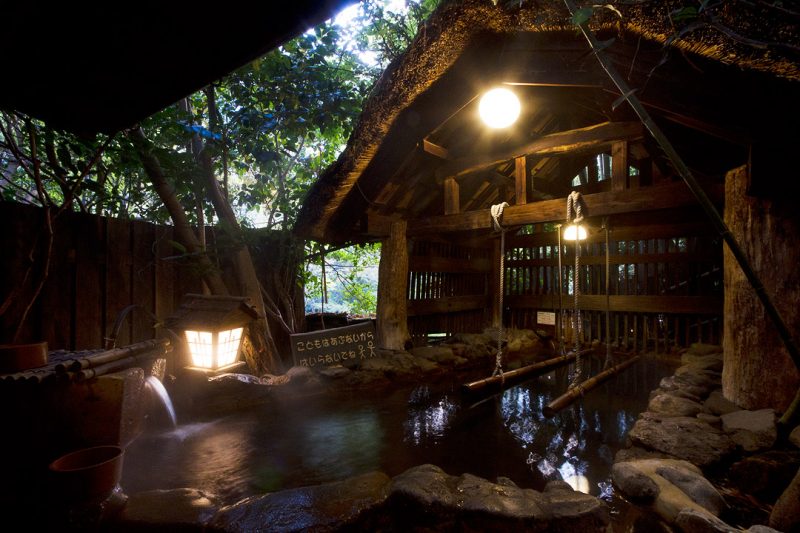
Where To Stay : We recommended spending one night in Kurokawa onsen. Ryokan Ikoi is one of the great options for those who prefer to experience the rustic traditional ryokan stay. After the tiring traveling days, allow yourself to get out of the hustle and bustle and soak into the onsen bath. One of the best experiences in the Kyushu itinerary.
Alternatively, take a look at our best ryokan pick in Kurokawa Onsen . There are many more recommendations that suit your budget and travel style.
Day 5: Beppu
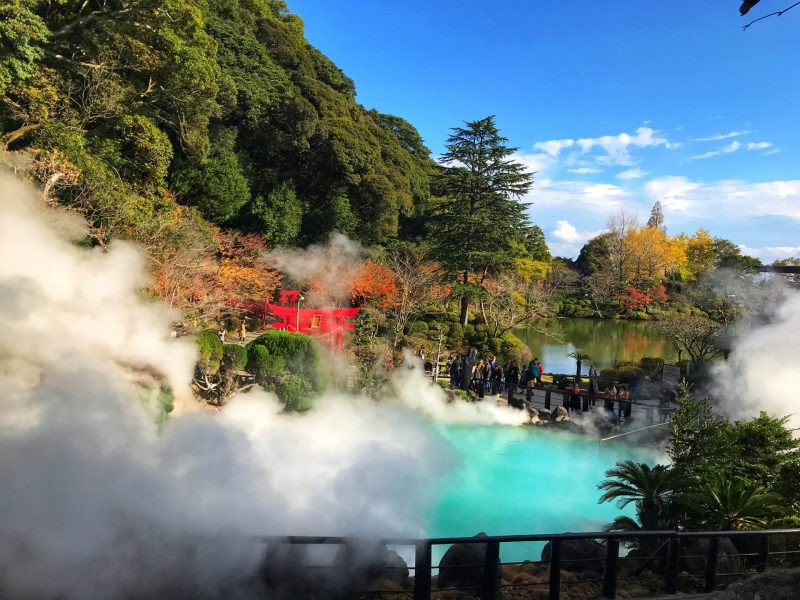
Beppu is one of the popular hot spring towns in Oita prefecture. Beppu city has more than two thousand hot spring spots and is blessed with a variety of hot spring resources. Local make use of onsen for various interesting activities.
During your Kyushu itinerary in Beppu, you can view on colorful hot spring attraction at Jigoku Meguri, consisting of 8 unique hot spring spots . Taste the hot spring steamed dishes at Jigoku Mushi Kobo and also Jigoku pudding dessert. Lastly, enjoy a unique sand bath heated by hot spring water.
- Beppu Itinerary: Ultimate Travel Guide Blog
Getting there : Highway bus running between Beppu and major cities in Kyushu. Added, frequent JR train connects between Hakata Station and Beppu.
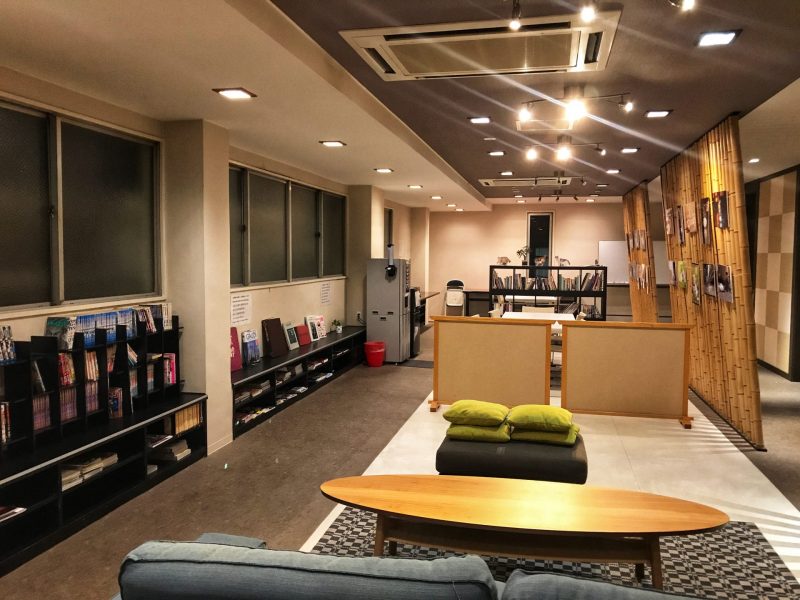
Where to Stay : We choose to stay in Nogami Honkan , a traditional ryokan with modern facilities in Beppu. It is located at an easily walkable distance from the train and bus stations. You can choose even the nearest at Beppu Kamenoi Hotel , a three-star hotel located nearby Beppu station within a 5-minutes walk.
Read More : Where to Stay in Beppu [Best Hotels and Ryokans]
Day 6: Yufuin
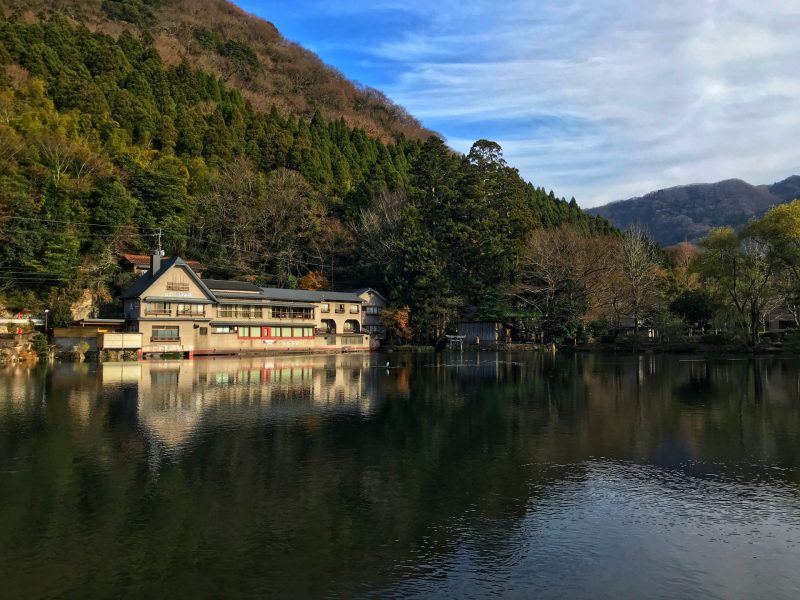
Yufuin (由布院/湯布院) is the most popular sightseeing spot in Oita prefecture. This onsen town is boasted unique cafes, restaurants, and shops selling high-quality locally-made handicrafts, boutiques, and art galleries. Enjoy a scenic stroll along the Yunotsubo Kaido, sample various Japanese snack food, and enjoy the atmosphere. End your walk at the beautiful Kinrin lake (金鱗湖, Kirinko) that is fed by onsen waters.
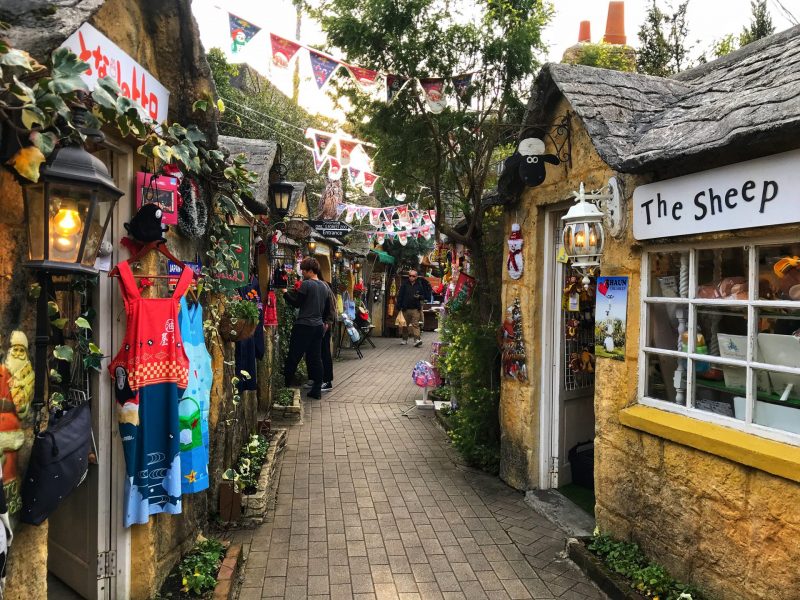
Stopped by Yufuin Floral Village for its colorful and vibrant Europe settling town. The narrow street was lined with yellow-painted souvenirs and toys shops and decorated with colorful flowers, vintage lamps, and decorations. Added, you can find the owl museum, a cat cafe, and even an animal encounter zone. Plenty of photo opportunities at every corner.
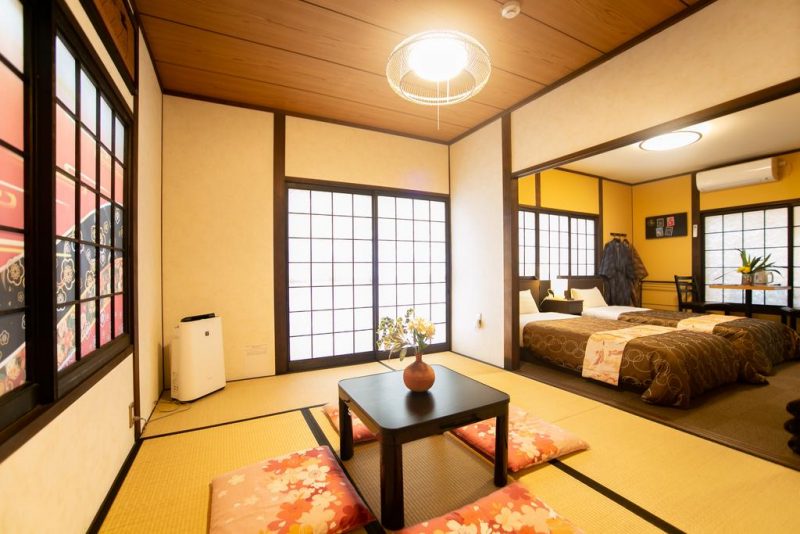
As an onsen enthusiastic, we spend another night in Yufuin. There are many charming ryokan inns featured with an onsen hot spring bath in Yufuin. Our recommendation is the Yufuin Lamp no Yado . It s a more than traditional onsen ryokan with a renovated 175 years building structure in Yufuin. Staying one night in Yufuin with kaiseki dinner is very wonderful.
Here is the best ryokan list on where to stay in Yufuin . Take a look if you are interested.
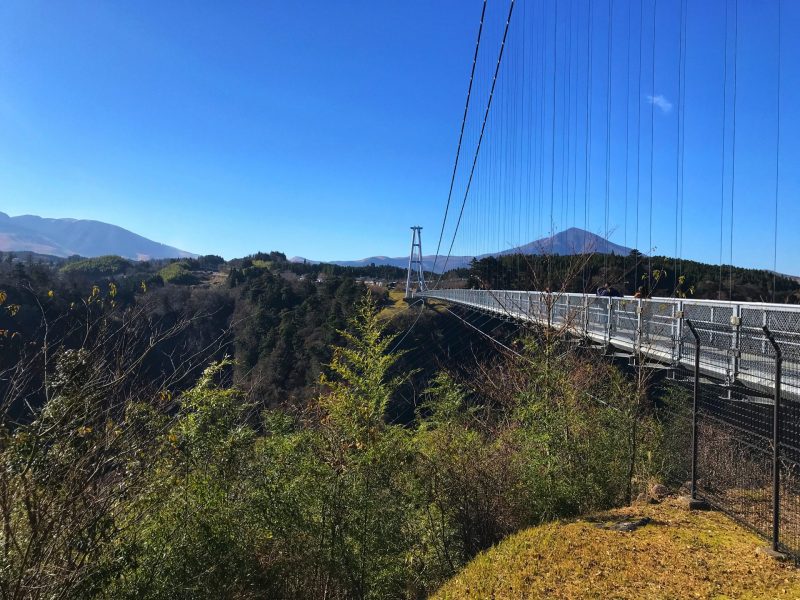
If you have more time, consider to had a half-day trip to Kokonoe Yume Otsurihasi (九重”夢”大吊橋) , Japan’s Highest Pedestrian Suspension Bridge. The construction of this grand suspension bridge purely comes from the public without any subsidy from the government. And that’s is the name “The Dream of Kokonoe” comes from. This is also the best place to view fall foliage during Autumn.
Walking through the suspension bridge, mesmerized by the beautiful view surrounding me and grab the Kokonoe burger for a snack. Worth a half-day visit to this natural scene. However, please take note of time allocation due to infrequent and not well-connected transport arrangements.
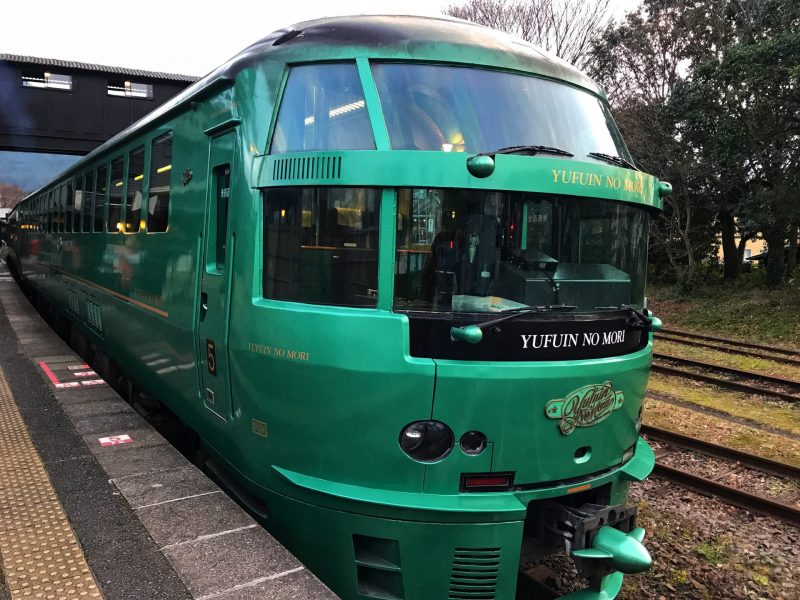
One popular transport to note is Yufuin no mori (ゆふいんの森) which runs between Hakata and Yufuin. It is a popular sightseeing train and reservation is a must. The train is beautifully decorated with a forest theme and offers a great view along the train ride.
More information and itinerary travel guide in Yufuin and Kokonoe:
- Yufuin Travel Guide: Must Eat Food And Things To Do
- Where To Stay in Yufuin: Best Ryokan in Yufuin
- Kokonoe Yume Otsurihasi: A Walk To Japan Highest Suspension Bridge
Day 7, 8: Nagasaki – Huis Ten Bosch – Sasebo
Plan your Kyushu itinerary to Nagasaki Prefecture for 2 or 3 days of visit. You can pick from Nagasaki city (1 or 2 days), Huis Ten Bosch (1 day), or Sasebo (1 day) depending on your interest.
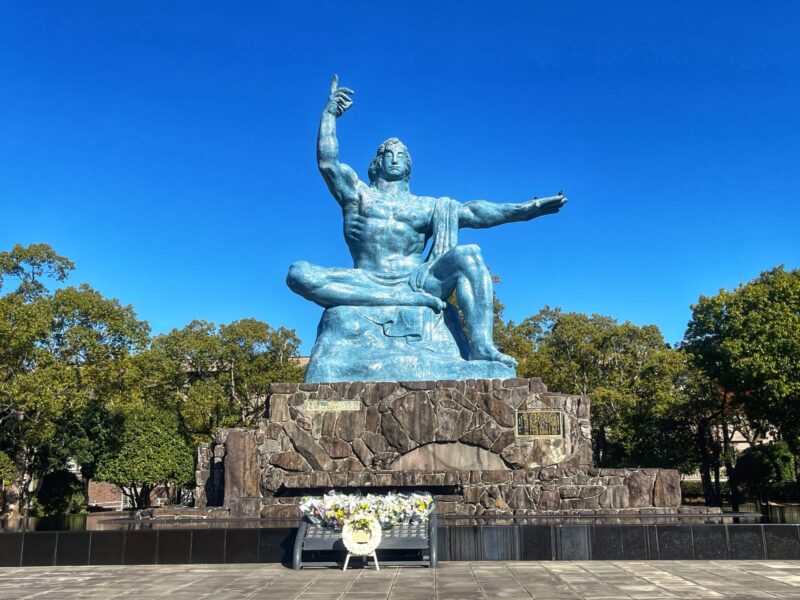
Nagasaki city is worth the recommendation. It has extensive insights into World World II with Nagasaki Atomic Bomb Museum, Nagasaki Peace Park, and historical memorial.
Moreover, being one of the port cities open to foreigners during Japan’s isolation period, Nagasaki is a charming city that perfectly combined Japanese and Western cultures. The Dutch, Portuguese, and Chinese influences from the 16th century until nowadays. The Nagasaki Chinatown, also known as Shinchi Chinatown, is Japan’s oldest Chinatown. It is best known for famous local noodle dishes, Champion and Sara udon.
Further Read on : Nagasaki Itinerary: A Travel Guide Blog
Plan your visit to Huis Ten Bosch , the largest amuse theme park in Kyushu with the ambiance of a 17th-century Dutch town. It is also particularly beautiful with Dutch windmills and European architectural buildings, especially during the tulips festival. Lots of fun and shows such as water magic, fire performance, lighting & music canal parade, concert, and more.
Kyushu Travel Tips : Get Discounted Huis Ten Bosch Ticket
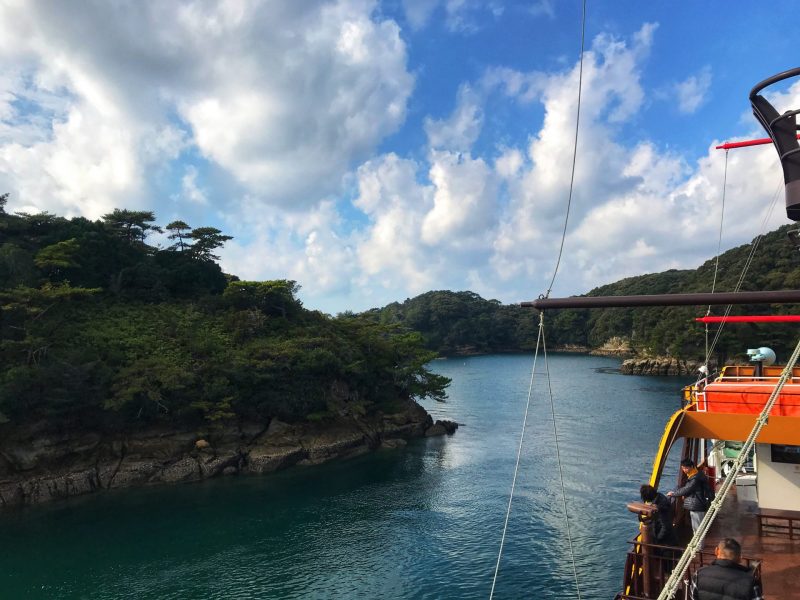
Not to forget the Kyushu hidden gem, Kujukushima (99 Island) in Sasebo , Nagasaki prefecture. It is one of the top attraction spots that we highly recommended for your Kyushu itinerary. Although the name is called ninety-nine islands, there are a total of 208 uninhabited islands at the coast bay. Enjoy the sightseeing cruise to mesmerize the beautiful coastal view.
Ticket Information: The Kujukushima Sightseeing Cruise: ¥1,500 for an adult and ¥750 for kids (4-15). Get Ticket from Klook .
Getting there : From Hakata Station (Fukuoka), take the highway bus or JR train to Sasebo/Nagasaki/Huis Ten Bosch. Approximate 2 hours journey.
Further Read on : Sasebo Itinerary: Kujukushima Sightseeing Cruise
Day 9: Kitakyushu (Shimonoseki, Mojiko, Kokura)
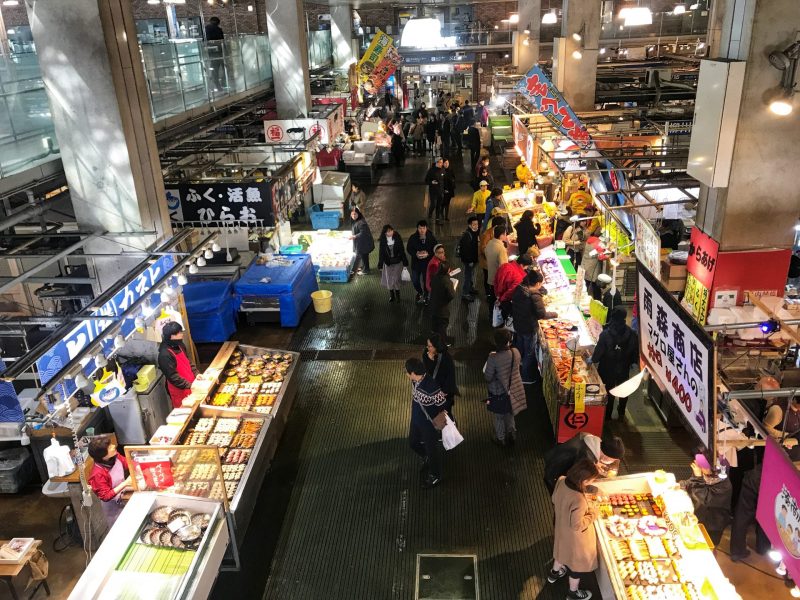
Kitakyushu is the northernmost city in Kyushu between the Honshu in Japan. From Fukuoka, you can visit both of Japan’s islands in one day. You can even cross these two islands through the underground water tunnel which is connected between Mojiko and Shimonoseki.
Take a 5 minutes ferry from Mojiko to the Karato market in Shimonoseki . Started your day with marvelous sushi, sashimi, and seafood dishes in Karato Market. The fresh market will host the sushi event on Friday, Saturday, and Sunday. It served freshly caught seafood and was popular for fugu (pufferfish) at a cheap price. The Karato market is located only 5 minutes ferry from Mojiko.
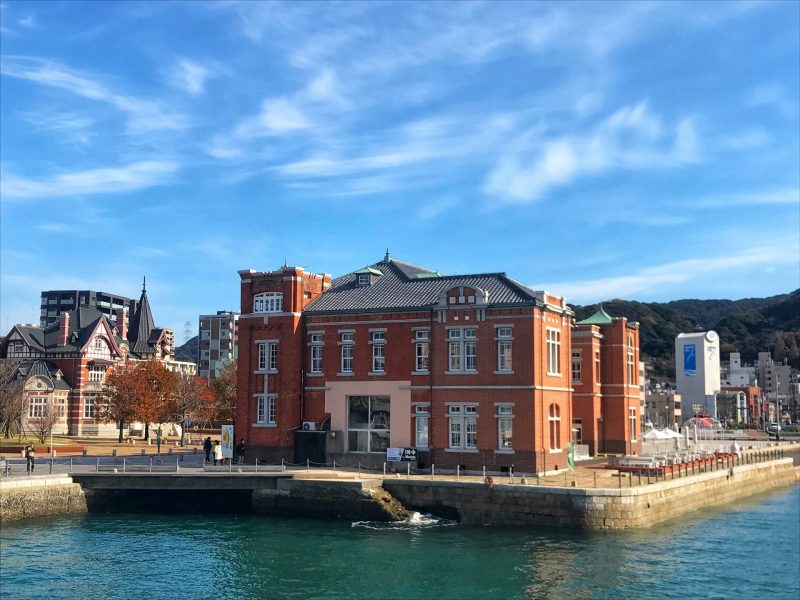
Then strolling in Mojiko retro area to enjoy Neo-Renaissance style architecture with the breezing wind. If you still have more room, you must also try the yaki curry here. The baked curry with cheese is Mojito’s specialty.
You can even plan a short visit to Kokura Castle and go to the Tanga Market for another food hunt. The entire Kitakyushu area has a sense of tranquility and is a great place for a relaxing stroll.
Free feel to continue to read below:
- [Kitakyushu] 1-Day Kitakyushu Itinerary To Shimonoseki, Mojiko, Kokura
- [Kitakyushu] Karato Market: Sushi Battle Event in Shimonoseki
Where we stayed : Montan Hakata Hostel is a designed concept hostel located about a 5-10 minutes walk to the nearby subway station.
Day 10: Fukuoka – Yanagawa- Dazaifu
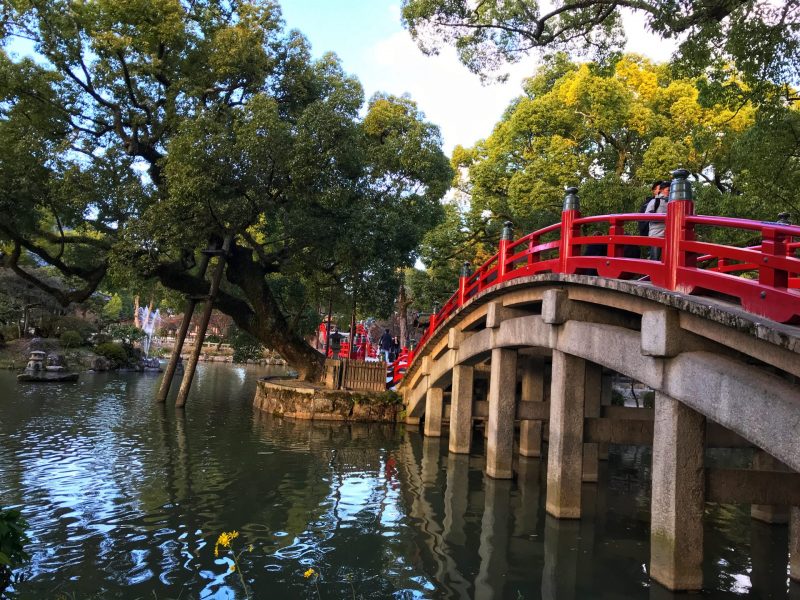
Fukuoka is the biggest and busiest city in Kyushu. It is also the main transportation hub for visitors when visiting Kyushu. Frequent shinkansen, JR train, and international and domestic flights welcome thousand of travelers per day. It’s a great starting off and ending point for your Kyushu itinerary. Additionally, you can also make use of the JR train and visit the nearby attraction.
Similar to most of the bustling cities in Japan, Fukuoka has a lot of shopping mall stores such as Hakata Canal City, and Tenjin shopping group to fulfill your shopping needs. Aside from that, Fukuoka is also well-known for its food and birthplace of many local cuisines. The Hakata ramen, mizutaki, motsunabe are must eat food in Fukuoka. Yatai food stalls are also one of the unique food cultures that you can widely find in the city.
Plan your visit to Yanagawa, the Japan version of Venice with a traditional boat ride through the picturesque canal build around the castle town. Don’t forget to taste the Unagi rice for lunch in Yanagawa. Next visit the Dazaifu Temangu, one of the most important Temangu shrines in Japan.
Read more : Things to do on Your Fukuoka Itinerary
Where we stayed : Another one-night stay in Montan Hakata Hostel .
Kyushu Transport Guide
Getting to kyushu.
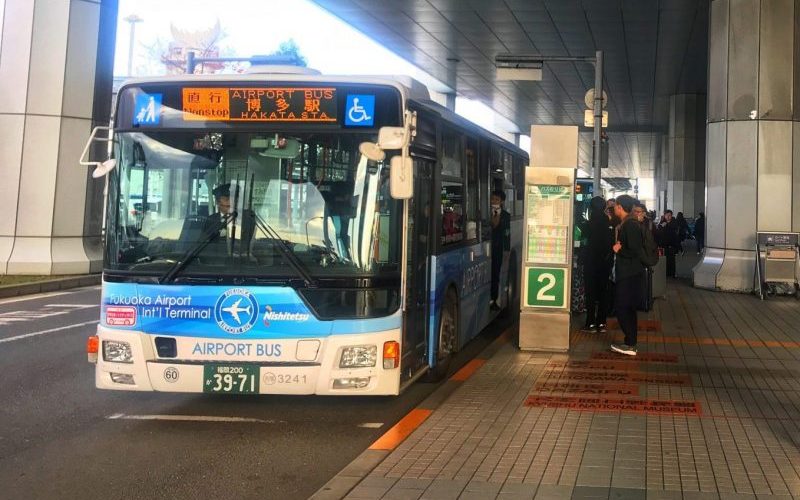
By Shinkansen : Tokyo and Fukuoka (Hakata Station) are connected with Tokaido/Sanyo Shinkansen. One way journey takes about 5 hours and costs about ¥23,000. Foreigner travelers can get the Japan Rail Pass to save on this bullet train ride. However, take note that JR Rail Pass is not valid for Nozomi trains, and have to ride the Hikari train instead.
By Air : The biggest airport in Kyushu is located in Fukuoka. It is the main transportation hub for domestic and international travelers. Frequent domestic flights per day from Tokyo to Fukuoka and other cities in Japan. It also welcomes international travelers from Hong Kong, China, Taiwan, South Korea, the Philippines, Malaysia, and more.
One of the best things about flying to Fukuoka is the city is located extremely near to the airport. It is only about 2 stops of a subway ride with about 10 minutes at ¥260. Take note that the subway station is situated at the domestic terminal building. But glad that a free shuttle bus service is connecting the international domestic building in Fukuoka Airport.
Further Read : From Fukuoka Airport To City By Bus, Subway, and Taxi
Friendly Reminder: Nowadays, mobile data is invaluable and extremely useful when traveling in Kyushu. Being able to research a place to visit and having real-time navigation was invaluable and we highly recommend purchasing to get your mobile once you arrive in Japan. It is advisable to reserve early as it was cheaper than purchasing on arrival.
Click here to pre-book unlimited 4G Sim Card and Wifi router .
Getting Around in Kyushu
There are only two ways for getting around in Kyushu, either by self-driving or public transport. My advice is to plan out what you want to see and then look for transport to travel between the cities and attractions.
Although the southern region such as Kumamoto, Kagoshima, and Miyazaki is accessible by shinkansen or local train. But most of the attractions are only can be accessed by self-driving or buses. While the northern region such as Fukuoka, Nagasaki has better railway service with a train and metro system in town.
Self Driving in Kyushu
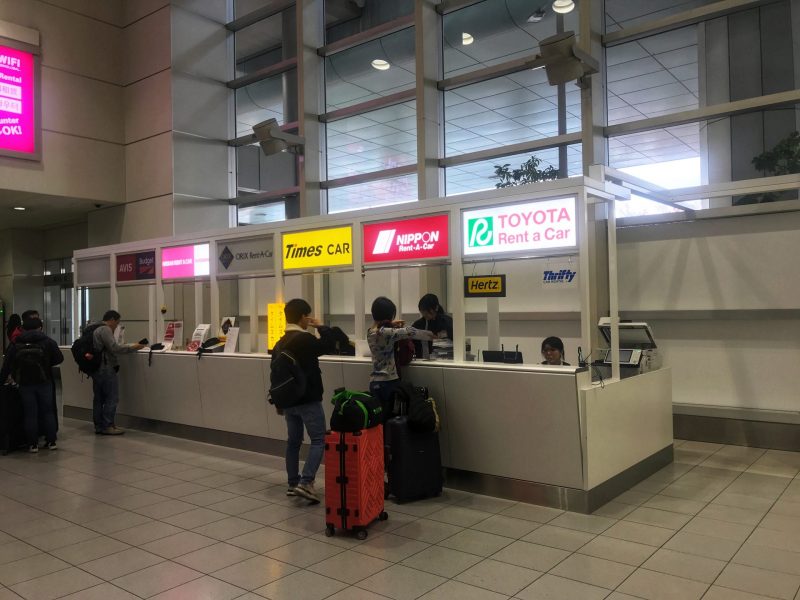
Kyushu is very ideal to plan for Kyushu self-driving itinerary especially when you are traveling with the elderly and kids. Self-driving in Kyushu allows you slowly travel around at a slow pace. You can book your rental car and pick up your car at the airport. It is also much cheaper when traveling in a group and flexible. For hassle-free, consider getting the Kyushu Expressway Pass to save on the toll fee.
Click here to check for your best price for the wheel from RentalCars.com .
If you’re wondering how should approach renting a car in Kyushu, check out this article for some useful tips on How to Rent A Car For Self Driving in Japan .
By Using Public Transport
Transportation is not cheap when getting around in Kyushu. Luckily, Japan offers various transport passes that allow you to take unlimited trains and buses at a cheaper price. This is a great deal for foreign visitors as we need to travel around to many cities. You need to pick one of two transport pass to save some money.
Below is the popular and top pick for Kyushu Transport Pass that you need.
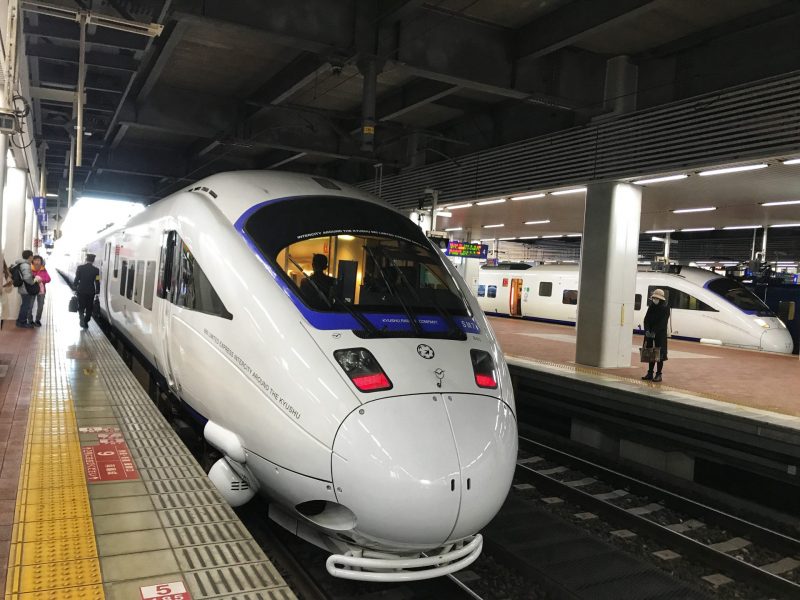
If you plan on visiting multiple destinations on Kyushu Island by train, worth to consider to get a JR Kyushu Rail Pass . There are 3 types available: the Southern Kyushu Pass, the Northern Kyushu Pass, and the ALL Kyushu Rail Pass.
Kyushu JR Pass (More info about the validity, price, and coverage)
- All Kyushu Area : 3-Days at ¥20,000, 5-Days Pass at ¥22,500, and 7-Days Pass at ¥25,000
- Northern Kyushu Area : 3-Days Pass at ¥12,000 and 5-Days Pass at ¥15,000
- Southern Kyushu Area : 3-Days Pass at ¥10,0000
- Fukuoka Wide : 2-Days Pass at ¥3,060
** Important Note : The cost of the Kyushu Rail Pass is officially increased on October 1, 2023. Still, it is worth grabbing a JR Kyushu Pass when traveling around Kyushu.
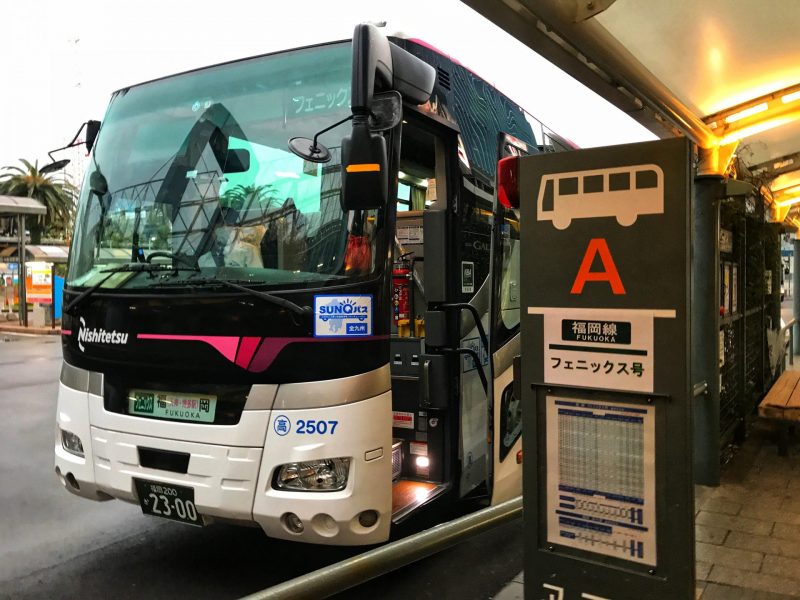
Moreover, some of the attractions such as Kurokawa onsen, and Takachiho Gorge are only accessible by self-driving or bus. If you are planning these places as part of your Kyushu itinerary, take a look at Kyushu SunQ unlimited Bus Pass . It covers almost 99% of highway and local buses in Kyushu.
SunQ Unlimited Bus Pass (More info about the validity, price, and coverage)
- All Kyushu SunQ Pass : 3-Days (¥11,000) and 4-Days Pass (¥14,000)
- Northern Kyushu SunQ Pass : 2-Days Pass (¥6,000) and 3-Days Pass (¥9,000)
- Southern Kyushu SunQ Pass : 3-Days Pass (¥8,000)
We have also documented how to reserve your seat ticket using each pass. Check it out if you need more information.
- Tips For JR Kyushu Pass Seat Reservation Online and Onsite
- How to make reservation on Kyushu Odan Bus
- How to reserve highway bus ticket in Kyushu Japan
Overview: Kyushu Itinerary
All in all, this Kyushu travel guide blog will give you some ideal things to do and see in Kyushu. There are various transportation options and attractions in each place. Free feel to check more detail on each travel blog when planning your Kyushu itinerary.
So, that’s it. Hopeful this Kyushu itinerary is helpful to plan for your Kyushu trip. If the above Kyushu travel guide can inspire you, feel free to continue reading on our travel blog below to know in more detail. Enjoy your Kyushu trip.
Northern Kyushu (Fukuoka, Kumamoto, Kurokawa Onsen, Beppu, Yufuin, Kitakyushu, and more):
- Fukuoka Itinerary: Ultimate Travel Guide
- Things To Do in Kumamoto: 1-Day Itinerary
- Nagasaki Itinerary: A Travel Guide Blog
- [Nagasaki] Sasebo Itinerary: Kujukushima Sightseeing Cruise
Southern Kyushu (Miyazaki, Takachiho Gorge):
- Kagoshima itinerary: A Travel Guide Blog
Day Trip Sakurajima Itinerary: A Travel Guide Blog
- Miyazaki Itinerary: What to do and eat in Miyazaki
- Takachiho Gorge Travel Guide: 1-Day Itinerary Blog
You Might Interested:
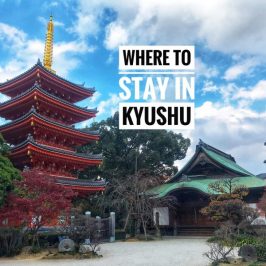
Where To Stay in Kyushu: Favorite Areas & Best Hotels
If you’re thinking of venturing to Kyushu soon, here are our recommendations on where to...
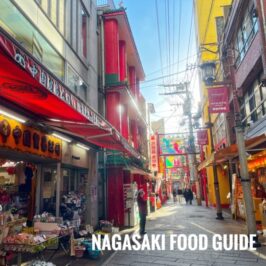
Nagasaki Food Guide: What To Eat in Nagasaki
Use this Nagasaki food guide to savor the city’s tastiest treats through our top picks...
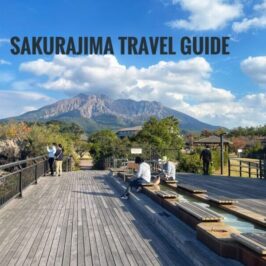
Visiting Sakurajima? Here is all the information you need to plan your Sakurajima itinerary as...
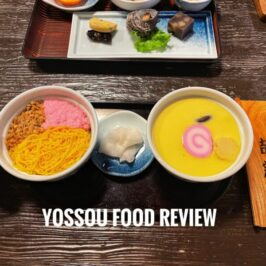
Yossou Nagasaki: Best place for Chawanmushi
It's worth a try to go to Yossou Nagasaki for a true Japanese dining experience....
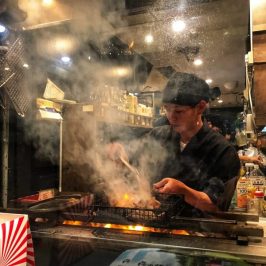
Miyazaki Food Guide: What To Eat in Miyazaki
Here is the good food to eat that we would like to introduce in Miyazaki...
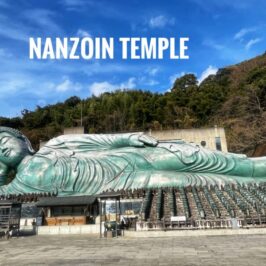
Nanzoin Temple: Travel Guide to Fukuoka Reclining Buddha
Make a half-day trip with our Nazoin Temple itinerary, showing you the highlights of the...

The Ultimate Road Trip Guide to Exploring the Kyushu Island, Japan
Kyushu Island is a unique part of Japan that is often overlooked by visitors.
It’s far away from the busy hotspots of Tokyo and Kyoto.
What if I tell you that Kyushu Island is only a short domestic flight away and it’s easy to reach and explore?
Kyushu is a paradise for nature lovers with its stunning countryside and unique landscape with trees, mountains and active volcanoes. The island offers a more relaxed experience of Japan, giving you a break from the hustle and bustle of the most popular cities in the country.
What I most like about Kyushu Island is how easy and accessible the island is to visitors, and it’s the perfect location to enjoy a road trip in Japan.
So, what are you waiting for? Pack your driving licence, grab a rental car and explore the major sights around Kyushu Island.
I’ve put together a fun itinerary for exploring Kyushu that can be done over the course of one week.
From the onsens of Oita to the stunning rolling countryside of Yufuin and from the volcanoes of Aso to the castles of Kumamoto to the exciting nightlife of Fukuoka, Kyushu has it all.
Here is My Ultimate Guide to Exploring Kyushu, Japan:
Transportation options: flying to kyushu from tokyo .
Flying to Kyushu Island from Tokyo Haneda International Airport couldn’t be easier. Once you’ve arrived at the international terminal you can transfer to the domestic terminal.
There are . With Japan Airlines or ANA (All Nippon Airways) you can fly to Oita, Kumamoto or Fukuoka which has the biggest and most popular airport of the three.
Tokyo Narita Airport also has some options for flying to Kyushu, such as with Jetstar to Fukuoka.
You can also take the Shinkansen highspeed train to Kyushu Island . Depending on where you are in Japan, you can take the train from Tokyo or from Shin-Osaka station to Hakata (Fukuoka) station by using the JR Tōkaidō Shinkansen or Sanyō Shinkansen lines.
The train can be a more expensive option for travelers compared to flying. Journey time from Tokyo to Hakata by train is around five hours. If you’re going to be doing a lot of train travel in Japan, it’s recommended to get the Japan Rail Pass .
Another alternative travel route to reach Kyushu Island is to take the ferry boat from Busan, South Korea to Fukuoka, Japan.
How to Rent a Car in Kyushu, Japan
It’s rather easy to rent a car on the island of Kyushu, Japan. Be sure to register for an international driving licence in your home country well in advance before arriving in Japan.
I arrived at Oita Airport and used Toyota Rent a Car company which offered a pickup service from the airport. After exploring Kyushu, I could drop the rental car off in Fukuoka at the end of the trip.
One tip would be to request an English navigation system in your rental car as they have both Japanese and English ones available.
Driving in Japan is rather simple and straightforward. Just keep an eye on the local speed limit. It’s also advised to keep some small change at hand for parking and tolls as normally the machines only take cash.

Rental car in Japan
Recommended Road Trip Route Around Kyushu Island
To complete my recommended road trip route, you will need a week’s duration to visit all the destinations listed in this guide.
If you wish, you could break up sections to complete over a long weekend or take longer and spend more time in each destination and extend the trip further than a week. The option is purely based on how you prefer to travel.
I’ve recommended flying into Oita airport to pick up your car rental and then end the trip in Fukuoka . If you want to switch the route around you could start by flying into Fukuoka and ending up in Oita.
Another option is to start in Fukuoka and then loop around from Oita and head back to Fukuoka (journey time 2 hours). Toyota Rent a Car has pick up and drop off points at both locations.
All route options are flexible, and it would depend on how you reach Kyushu Island so feel free to adapt and change my recommendations to fit your travel plans best.
Related tour: Fukuoka: Personalized Experience with a Local
Read more of our road trip tips .
Global 3G/4G data and Wi-Fi in Kyushu, Japan
All around the Kyushu Island I found the 4G signal reliable and well connected. I’d recommend getting some data whilst exploring Japan so you can stay connected and find your way. Use our Travel Dudes eSIM card with really good rates.
Google translate can come in handy to help with conversations, and Google maps can help with directions if the navigation system becomes confusing. It’s also helpful to contact local guest houses in case you encounter a delay on route.
Another option is getting a Skyroam device to take with you on your trip as it offers good daily rates for multiple devices so you can stay connected whilst in Japan. Or consider this 4G SIM card .
Matsuri in Kyushu
To mark the celebration of the Rugby World Cup 2019 and to promote the unique and diverse culture that can be found around the Kyushu Island, a special event called Matsuri in Kyushu will be held for international visitors.
Matsuri in Kyushu, which in Japanese translates into Kyushu festival will be held between the 28-29th of September in Kumamoto city centre . It is close to the Rugby World Cup fan zone area so everyone can take part in the fun activities that will be on display over the course of the two-day event.
Prefectures participating in the event will be from around Kyushu. Yamaguchi, Fukuoka, Saga, Nagasaki, Kumamoto, Oita, Miyazaki, Kagoshima and Okinawa will all come together to showcase their local culture to the international visitors. It will for sure be an entertaining event jam packed with loads of traditional Japanese activities to take part in.
Practical Guides and Rules to Understanding Onsen Culture:
Bathing in an onsen is a popular and relaxing pastime in Japan . It is most popular in Oita, the home of onsen with geothermal activity from the volcanoes heating up the hot springs. You will find many naturally heated onsens in the area, and, in fact, Oita is the onsen capital of not only Kyushu but the whole of Japan with thousands of hot springs to choose from.
So, bring your onsen towel with you as you will have many opportunities to enjoy a relaxing onsen around Kyushu.
What I wanted to do here is offer some words of advice to international visitors and first-time users of onsen as there are a few points you should bear in mind before you get started.
– Take a shower before entering the onsen to ensure you’re completely clean. – You must be naked in the onsen as clothes are considered dirty. – Public onsens are normally split into male and female sections. If you wish to share an onsen, you can book a private one at selected guest houses. – No tattoos are allowed in onsen. If you have tattoos, you can look for tattoo friendly onsen . Tourism Oita have created a map to show the locations. – Your towel must never touch the onsen water. You can place your small onsen towel on your head whilst enjoying the onsen. – Don’t dunk your head under the onsen water. – Avoid water splashing in the onsen area. – Dry yourself before entering the changing rooms. – Remember to sit back, relax and enjoy your onsen experience in Kyushu.
You will soon learn that Japan is a culture built on respect, and rules are normally put into place to make the experience enjoyable for everyone. Now you know the basic rules to enjoying an onsen experience and you should be all set.

Private Onsen in Japan
The Prefecture of Oita
Within Oita Prefecture, you will find popular locations such as Oita City, Yufuin and Beppu to explore which offer plenty of onsen options to choose from as well as beautiful countryside, nature and fun city life.
First, we will visit the city of Oita which is worth staying over for the night.
Tenku Open-air City Spa & JR Kyushu Hotel Blossom Oita
When you arrive in Oita city, why not relax and enjoy your first onsen? Be sure to check into the JR Kyushu Hotel Blossom Oita which is easily found next to Oita railway station.
Once checked in, you can enjoy the best city view of Oita city from the relaxing Tenku Open-air City Spa which is located in the roof of the hotel. Perfect for relaxing either at sunset when the city lights start to turn on or first thing in the morning as you watch the sun rise over the city. It’s truly the best and most relaxing spot in Oita city.
This natural carbonated hot spring features baths with panoramic views of the city, plus saunas.
Bar Hopping and Local Foods Around Oita
The best nightlife and places to eat around Oita City can be found north of the train station. Here you can find a wide selection of bars serving izakaya style BBQ snacks or a whole host of local dishes.
The area was made popular by salarymen enjoying a tasty bowl or two before grabbing the last train home.
Local dishes that are a must try include Bugo beef, Seki mackerel and chicken tempura. You can wash down these tasty dishes with a glass of Shochu which is produced in Kyushu. Enjoy the nightlife by sampling a taste of local dishes on your visit around Oita city.
Oita as a prefecture has the most onsens and the largest output of hot spring water in Japan. One good example of this can be found in the city of Beppu. Driving from Oita city to Beppu is relatively easy to do as it’s around a 25-minute drive.
Enjoy a Relaxing Foot Spa
If you would like to rest your feet, Beppu has a large selection of free self-service public foot spas that can be found scattered around the city. Don’t forget to pack your own towel to dry your feet when you’re done . I would recommend the Beppu Kaihin Sunaba Onsen which looks out to a stunning sea view.
Close to this location you can also find a sand onsen on the beach. It works by being buried under sand which is heated by rising steam. This is a very unique form of onsen that can be found in Beppu and around Kyushu.
Jigoku Hells Visitor Onsen
Beppu is also home to visitor onsens called Jigoku which translates to English as “hells”. These hells are meant for viewing only. You can find seven of them located around the city of Beppu.
You can purchase a Beppu Jigoku ticket at any of the entrances that will give you access to all seven of the hells. Parking is also available for free at the locations.
Because of fumarolic gas of around 100 degrees, these hells are not open for bathing and only for visitors to view from a distance . Five of the hells are located in the Kannawa district and two in the more remote Shibaseki district.
Umi Jigoku is the most popular of the hells and one of the most beautiful as well. Here you can see the large hot spring and the vast steam that rises from the pond.
Worth trying on your visit to the Jigoku is the hot spring steamed pudding which is served at a number of the cafes at the hells.
At Chinoike Jigoku location, the pond water is a red blood colour. It is one of the most photogenic locations of the seven. Worth visiting and stopping off for sure.

Jigoku Hells Visitor Onsen in Beppu.

Jigoku Hells Visitor Onsen in Beppu in autumn
Jigokumushi Kobo Steam Cooking Center
Feeling hungry? Why not go to an onsen restaurant! At Jigokumushi Kobo Steam Cooking Center you can purchase a selection of ingredients, such as fresh vegetables, dumplings, eggs, meat cuts or seafood to be steam cooked from the hot spring steam.
You can rent a steam chamber to cook your meal in, and whilst you wait you can use the foot baths under the dining table to relax. A delicious, unique and fun dining and cooking experience to try in Beppu.
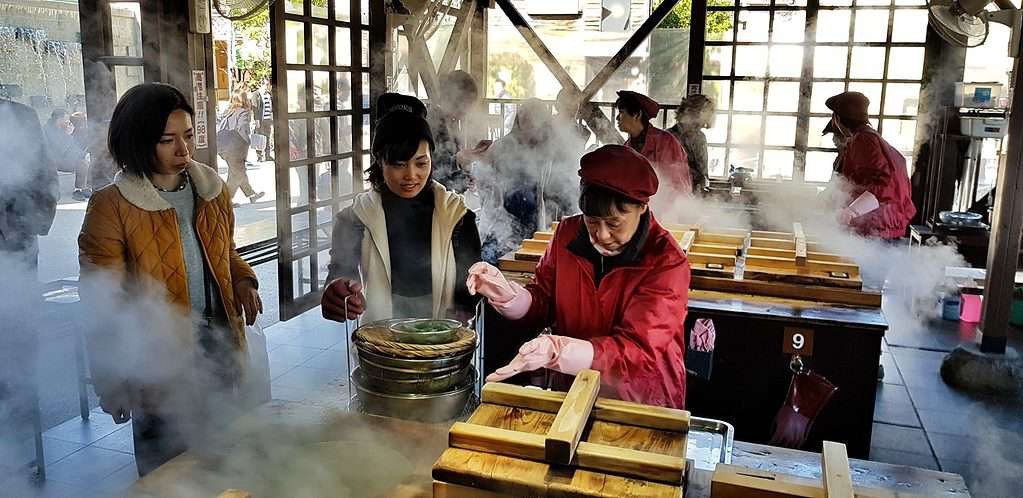
Steam cooking in Beppu, Japan
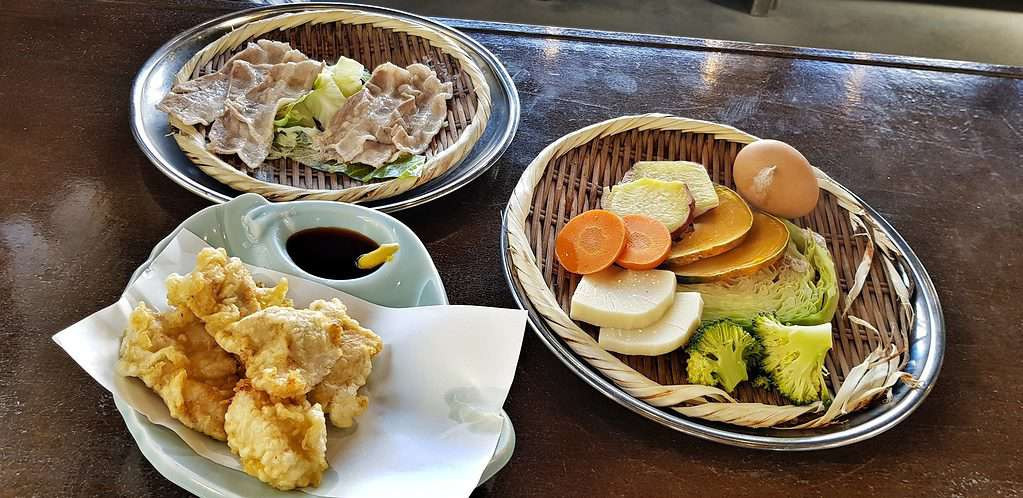
Steam cooked meals in Beppu, Japan
Yufuin and Yufu mountains
Yufuin is famous for its stunning countryside and vista like scenery . A good idea is to park up your rental car at the Yufu train station and rent a bicycle for the day from bicycle shop ren-cha. Then you can go and explore Mount Yufu which includes a selection of wonderful foothills that offer a refreshing breath of fresh air and stunning views. A great way to spend the day.
Close to the Yufu train station you can find the guest house Yufuin no Take which makes for a great place to park your car and rest your head for the night for a busy day ahead. You will want to wake up bright and early to make your way to Mount Aso.

Cycling in the Yufu mountains.

Sunset at Yufu mountains
Mount Aso is an active volcano and the mountain’s active volcanic peaks include Mount Nakadake, Komeduka, Kusasenri and Daikanbo crater.
This area is a spectacular area of natural beauty and worth the stop along your road trip . The best and safest location to have a good look over the edge into the Nakadake crater is from the viewing area. The toll road to the crater is also open if you wish to use your own car, and the crater is an easy one-minute walk away from the car park.
The popular ropeway that was used for visitors to get to the top of the crater remains out of service. Before visiting Mount Aso , you should check for live updates on visiting the crater as the visitor situation can change daily due to weather conditions.
It’s important to note that if you have health issues such as asthma, it’s advised not to visit the crater area. You can find a selection of light hiking paths that can take you to different viewing points of Mount Aso’s volcanic craters.
The hiking paths are normally less crowded and a great way to discover the landscape. You could find yourself having the whole place to yourself, and it almost feels like you’re on Mars whilst walking around the area.

Mount Aso crater

Hiking at Mount Aso
Stay at a Traditional Japanese Ryokan
Otohime no Sato is a traditional Japanese ryokan located within close driving distance from Mount Aso.
If it’s your first visit to Japan, then staying one night at a traditional Japanese guest house called a ryokan is a must. Kyushu offers a wonderful selection of ryokans to choose from, particularly those with private access to relaxing onsens.
The best ones that offer the most relaxing and peaceful atmosphere are located in the countryside amongst nature, and Kyushu has many of these types of ryokans to offer with an idyllic setting.
Traditionally ryokans are passed through the guest house owners’ families, and many ryokans can date back through generations, some even back to the Edo time. Normally a night’s stay at a ryokan will come at an additional cost compared to standard hotel stays but the experience is well worth the value.
Mostly for its unique Japanese cultural experience, a ryokan can be rather interesting to try for visitors as it’s so different to a normal night’s stay. So, why not try it on your visit to Japan at least once? Your room will be a traditional Japanese room with tatami mat and thin paper walls and doors. It’s advised to take your shoes off before entering and to keep your luggage off the delicate tatami floor to avoid damage.
Normally a guest will have a yukata robe, bed pyjamas, towels, bedding, sheets and pillows provided by the ryokan. These items might be stored away when you enter the room for the first time. This way you can use the room before bedtime when the beds are made up for use. Normally your stay will include a dining experience and breakfast service which is usually included in the price.
The dining is a wonderful experience to enjoy traditional cuisine and dishes from the guest house area. What is special about staying at the Otohime no Sato ryokan is the private onsens which you can rent out either in the evening or morning and you have one all to yourself to relax and enjoy.
Be sure to book a ryokan for at least one night on your road trip around Kyushu.

Room at a traditional Japanese Ryokan

Private Onsen at a Japanese Ryokan

Dinner at a traditional Japanese Ryokan

Dishes at a traditional Japanese Ryokan
Kumamoto is another popular city on the Japanese island of Kyushu in the south-west of Japan. There are many incredible attractions, sights to see and dishes to try for travelers who happen to be visiting the city of Kumamoto, the largest city in the Kumamoto Prefecture.
Hotel the Gate Kumamoto
For an affordable stay in Kumamoto, be sure to check out Hotel the Gate Kumamoto . This brand new modern, cosy and clean hotel is located close to JR Kumamoto station and offers you a comfortable stay. Here you can have a good night’s sleep in Kumamoto for a great price.
Kumamoto Castle
Kumamoto Castle dates back to the 17th century and is considered one of the top three most important castles in all of Japan . The castle was greatly destroyed by the earthquake that hit most of the Kumamoto city in 2016.
Work is underway to rebuild Kumamoto Castle back to its former glory, and it will take some time until the construction work is completed. Until then, many of the main areas are closed off from access but you can still walk around the outside fortress grounds of the castle. Kumamoto city is working on recovering and reopening the main Tenshu exterior by October 5th, 2019 for the rugby visitors.

For the Love of Kumamon
Created by the government of Kumamoto Prefecture, Kumamon is a mascot known in Japan as a your-charm. Kumamon is used to promote the island of Kyushu, and I’m sure you will spot the happy bear mascot all around the island of Kyushu whilst on your road trip. Be sure to keep a look out for him.
You can even visit Kumamon’s official office in Kumamoto to say hello in person, and he also started a Youtube channel. Kumamon has grown in popularity over the years and has become a big success for the island’s promotion. Maybe you might want to buy some Kumamon gifts to remember your time in Kumamoto.
Ajisen Ramen for Lunch
If you are looking for a lunch spot in Kumamoto, then you must try the popular ramen restaurant, Ajisen Ramen . The restaurant is famous for its heavy level of roasted garlic that takes over the thick broth. This food is sure to pack flavour, and you can get a good lunch set deal here for a reasonable price.
Based on the Kurume ramen concept, the addition of the extra garlic chips and oil concept have earned many fans. Have a seat and enjoy a tasty bowl of Ajisen Ramen.

Lunch at Ajisen Ramen
Suizenji Garden
Suizenji Jojuen Park is a traditional Japanese garden that surrounds a natural pond. Here you can enjoy and admire the peaceful natural landscape that’s located in the city. For the best view of the garden and the pond, enjoy a tea ceremony at the tea house where you can relax and unwind with an incredible view. The garden is also home to a Suizenji temple which was built in 1632. The surrounding garden represents parts of the 53 Stations of the Tokaido, an ancient route that ran from Edo to Kyoto, and the hill is meant to represent a small-scale Mt. Fuji.

Suizenji Garden - autumn leafs

Suizenji Garden - bridge

Suizenji Garden - tea ceremony

Dressed up at Suizenji Garden
Kamitori and Shimotori Shopping Arcade
When looking for nightlife in Kumamoto, be sure to visit the Kamitori and Shimotori shopping arcade area. It’s the place to be for evening dining and entertainment. With loads of options to choose from, these arcades are perfect for enjoying izakaya style dining and finding an excellent selection of craft beers.
My recommendation is Neginozu for izakaya dining (chicken is a good option) and Voyager for a good selection of Japanese style craft beer. For those who are feeling more adventurous, you could also try a sushi train concept restaurant. It’s great fun, and the food is very delicious.
Fukuoka is the capital and the largest city of Fukuoka Prefecture, located at the tip of the northern shore of the Kyushu Island. Fukuoka has been an important harbor city for many centuries. The city is best known for its ancient temples, great beaches, modern shopping and fun nightlife.
Fukuoka actually consists of two cities that were combined in 1889 when Hakata joined with Fukuoka to create a mega city. Hakata is still a popular district within Fukuoka. There’s a Shinkansen railway station there, and the district is also a popular spot for ramen lovers.
Here is What You Can Do During Your Visit to Fukuoka.
Accommodation: book and bed fukuoka.
is the perfect stay for book lovers in the city centre of Fukuoka. Nestled between the book shelves you can discover hidden cabin beds where guests can stay for the night.
When you’re not sleeping you can enjoy reading amongst the endless selection of books on display.
It’s like a capsule hotel but with a unique and interesting twist. This is a fun and an alternative way to experience a one-night’s stay in Japan, and it’s also a perfect location to base yourself in Fukuoka.
Yusentei Park
If you’re looking for tranquillity in Fukuoka and wish to escape the city for a moment, look no further than the Japanese garden of Yusentei Park .
It is a peaceful place and a great example of a Japanese-style garden that surrounds a lake. Spend some time walking around here and check out the large selection of koi carp that occupy the lake as well as the superb greenery.
Be sure to also visit the tea house that looks over the lake and enjoy a tea ceremony.

Yusentei Park, Fukuoka
Dazaifu Tenmangu
Dazaifu Tenmangu is a shrine dedicated to Sugawara Michizane who is known as the god of learning . The shrine grows in popularity around exam time when students flock to the location to pray for good results.
As you walk up to the shrine you will notice a selection of brass ox statues which act as symbols of luck if you rub them. If it’s success in exams or academic achievement you seek, this is the shrine for you. The temple is located 250 meters away from Dazaifu train station. The street is lined with cosy traditional shops selling local products, such as hand-crafted chop sticks or the delicious bean paste cake called Umegae Mochi. Perfect spot for finding Japanese gifts to take back home with you.
If you wish to jazz up your photos in Dazaifu, you can rent a kimono or yukata here for the evening as the cosy town offers a perfect back drop. Once you’ve passed the shops, you will find a torii gate that marks the entrance of the shrine. Leading up to the shrine, you will meet a series of two arched bridges and islands representing the past, present and future. They will then lead you to the walled courtyard of the shrine.
The area is also popular for being surrounded by over 6,000 plum trees which add a wonderful element of natural beauty to the surroundings .
This Fukuoka tour includes a visit to Dazaifu Tenmangu Shrine.

Bridge at Dazaifu Tenmangu

Temple Dazaifu Tenmangu

Wishes at Dazaifu Tenmangu
Ichiran Dazaifu Sando ramen noodle
Ichiran Dazaifu Sando is a popular ramen chain which was first established in Fukuoka, Kyushu . Their restaurants can be found all around Japan and the world.
The Ichiran Dazaifu Sando location is popular amongst students because of its unique bowl shape which represents good luck and fortune for exams. That bowl is only available in the Fukuoka restaurant. Ichiran Dazaifu Sando is unique compared to other ramen restaurants for its individual dining booths which allow you to focus on the tasty experience without distractions. It’s worth trying for international guests because there’s no other place quite like it.

Meal at Ichiran Dazaifu Sando

Ichiran Dazaifu Sando
Kyushu National Museum
Within walking distance of Dazaifu Tenmangu, you can find the Kyushu National Museum . Here you can marvel at the stunning architecture of the massive blue construction that almost looks like a sports stadium.
Within the exhibition space you will find a large entrance hall that will lead you to four floors of displays covering Japanese history from the Prehistoric Era to the Edo Period.

Before you finish your road trip around Kyushu, why not take a morning walk around Ohori Park located in the city centre of Fukuoka? Here you can explore the old grounds of the once standing Fukuoka Castle and still see some of the ruins. You can also visit Maizuru Park which has a large selection of seasonal flower displays. Enjoy the relaxing urban oasis which offers a perfect area for you to feel the seasons of Fukuoka. You can also find a selection of cafes here for you to enjoy.
This tour includes a visit to Ohori Park.
Yatai Food Stalls
Yatai food stalls must be the most exciting and vibrant place in Fukuoka to grab a bite to eat. Located along the water you will find plenty of food stalls serving a wide selection of Japanese dishes.
This is the place to be as the lights illuminate the sidewalk in the evening, and eager and hungry food enthusiasts wait for their turn to grab an available stall for some delicious dishes to try. Best to arrive here without a game plan and dive into the space that grabs your attention the most. There’s simply so much choice you should seek your own stall to create your own food adventure.
This tour includes a visit to the Yatai Food Stalls.

Yatai Food Stalls, Fukuoka

Dishes at Yatai Food Stalls, Fukuoka
Thank you for reading my ultimate guide to Kyushu island, Japan. Kyushu has so much to offer for visitors to Japan and I’m happy that you’ve stumbled across this guide to get some tips and advice for your future trip to the island.
I could only cover a small part of the island, but you have many options to choose from to create your road trip route. I hope you have a wonderful time exploring the unique part of Japan across the island of Kyushu.
Travel tip shared by Dave for Travel Dudes.
Melvin is the founder and CEO of Travel Dudes, co-founder of the Social Travel Summit and the former COO of iambassador.
View all posts
RELATED ARTICLES MORE FROM AUTHOR
Top 10 best street food in ho chi minh city, 1 day ubud itinerary: unveiling bali’s hidden gems with thrilling adventures, the complete guide to experiencing the shinkansen high-speed trains in japan, check out & follow:, similar travel tips, japan’s boob temple, japanese etiquette: how to act like you’re japanese, things to do in koh samui, explorer videos, denmark: top and unique regions for an active biking holiday, what is the krampuslauf, the perfect weekend guide to exploring duesseldorf, germany, more travel tips, easy tips to outsmart pickpocketing in europe, group travel trips to take in your 20’s, best tropical destinations to visit, follow us on instagram @/traveldudes/.
- Advertise and Media

Kyushu Shinkansen: Map, Stations, Ticket Costs & Travel Times
- Kyushu , Shinkansens
Kyushu Shinkansen is a high-speed railway network in Japan that connects Fukuoka in the north with Kagoshima in the south. The first section of the line, between Hakata and Kagoshima-Chuo, opened in 2004, and the line was extended to Nagasaki in 2022. The Kyushu Shinkansen is a part of Japan’s Shinkansen network, which is known for its speed, safety, and punctuality.
it is operated by JR Kyushu, which is a subsidiary of Japan Railways Group. The line is served by several types of trains, including the 800 Series and 700 Series Shinkansen trains, which are known for their sleek and modern design. The trains are equipped with comfortable seats, spacious interiors, and advanced safety features, making them a popular choice for both business and leisure travelers.
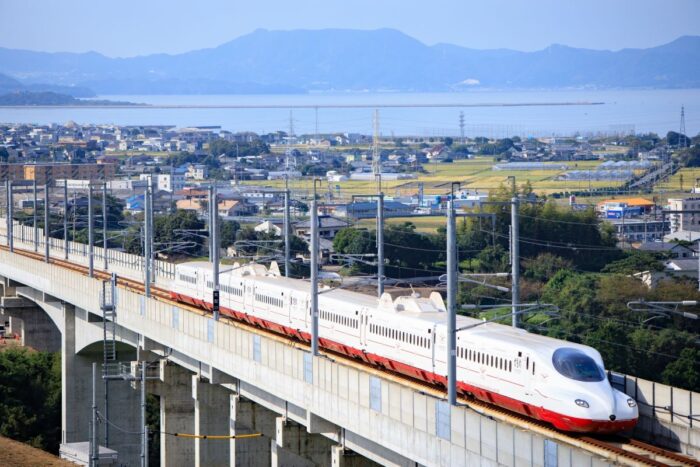
The Kyushu Shinkansen is a major transportation artery in Kyushu, providing fast and convenient access to major cities and tourist destinations in the region. With its high-speed trains, the Kyushu Shinkansen has transformed travel in Kyushu, making it easier and more efficient than ever before.
Kyushu Shinkansen Map
here’s a map of Kyshu’s train network. The shinkansen Lines are Dashed.

Route and Stations
The line is an extension of the San’yō Shinkansen from Hakata Station to Shin-Yatsushiro Station and the Kyushu Shinkansen from Shin-Yatsushiro Station to Kagoshima-Chuo Station.
The Kyushu Shinkansen Line has a total length of 257.8 km and passes through seven prefectures: Fukuoka, Saga, Nagasaki, Kumamoto, Oita, Miyazaki, and Kagoshima. The bullet trains have a maximum speed of 260 km/h (160 mph).
There are 18 stations on the Kyushu Shinkansen Line, including the starting and ending stations. The stations are:
Travel Times And Ticket Costs For The Kyushu Shinkansen
Here 12 stations, approximate travel times, and costs for the Kyushu Shinkansen, which connects Hakata (Fukuoka) with Kagoshima-Chuo.
The travel times and costs are calculated from Hakata Station, and the fares listed below are for one-way travel in an ordinary class car:
Note that the cost may be different for Green Car seats.
The Kyushu Shinkansen Line has several types of trains, including the Sakura, Mizuho, and Tsubame. The Sakura and Mizuho are the fastest trains, while the Tsubame is the slowest.
Kyushu Shinkansen Line is known for its scenic views, including the Ariake Sea, Mount Aso, and the Kirishima Mountains. The line also passes through several hot spring resorts, such as Ureshino, Takeo, and Kurokawa, making it a popular tourist attraction.
Train Services
The Kyushu Shinkansen is a high-speed rail line that connects Fukuoka, the largest city on the island of Kyushu, with Kagoshima in the south. The line has three train services that operate at different speeds: Mizuho, Sakura, and Tsubame.
The Mizuho service is the fastest and makes only limited stops, while the Tsubame service is the slowest and stops at all stations. The Sakura service is in between, with more stops than the Mizuho but fewer than the Tsubame. All three services provide through service with the Sanyo Shinkansen to/from Osaka, making it easy to travel between Kyushu and western Japan.
Kyushu Shinkansen is one of the most modern and comfortable train services in Japan, with spacious seats and panoramic windows that offer stunning views of the Kyushu countryside. The trains are also equipped with free Wi-Fi and power outlets, making it easy to stay connected and charged during your journey.
Shinkansen Times And Ticket Costs From Tokyo To Kyushu

Here’s a table with more specific approximate travel times from Tokyo to Fukuoka (Hakata Station), Kumamoto, and Kagoshima (Kagoshima-Chuo Station) using the Shinkansen. The fares listed below are for one-way travel in an ordinary-class car:
So if you are embarking on a journey from Tokyo to the captivating cities of Kyushu, The Shinkansen allows for a swift and pleasurable journey, providing ample time to immerse yourself in the charm and beauty of these destinations.
If you start your trip by traveling from Tokyo to Fukuoka, where Hakata Station can be reached in around 5 hours and 10 minutes. With a fare of approximately 22,950 JPY, you’ll have the opportunity to delve into the city’s rich culinary scene, including the renowned Hakata ramen and bustling yatai (street food stalls) that come alive in the evening.
Further south lies Kumamoto, a city steeped in history and natural splendor. Arrive at Kumamoto Station in roughly 6 hours and 25 minutes for a fare of about 27,260 JPY. Don’t miss the impressive Kumamoto Castle and the picturesque Suizenji Garden during your visit.
The final leg of your journey takes you to Kagoshima-Chuo Station in the city of Kagoshima, with an estimated travel time of 7 hours and 20 minutes from Tokyo and a fare of 29,750 JPY. Here, you can marvel at the breathtaking Sakurajima volcano and unwind in the soothing hot springs that dot the region, and maybe even have a drop of the local sweet potato Shochu drink..
Shinkansen Times And Ticket Costs From Osaka To Kyushu
The approximate travel times and costs from Osaka to Fukuoka (Hakata Station), Kumamoto, and Kagoshima (Kagoshima-Chuo Station) using the Shinkansen for one-way travel in an ordinary-class car.
So if you’re planning a trip from Osaka to the vibrant destinations in Kyushu, the Shinkansen makes it easy and comfortable to reach these cities while enjoying the scenic views along the way.
When heading to Fukuoka, you can reach Hakata Station in just about 2 hours and 30 minutes. With a fare of approximately 9,970 JPY.
Continuing southwest after switching to the Kyushu shinkansen line and you’ll arrive at Kumamoto Station in around 3 hours and 45 minutes, with a fare of about 14,280 JPY.
Finally, you can reach Kagoshima-Chuo Station in approximately 4 hours and 40 minutes at a fare of 16,770 JPY.
History of The Kyushu Shinkansen

The idea of a shinkansen line in Kyushu dates back to the 1950s, but it wasn’t until the 1990s that construction began on the Kyushu Shinkansen. The line was completed in stages, with the first section between Hakata and Kagoshima-Chuo opening in 2004.
The Kyushu Shinkansen was extended further north to Shin-Yatsushiro in 2011 and then to Kumamoto in 2012. The final section of the line, connecting Kumamoto to Nagasaki, was completed in 2022, making the Kyushu Shinkansen the first shinkansen line to connect the main island of Honshu to Nagasaki.
The Nishi Kyushu Shinkansen, a separate shinkansen line on the northwest part of Kyushu Island, opened in 2023. This line connects Hakata with Nagasaki via Saga and Isahaya.
The Kyushu Shinkansen has had a significant impact on tourism in Kyushu, with increased accessibility to popular destinations such as Kumamoto Castle, Mount Aso, and Nagasaki’s Atomic Bomb Museum. It has also helped to boost the local economy by providing faster and more convenient transportation options for both tourists and residents.
Future Developments
The Kyushu Shinkansen has been hailed as a success since its initial launch in 2011, and it has continued to expand ever since. There are several future developments currently underway that will further improve the rail network in Kyushu.
One of the most significant developments is the ongoing construction of the Nagasaki Shinkansen, which will extend the line from its current terminus in Nagasaki Prefecture to the city of Nagasaki itself. The new line is set to open in 2023, and it will significantly reduce travel times between Nagasaki and other major cities in Kyushu.
Another development is the proposed extension of the Kyushu Shinkansen from Kagoshima to the city of Miyazaki. This extension is expected to significantly improve transportation links between the two cities and boost tourism in the region. The extension is currently in the planning stages, and construction is expected to begin in the near future.
Additionally, there are plans to introduce new, faster train models to the Kyushu Shinkansen. In 2022, JR Kyushu purchased four six-car N700S trains, which are derived from the 16-car N700Ss developed for JR Central. These new trains are expected to increase the speed and efficiency of travel on the Kyushu Shinkansen.
Impact on Tourism
Kyushu Shinkansen has had a significant impact on tourism in the region. A study conducted by de T. Hiramatsu in 2018 found that the HSR has unequal effects on tourism among prefectures. The study found that some prefectures, such as Fukuoka and Kumamoto, experienced a significant increase in the number of tourists after the introduction of the Kyushu Shinkansen, while other prefectures, such as Saga and Nagasaki, did not see a significant increase in tourist numbers.
One reason for the unequal impact on tourism is the location of the stations. The stations located in major cities, such as Fukuoka and Kumamoto, have benefited from the increased accessibility provided by the Kyushu Shinkansen. Tourists can now easily travel to these cities, which has led to an increase in the number of visitors. However, the stations located in smaller cities and towns have not seen the same level of increase in tourist numbers.
Another factor that has impacted tourism is the time savings provided by the Kyushu Shinkansen. The travel time between Fukuoka and Kumamoto has been reduced from 2 hours and 20 minutes to just 35 minutes, making it easier for tourists to visit both cities in a single day. This has led to an increase in day-trippers and has also made it easier for tourists to visit other destinations in the region.
Related Posts

Private Transfer From Miyazaki Cruise Port to Fukuoka City Hotels
- December 31, 2023
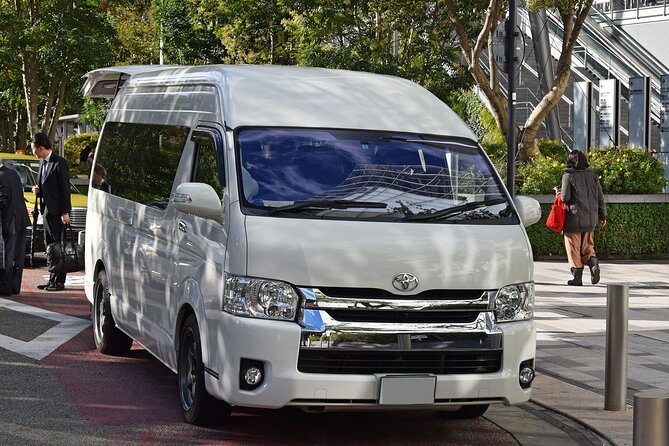
Private Transfer From Miyazaki Port to Kagoshima City Hotels

Private Transfer From Miyazaki Port to Miyazaki Airport (Kmi)
Trending now.

- Media & Industry
- Meetings & Events
- Select Language 简体中文 繁體中文(香港) 繁體中文(臺灣) India (English) Bahasa Indonesia 한국어 ภาษาไทย Tiếng Việt Singapore (English) Philippines (English) Malaysia (English) Australia/New Zealand (English) Français Deutsch Italiano Español United Kingdom (English) Nordic countries(English) Canada (English) Canada (Français) United States (English) Mexico (español) Português العربية Japan(日本語) Global (English)
- India (English)
- Bahasa Indonesia
- Singapore (English)
- Philippines (English)
- Malaysia (English)
- Australia/New Zealand (English)
- United Kingdom (English)
- Nordic countries(English)
- Canada (English)
- Canada (Français)
- United States (English)
- Mexico (español)
- Global (English)
- Fujiyoshida
- Shimonoseki
- Ishigaki Island
- Miyako Island
- Kerama Island
- Tokyo Island
- Koka & Shigaraki
- Hida Takayama
- Ginza, Nihonbashi
- Beppu & Yufuin (Onsen)
- Ginzan Onsen
- Nagasaki Islands

- Kumano Kodo
- Shikoku Karst
- Amami Oshima
- Hachimantai
- Omihachiman
- Aizuwakamatsu

- Diving in Japan
- Skiing in Japan
- Seasonal Flowers in Japan
- Sustainable Outdoors
- Off the Beaten Track in Japan
- Scenic Spots
- World Heritage
- Home Stays & Farm Stays

- Japanese Gardens
- Japanese Crafts
- Temple Stays
- Heritage Stays
- Festivals and Events
- Theater in Japan
- Japanese Tea Ceremony
- Cultural Experiences in Japan
- Culture in Japan

- Local Cuisine Eastern Japan
- Local Cuisine Western Japan
- Local Street Food
- Japan's Local Ekiben
- Japanese Whisky
- Vegetarian and Vegan Guide
- Sushi in Japan Guide
- Japanese Sake Breweries

- Art Museums
- Architecture
- Performing Arts
- Art Festivals
- Japanese Anime and Comics
- Japanese Ceramics
- Local Crafts

- Scenic Night Views
- Natural Wonders
- Theme Parks
- Samurai & Ninja
- Iconic Architecture

- Wellness Travel in Japan
- Japanese Ryokan Guide
- A Guide to Stargazing in Japan
- Relaxation in Japan
- Forest Bathing (Shinrin-yoku)

- Experiences in Japan
- Enjoy my Japan
- National Parks
- Japan's Local Treasures
- Japan Heritage
- Snow Like No Other
- Wonder Around Japan

- Visa Information
- Getting to Japan
- Airport Access
- COVID-19: Practical Information for Traveling to Japan
- Anime Tourism
- Countryside Stays
- Accessible Tourism
- Hokkaido Great Outdoors
- Scenic World Heritage in Tohoku
- Shikoku’s Nature and Traditions
- Southern Kyushu by Rail

- Traveling by Rail
- How to Travel by Train and Bus
- JR Rail Passes
- Scenic Railways
- Renting a Car
- Sustainable Travel in Japan
- Travel Brochures
- Useful Apps
- Online Reservation Sites
- Eco-friendly Accommodation
- Luxury Accommodations
- Traveling With a Disability
- Hands-free Travel
- How to Book a Certified Tour Guide
- Volunteer Guides
- Tourist Information Center

- Japanese Manners
- Spring in Japan
- Summer in Japan
- Autumn in Japan
- Winter in Japan
- Cherry Blossom Forecast
- Autumn Leaves Forecast

- Japan Visitor Hotline
- Travel Insurance in Japan
- Japan Safe Travel Information
- Accessibility in Japan
- Vegetarian Guide
- Muslim Travelers
- Safety Tips

- JAPAN Monthly Web Magazine
- Arts & Cultures
- Nature & Outdoor
- Festivals & Events
- Insider Blog
- Things to do
- Local Guides
- Food & drink
- Traditional
- Hokuriku Shinetsu

My Favorites
${v.desc | trunc(25)}
Planning a Trip to Japan?
Share your travel photos with us by hashtagging your images with #visitjapanjp

HOME > Japan’s Local Treasures > Kyushu
- {{ t.name }}
Recommended categories
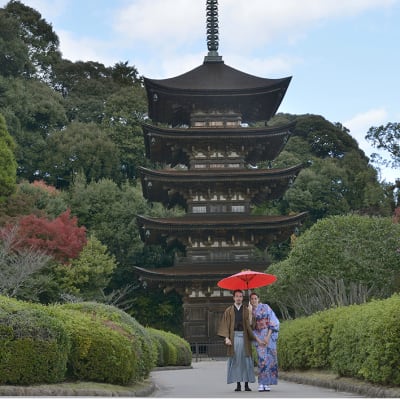
Destinations
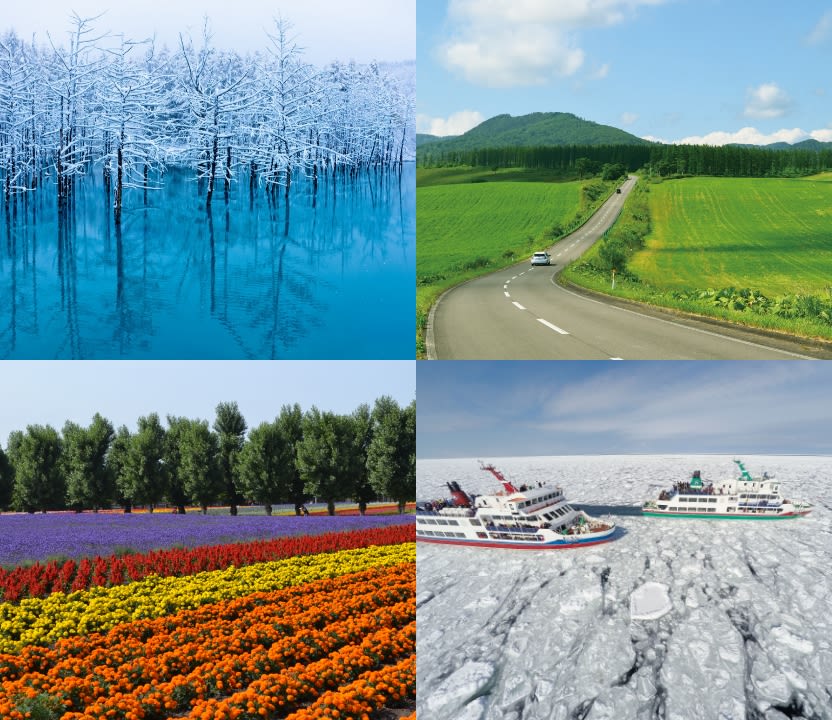
- Japan’s Local Treasures
Please Choose Your Language
Browse the JNTO site in one of multiple languages

Meet Kyushu's Biggest Fans
We’d love to help with your Fukuoka and Kyushu travel plans. Join our guided group tours or travel privately with your family by car or train. Your itinerary will be planned by a Fukuoka local with a deep passion and extensive knowledge of all things Kyushu.
You can send us a message right now or read more on this page to discover what Kyushu travel options are available to you. To give you some ideas we’ve compiled a complete list of the best Fukuoka & Kyushu travel spots .
Choose your Travel Style

Family Trip Planning
Just you and your loved one or with family and friends. Rental car self-drive or explore by train. Leave all the planning to us.
Your preferred dates
Learn more >
Message us >
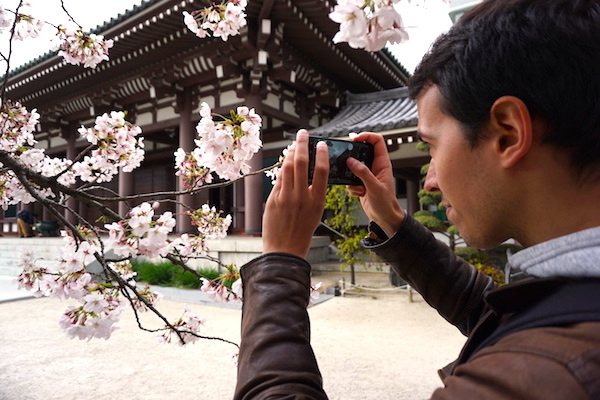
Cherry Blossom Package Tour
We know the best sakura blooming spots. Join this popular all-inclusive group tour and discover them for yourself. The memories will last a lifetime.
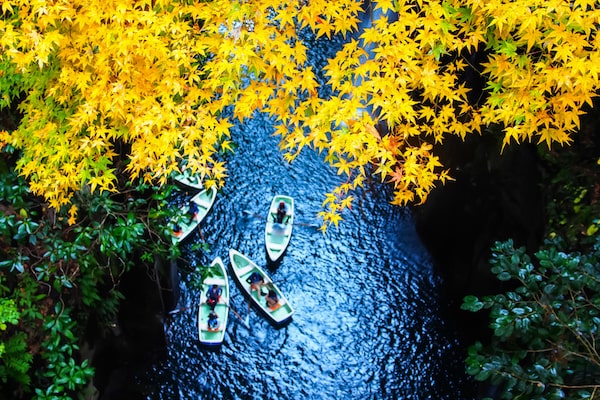
Autumn Colours Package Tour
Discover the best autumn leaves spots in Kyushu. Join our Kyushu fall foliage package tour and see them for yourself.
November 2024
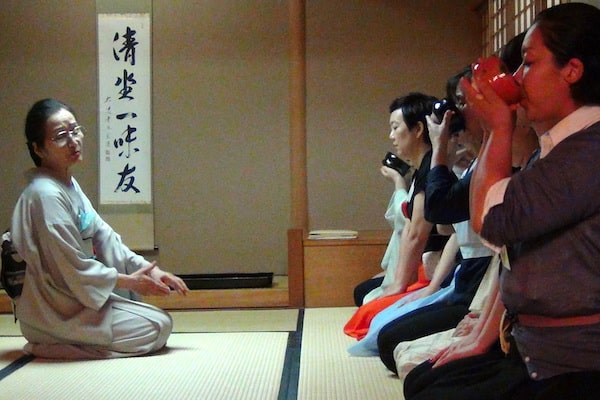
Foodies Package Tour
For people who understand that intimacy with local cuisine is an essential part of travel. The best Kyushu dishes and exclusive culinary experiences.
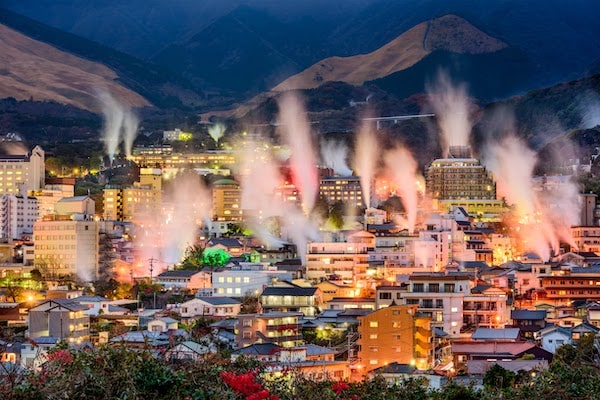
Best of Kyushu Package Tour
Visit all the best places in Kyushu on one unforgettable tour. Volcanic adventures, scenic beauty, tastiest cuisine and much much more.
December 2024
Free to join: kyushu travel facebook group.

Be part of the Kyushu travel community. It’s completely free-of-charge. Share trip ideas and photos for Fukuoka and Kyushu (Japan). Ask questions if you’re planning a trip. If you’ve been to Kyushu before (or live here now) share your knowledge and experience so others can benefit. If you love Japan travel, this group is for you.

Owned and managed by a Kyushu local we want to help you find the real Japan and avoid the tourist traps. It’s our mission to introduce you to our amazing island of Kyushu so you can tell the world.
Learn more about us and our passions >
We strive to operate at all times with honesty and integrity. Expect the highest levels of customer service, specialist local knowledge and unbiased advice.
Kyushu Journeys is a fully registered travel agent with all legal protections in place.
We are the Kyushu travel specialists.
Follow our travels on Facebook >
Japan Yoga Retreat
Escape the crowded cities, immerse yourself in nature and discover the joy of yoga. Experience the serenity of a Buddhist temple and embark on a journey of self-discovery. Complete beginners or experienced yoga enthusiasts sincerely welcome.
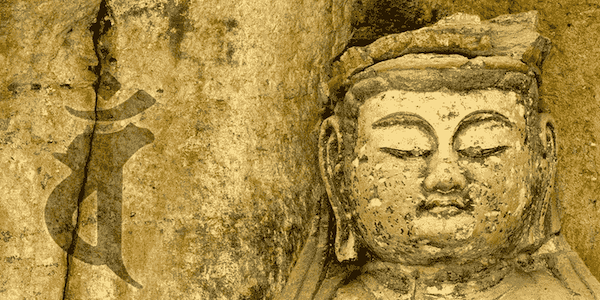
Ancient carved Buddha on Kyushu Island Japan
Kyushu travel agent services.
Contact us with any Fukuoka or Kyushu request. We can help with one day Fukuoka group tours, cruise ship excursions, study tours, Nagasaki pilgrimage (Catholic history) and any other specialist activities or research. We also offer Japanese-English interpreting services, inbound land operations and buyer support (green tea, ceramics or other local products). Whatever your recreational or business requirements, we got you covered.
Your Kyushu Vacation Starts Here
Let us know as much or as little about your plans as you know yourself. We’ll get right back with everything you need to know to start your Kyushu vacation.
Thanks for everything! Yes we thoroughly enjoyed ourselves. Kyushu is definitely a place to go back to. Hope to get… read more →
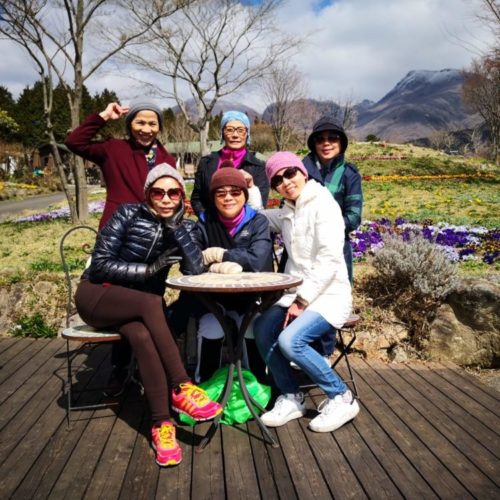
Kyushu Journeys was awesome in helping out with our itinerary. They were very helpful especially with the local reservations and… read more →
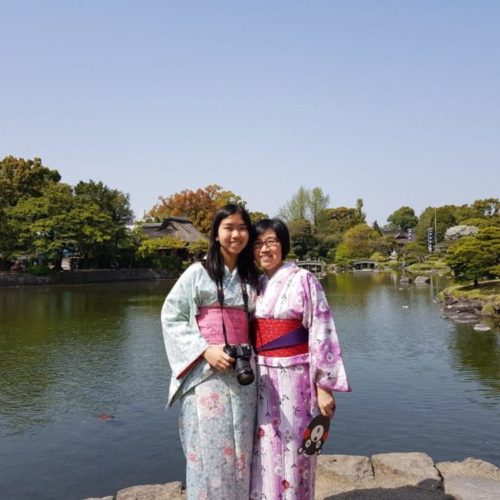
Kyushu journeys were attentive and knowledgeable in organising our specialised itinerary for Kyushu. Despite having been to Japan many times… read more →
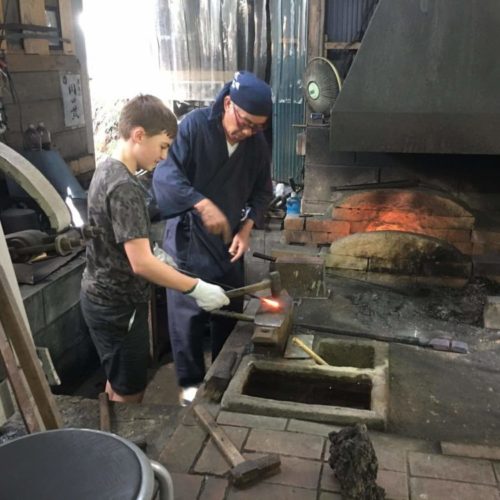
Share your love of Japan travel
7 days, 6 nights
The following is a suggested, very fast paced itinerary for travelers who spend 7 days and 6 nights in Kyushu . This itinerary is designed around using a rental car for some of the rural areas where public transportation is inconvenient. Public transportation can be used instead of a rental car, however, it will result in longer travel times.
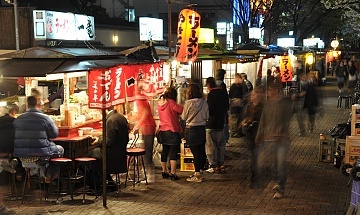
Day 1 - Arrive in Fukuoka
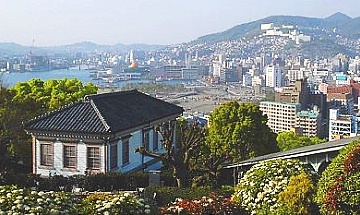
Day 2 - Nagasaki
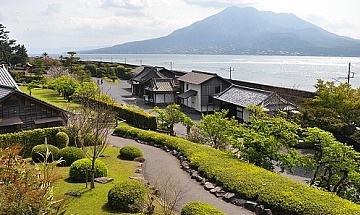
Day 3 - Kagoshima
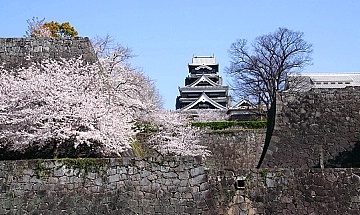
Day 4 - Kumamoto
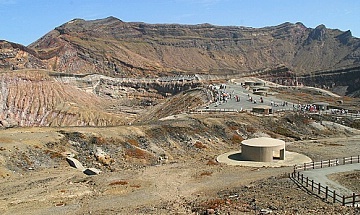
Day 5 - Aso and Kurokawa
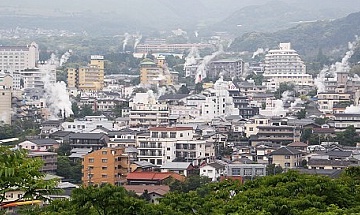
Day 6 - Beppu
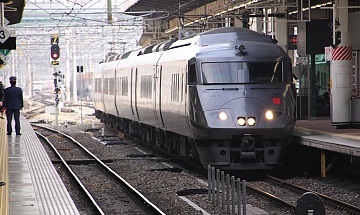
Day 7 - Return to Fukuoka
A 7-day All Kyushu Rail Pass pays off for this itinerary. A rental car is recommended for days 5-6. Alternatively, public transportation can be used for the entire itinerary at a possibly lower cost, but with appropriate adjustments made to account for the longer travel times. Below are some sample budgets for the itinerary, excluding airfare. Find out more about the sample budgets and about the current yen exchange rates .
Questions? Ask in our forum .

- Karatsu Tourism
- Karatsu Hotels
- Karatsu Bed and Breakfast
- Flights to Karatsu
- Karatsu Restaurants
- Things to Do in Karatsu
- Karatsu Travel Forum
- Karatsu Photos
- Karatsu Map
- All Karatsu Hotels
- Karatsu Hotel Deals
- Last Minute Hotels in Karatsu
- Things to Do
- Restaurants
- Vacation Rentals
- Travel Stories
- Rental Cars
- Add a Place
- Travel Forum
- Travelers' Choice
- Help Center
Forest of Environmental Art table reflection - Karatsu Forum
- Asia
- Japan
- Kyushu
- Saga Prefecture
- Karatsu
Forest of Environmental Art table reflection
- United States Forums
- Europe Forums
- Canada Forums
- Asia Forums
- Central America Forums
- Africa Forums
- Caribbean Forums
- Mexico Forums
- South Pacific Forums
- South America Forums
- Middle East Forums
- Honeymoons and Romance
- Business Travel
- Train Travel
- Traveling With Disabilities
- Tripadvisor Support
- Solo Travel
- Bargain Travel
- Timeshares / Vacation Rentals
- Saga Prefecture forums
- Karatsu forum

https://www.asahi.com/ajw/articles/15256310
The photo in the article is famous while it's a bit tricky. Photo must be taken at the certain angle on the table. Weather also needs to be fine. Drive is necessary to reach the place.
- Forest of Environmental Art table reflection yesterday
- Karatsu Kunchi festival is held from Nov 2 to Nov 4 Nov 02, 2023
- Replica of 16th century 'golden tea room' in museum May 09, 2022
- Luggage storage Jun 17, 2021
- Yobuko Marine Pal cruise restarted on June 6 Jun 07, 2020
- Karatsu Fireworks is postponed to Sep 21 May 19, 2020
- Train from Nakasukawabata to Karatsu Jan 17, 2020
- Nanatsugama cave Oct 08, 2016
- changing trains between Fukuoka and Karatsu Jul 06, 2016
- JR Northern Kyushu Rail Pass Mar 20, 2016
- reservation Mar 16, 2015
Karatsu Hotels and Places to Stay
Visit Kyushu The Official Kyushu Travel Guide
- Activities & Experiences
- Art & Culture
- Heritage & History
- Wellness & Relaxation
- Food & Drink
- Nature & Outdoors
- Art & Culture
- Heritage & History
- Nature & Outdoors
- Leisure & Entertainment
- About Kyushu
- Adventure Travel
- Book Kyushu Experiences
- Getting to Kyushu
- Getting around Kyushu
- Good to Know
- Staying in Kyushu
- Downloadable Pamphlets
results from spots

COMMENTS
Land of volcanoes, ancient religious sites and a galaxy of regional cuisines. Kyushu (九州, Kyūshū, literally "nine provinces") is Japan's third largest island, located southwest of the main island Honshu. An early center of Japanese civilization, Kyushu offers many historic treasures, modern cities and natural beauty.
Kyushu is a land full of energy, from its vibrant people to its famous volcanoes. Close to the rest of Asia and easily accessible from Tokyo, Kyushu has welcomed new ideas and cultures for over a thousand years. Experience the dynamic landscapes, relax in the many hot springs, and enjoy the warmth of genuine hospitality.
Easily reached by land, sea and air, dynamic Kyushu is bubbling with energy, culture and activity. Japan's third-largest island is internationally famous for its tonkotsu ramen, varied hot springs, dramatic mountains, and peaceful beaches. While the startup hub of Fukuoka bubbles with international attention, the volcanic terrain to the south ...
Explore the beautiful island of Kyushu with this interactive map created by a user. You can zoom in and out, see the attractions, landmarks and transportation options of Kyushu. This map is a ...
In the previous incarnation of my Kyushu travel guide, I focused largely on the Beppu Onsen hot springs you can actually swim in. During my latest trip, however, I got a chance to explore the Seven Hells of Beppu, with my favorites being Chinoike Jigoku (the "blood" hell) and Umi Jigoku (the "sea" hell). Another awesome part of my latest trip to Oita prefecture was renting a car and ...
Day 1: Mount Aso Day Tour or Mount Aso Hiking/Mount Eboshi. Day 2: GorogoTaki Waterfall in the morning and Mount Neko Hike in the afternoon. Day 3: Takachiho Gorge Tour. Day 4: Mount Kuju Hiking circuit and transit from Kumamoto to Beppu. Beppu. Day 5: Onbara Falls mini-hike and Mount Taharamaya/Magaibutsu Buddha.
Day 12 and 13 - Beppu. Head to Beppu and visit the town's hot springs. Stay in Beppu and return to Fukuoka via Kitakyushu the next day. The above itinerary is somewhat fast-paced. Tourists preferring a slow pace of travel should consider spending more time at some of the destinations along the way. Questions? Ask in our forum. Suggested travel ...
10 days, 9 nights. one less day. one more day. The following is a suggested, very fast paced itinerary for travelers who spend 10 days and 9 nights in Kyushu. This itinerary is designed around using a rental car for some of the rural areas where public transportation is inconvenient. Public transportation can be used instead of a rental car ...
The Ultimate Kyushu Travel Guide (for adventure) 30 Amazing Things to do In Kyushu such as waterfalls, hikes, volcanoes, and hot springs! ... When I searched on Google Maps and clicked the public transport option it would just say 'not available'. It was very clear, very quickly that Kyushu island is best to explore by car, especially if ...
Japan, Asia. Kyūshū (九州), Japan's southern- and westernmost main island, is arguably its warmest and most beautiful, with active volcanic peaks, rocky, lush and near-tropical coastlines, and great onsen (hot springs) virtually everywhere. History and legend were made here: Jōmon ruins, Shintō's sun goddess, wealthy trading ports ...
The Sanyo-Sanin - Northern Kyushu Pass is for the Kyushu area and also travels to/from the Osaka area. This pass lasts 7 days. Buy your pass here for a discounted price. JR Kyushu Pass is available but has duration of 3 or 5 days. This pass is good if you fly to Kyushu and don't plan to travel outside of the island.
Flights to and from are pretty straight forward. Reply. One of Japan's main islands, Kyushi is made up of 8 prefectures. Fukuoka, Kagoshima, Kumamoto, Miyazaki, Nagasaki, Oita, Okinawa and Saga are culturally rich, diverse and full of scenic wonders and truly unique heritages.
Bear in mind that, transportation is also a headache and you need to understand the best way to travel. The Ultimate 10 Days Kyushu itinerary: Day 1: Arrived in Kyushu and headed to Kumamoto from Fukuoka. Day 2: Day trip to Takachiho Gorge. Day 3: Mount Aso - Kurokawa Onsen.
The ultimate list of Fukuoka & Kyushu travel spots. Fully updated 2024. Ask your Kyushu travel questions for free. The ultimate list of Fukuoka & Kyushu travel spots. Fully updated 2024. ... We include Google map links as a backup too! This is how we love to travel ourselves. You can take a look at some of the many road trips we have taken ...
Another alternative travel route to reach Kyushu Island is to take the ferry boat from Busan, South Korea to Fukuoka, Japan. How to Rent a Car in Kyushu, Japan. ... Tourism Oita have created a map to show the locations. - Your towel must never touch the onsen water. You can place your small onsen towel on your head whilst enjoying the onsen.
The approximate travel times and costs from Osaka to Fukuoka (Hakata Station), Kumamoto, and Kagoshima (Kagoshima-Chuo Station) using the Shinkansen for one-way travel in an ordinary-class car. Destination. Travel Time. Fare from Osaka. Hakata Station (Fukuoka) 2 hours 30 minutes.
By Train. Hakata Station in Fukuoka and Kagoshima-Chuo in Kagoshima are major stops on Tokaido / Sanyo shinkansen line from Tokyo, via Nagoya, Kyoto, Osaka and Hiroshima. The trip to Hakata takes around 5 to 6 hours from Tokyo, depending on which train you take. If you have a Japan Rail Pass, you can also use your pass within Kyushu.
Destinations. Kanto Tokai Kansai Chugoku Shikoku Kyushu Okinawa Islands SAPPORO NAGOYA FURANO AOMORI SENDAI FUKUSHIMA NIKKO HAKONE SADO TAKAYAMA KANAZAWA KYOTO NARA HIROSHIMA NAGASAKI KAGOSHIMA NAHA. On this collection page of Japan's Local Treasures you can find articles on how to enjoy Kyushu area in Japan.
Kyushu Travel Agent Services. Contact us with any Fukuoka or Kyushu request. We can help with one day Fukuoka group tours, cruise ship excursions, study tours, Nagasaki pilgrimage (Catholic history) and any other specialist activities or research. We also offer Japanese-English interpreting services, inbound land operations and buyer support ...
Day 4-6. Sengan-En, a short bus ride from Kagoshima Station, was built in 1658 for the Shimazu family, who ruled part of Kyushu from the late 12th century to the beginning of the Meiji period in 1868.Tour the beautiful gardens, with views of Sakurajima.Take a train to Ibusuki, a popular hot spring resort area with sand baths, heated by underground geothermal springs.
A 7-day All Kyushu Rail Pass pays off for this itinerary. A rental car is recommended for days 5-6. Alternatively, public transportation can be used for the entire itinerary at a possibly lower cost, but with appropriate adjustments made to account for the longer travel times. Below are some sample budgets for the itinerary, excluding airfare. Find out more about the sample budgets and about ...
Forest of Environmental Art table reflection 4:42 am. Karatsu Kunchi festival is held from Nov 2 to Nov 4 Nov 02, 2023. Replica of 16th century 'golden tea room' in museum May 09, 2022. Luggage storage Jun 17, 2021. Yobuko Marine Pal cruise restarted on June 6 Jun 07, 2020.
Visit Kyushu The Official Kyushu Travel Guide. TRAVEL BLOGS. Activities & Experiences; Art & Culture; Heritage & History; Wellness & Relaxation